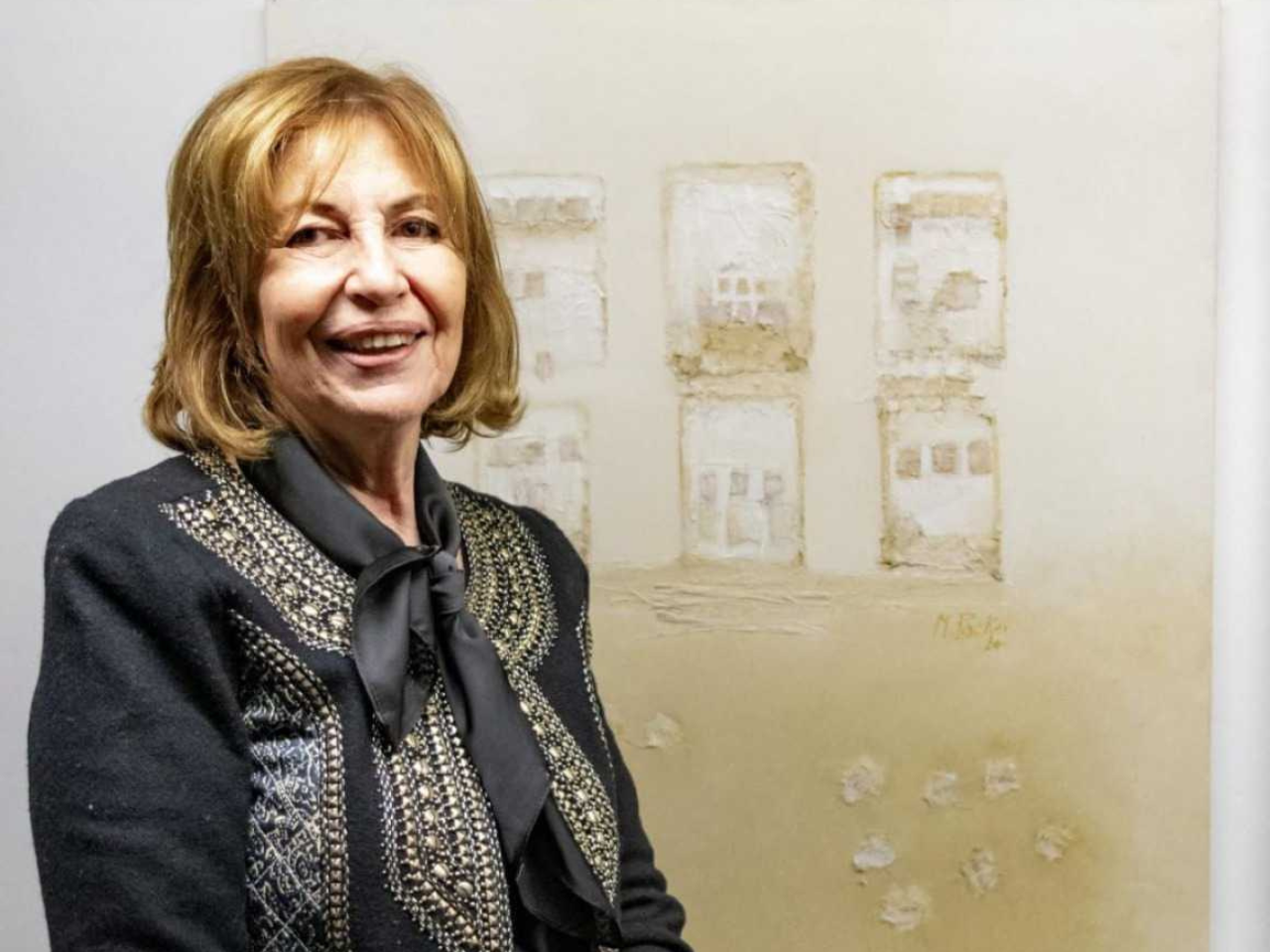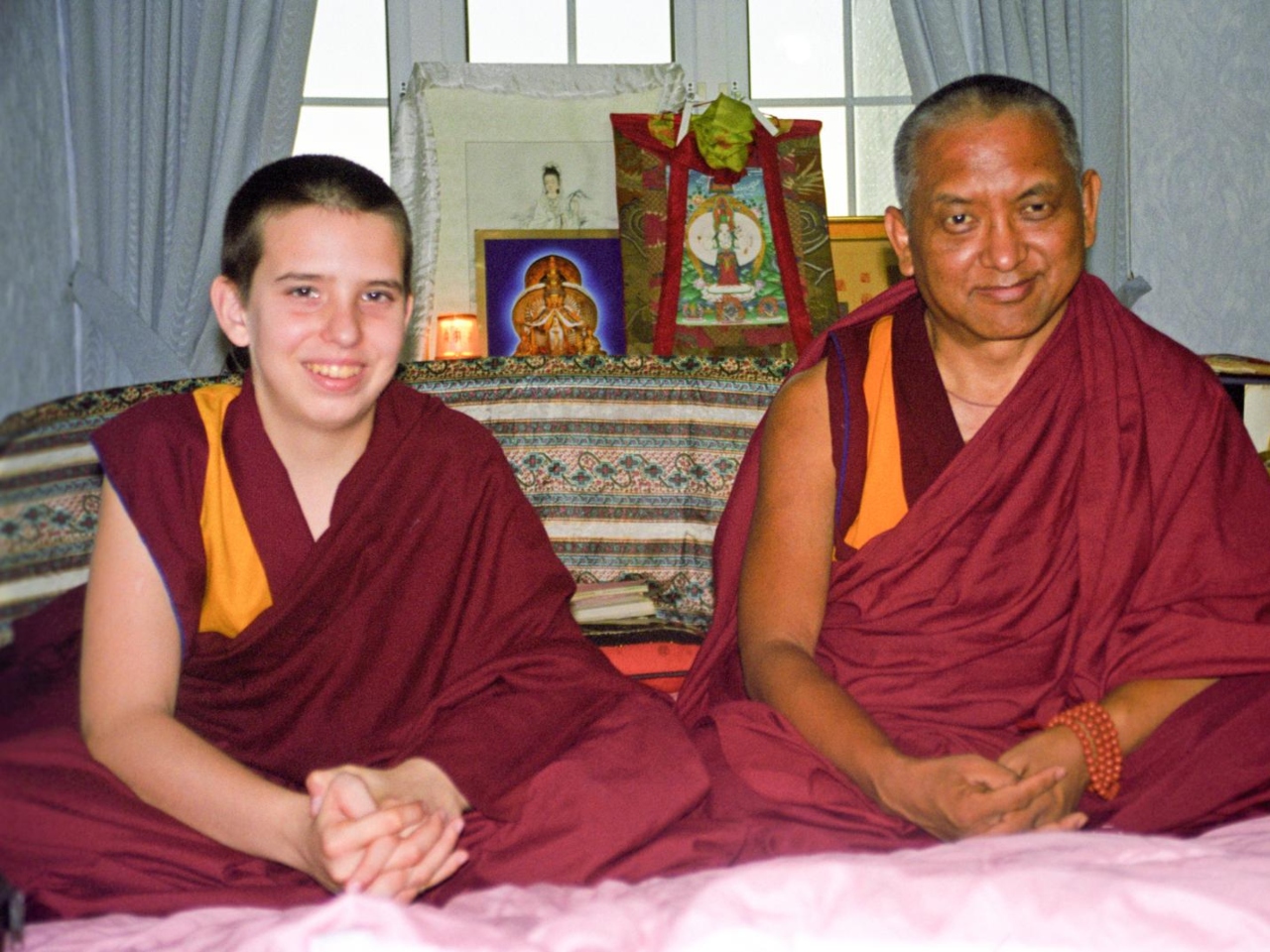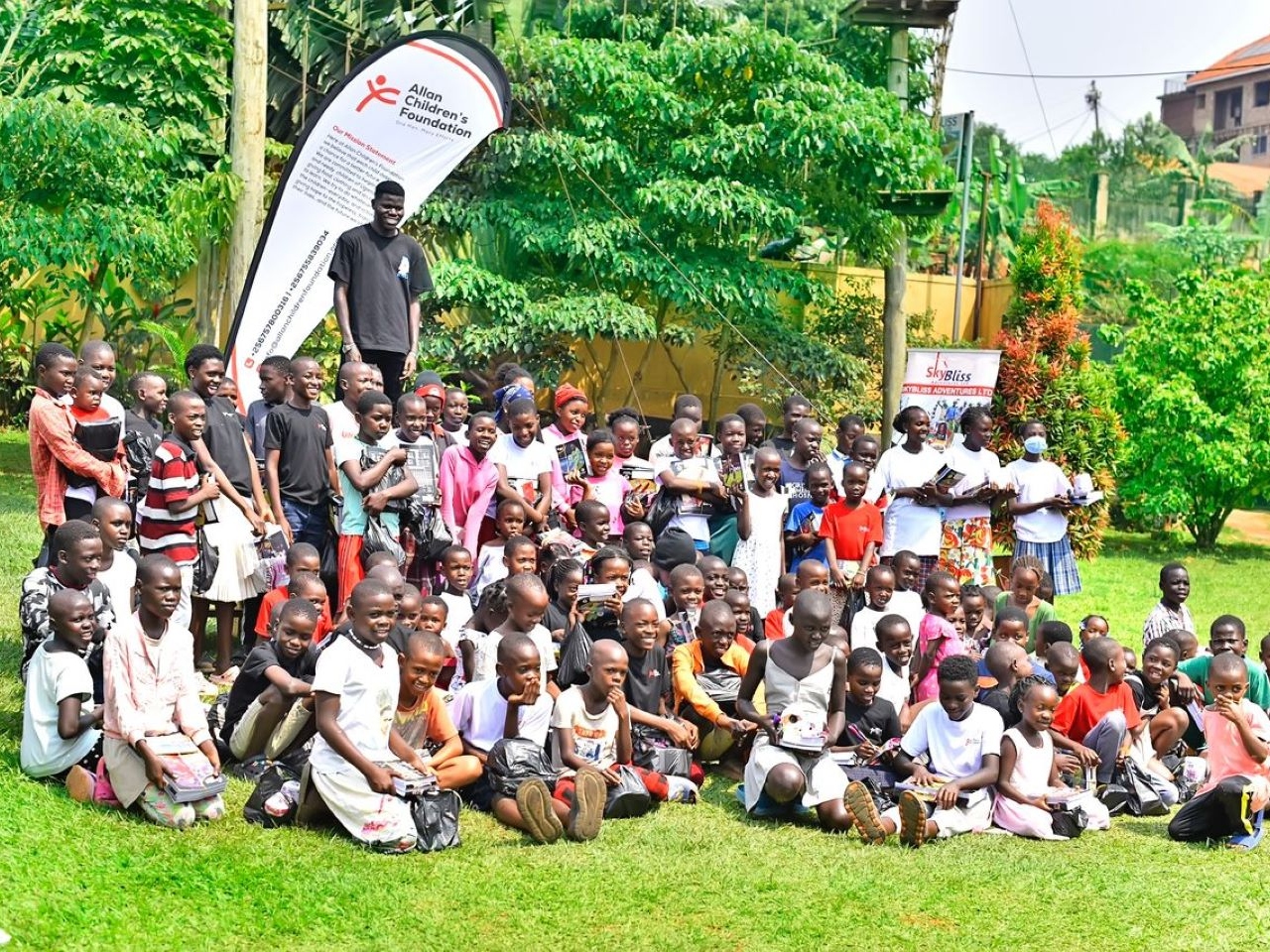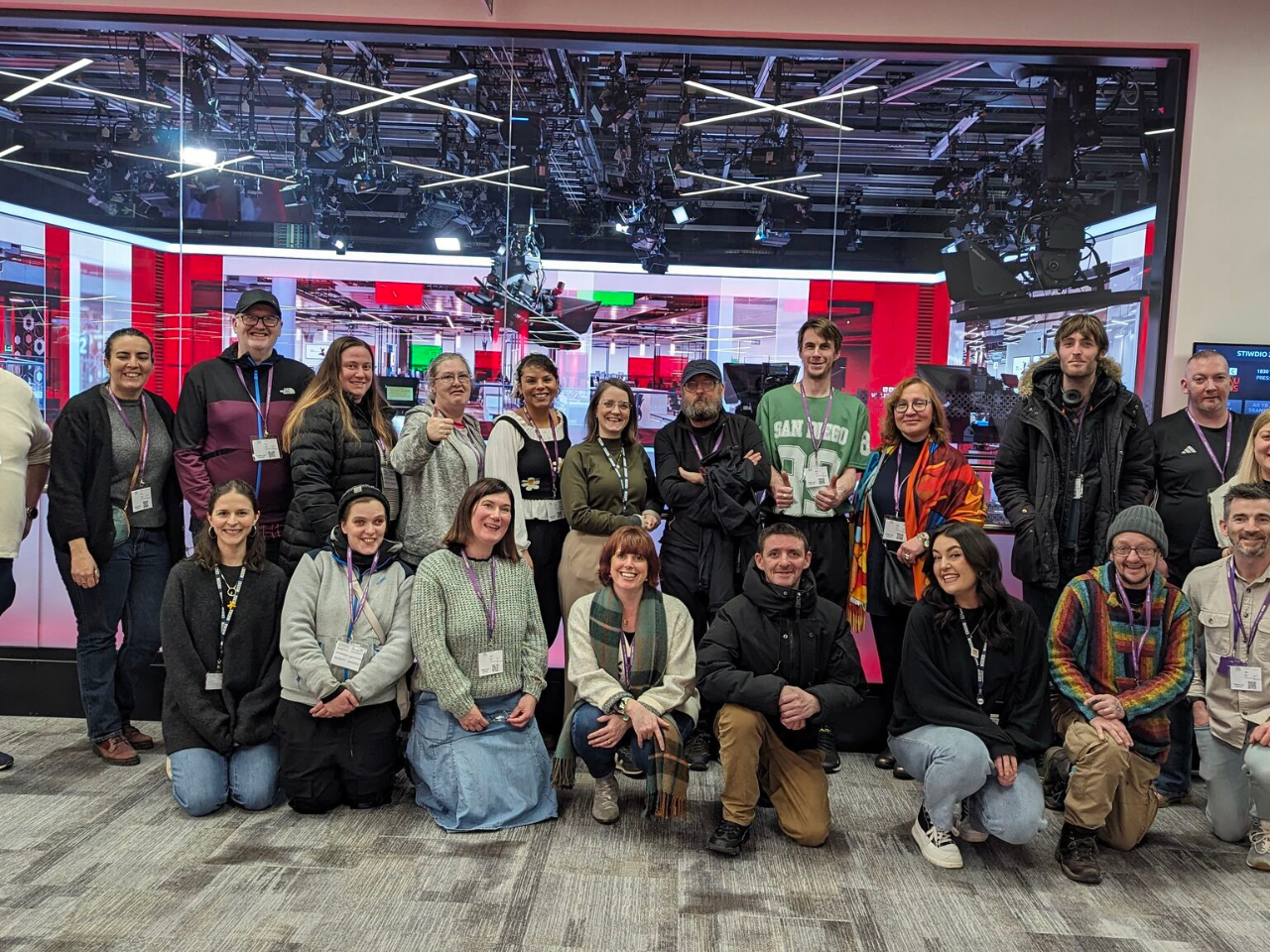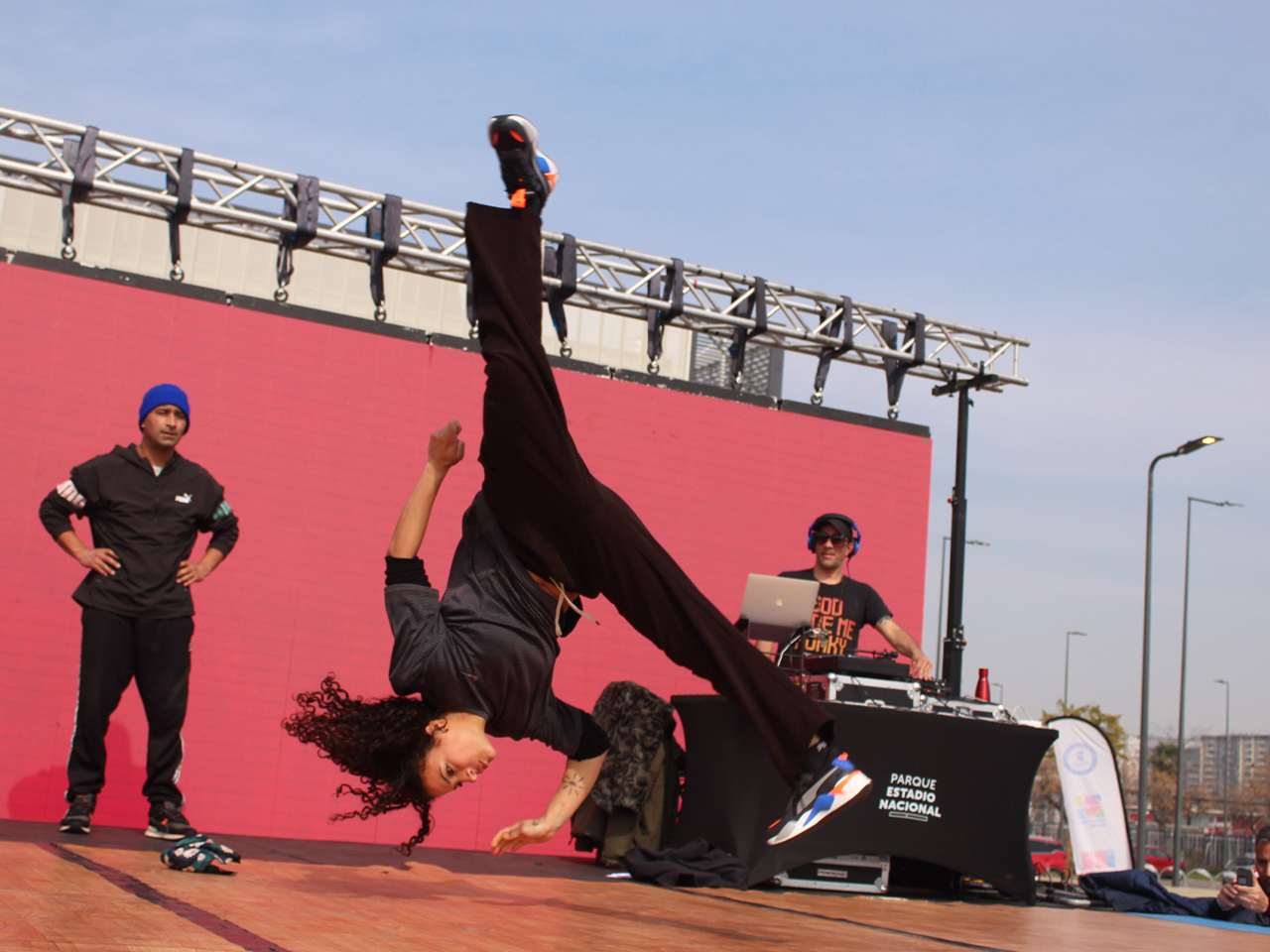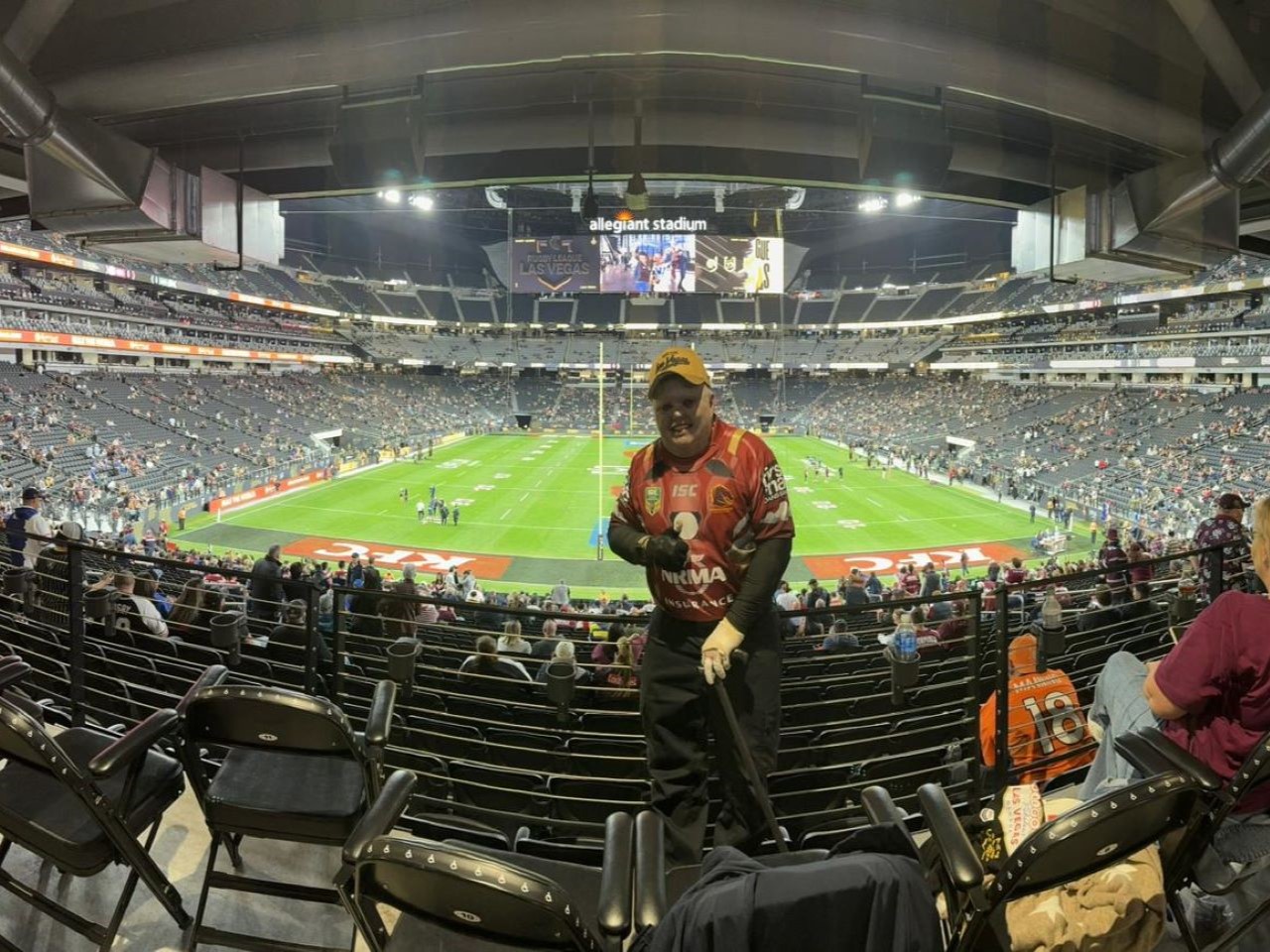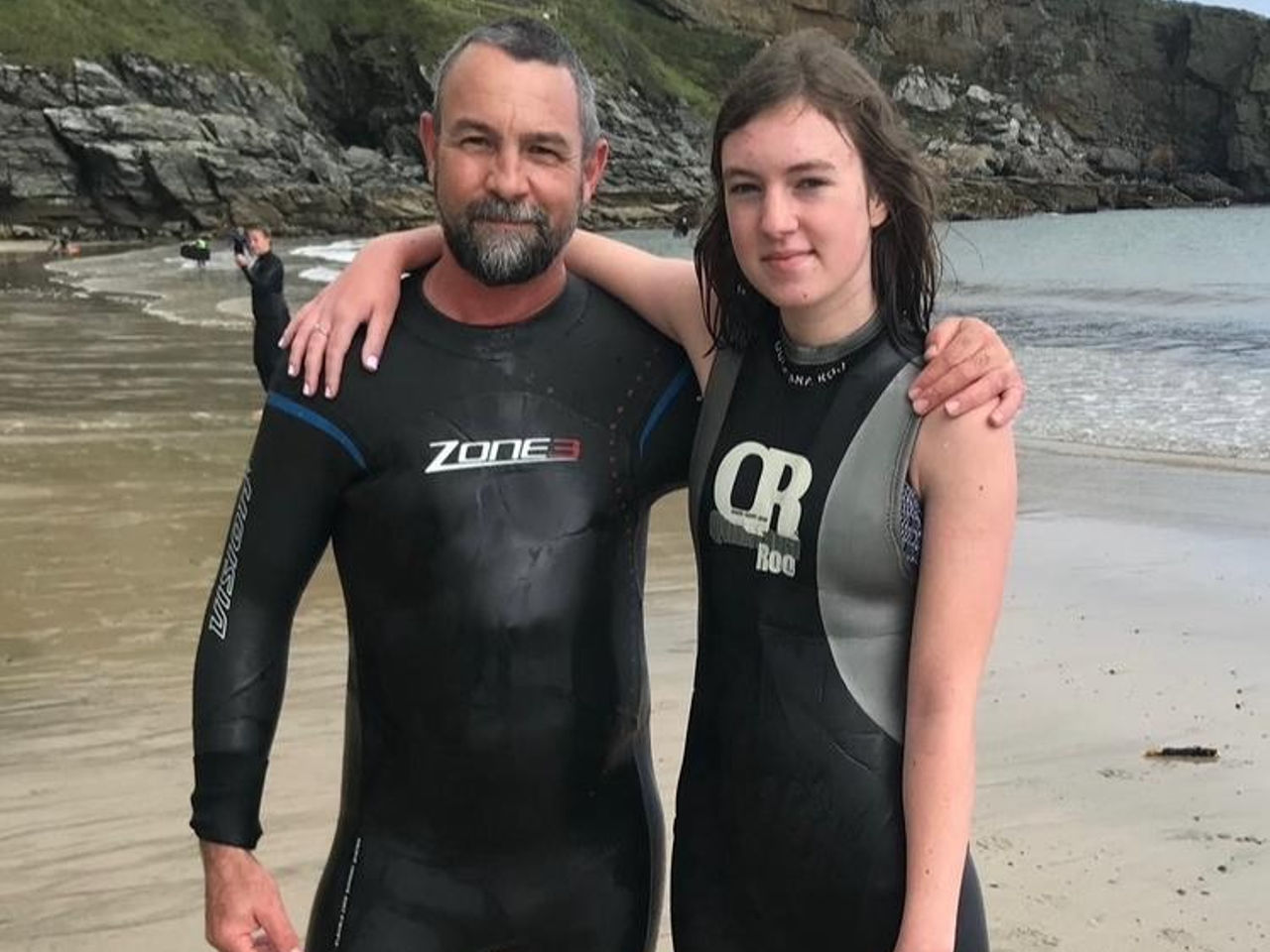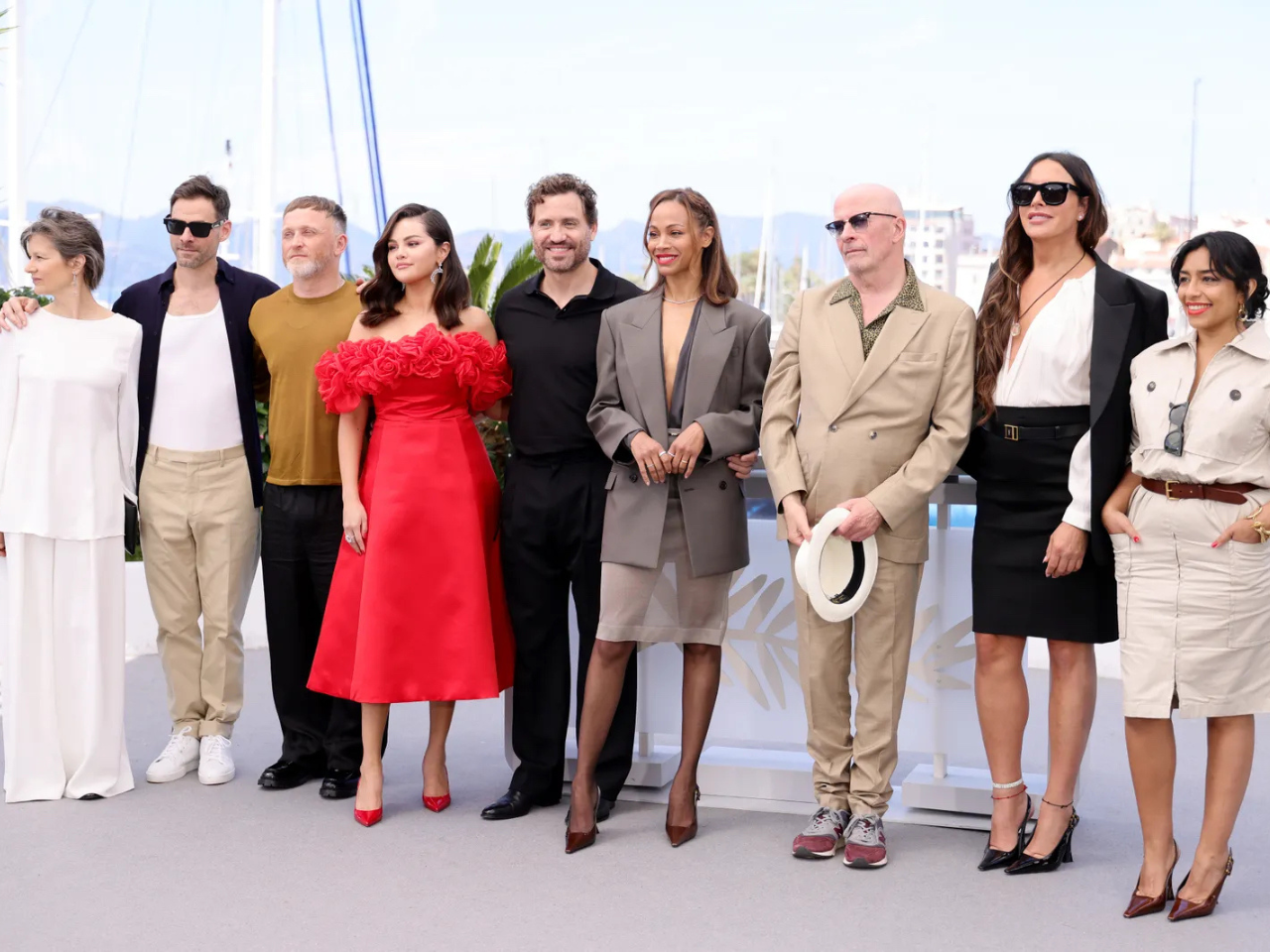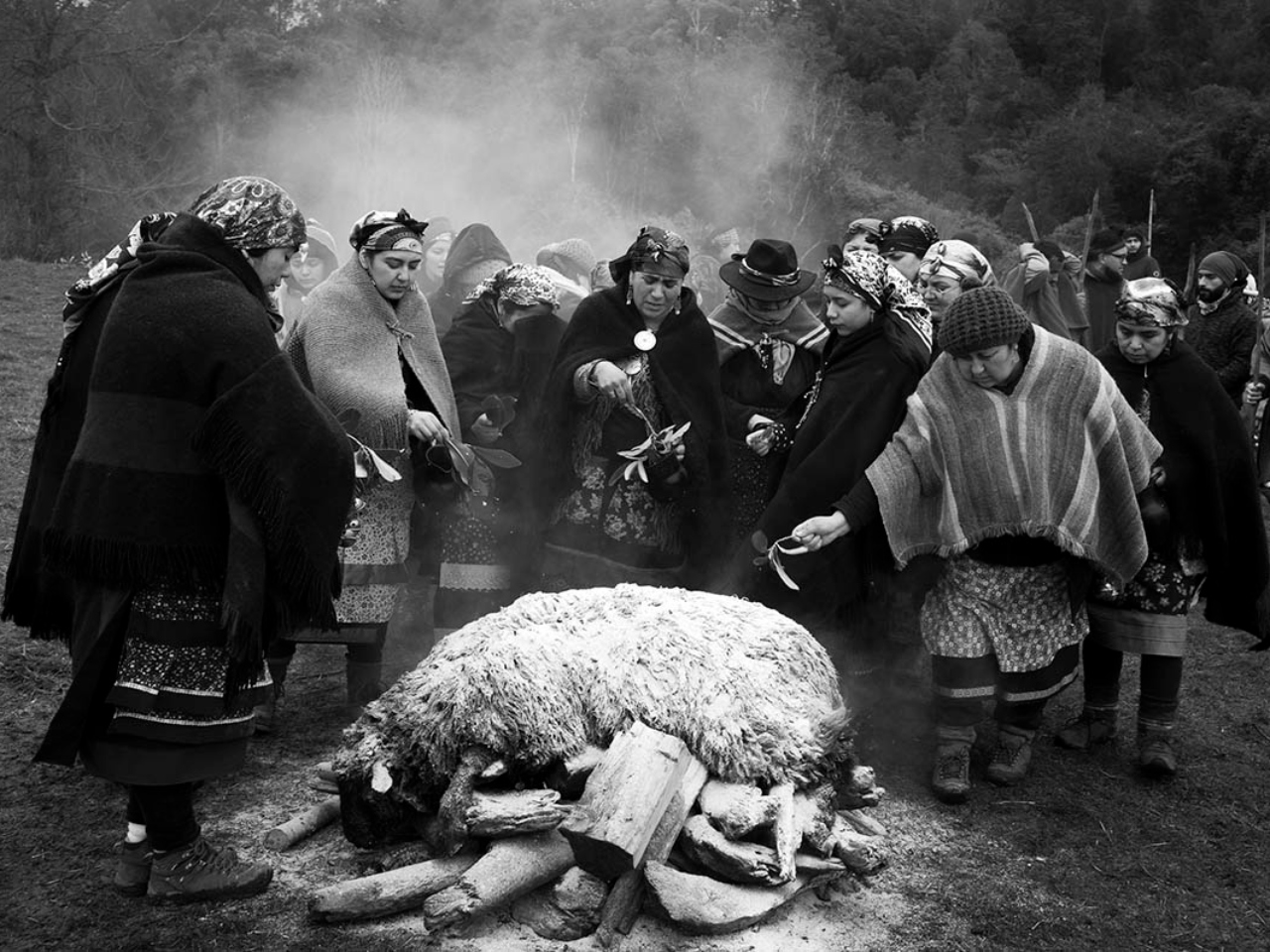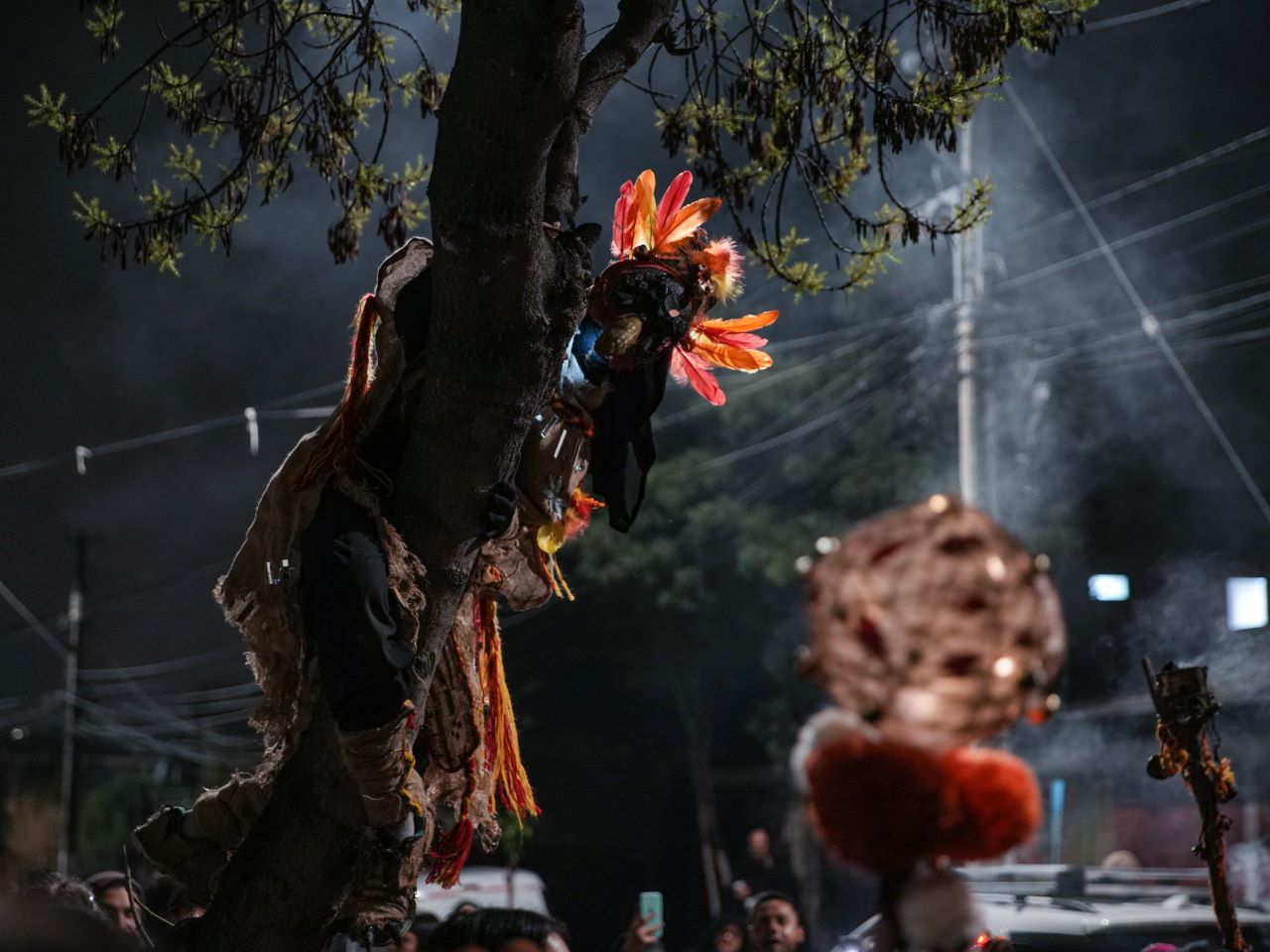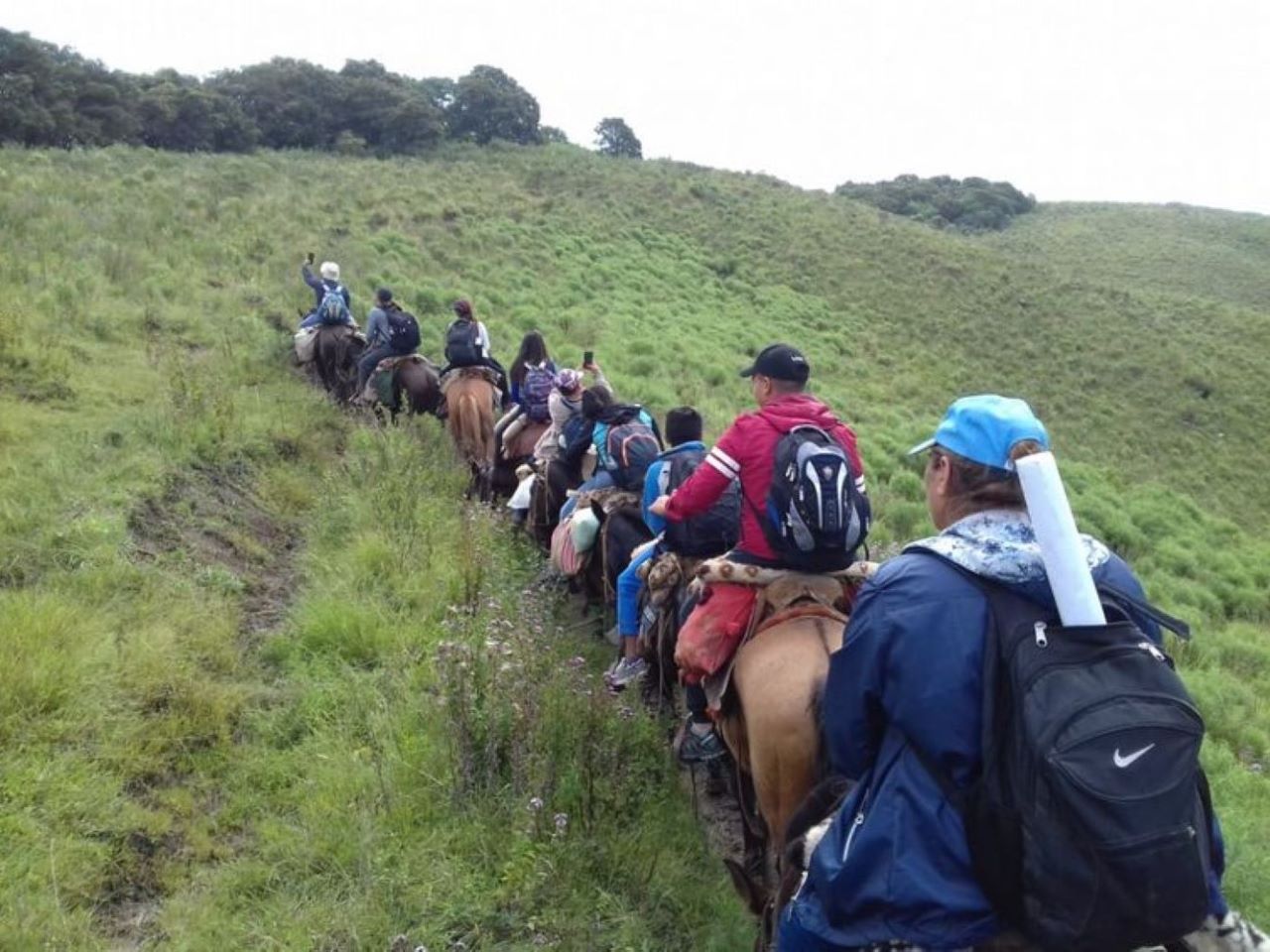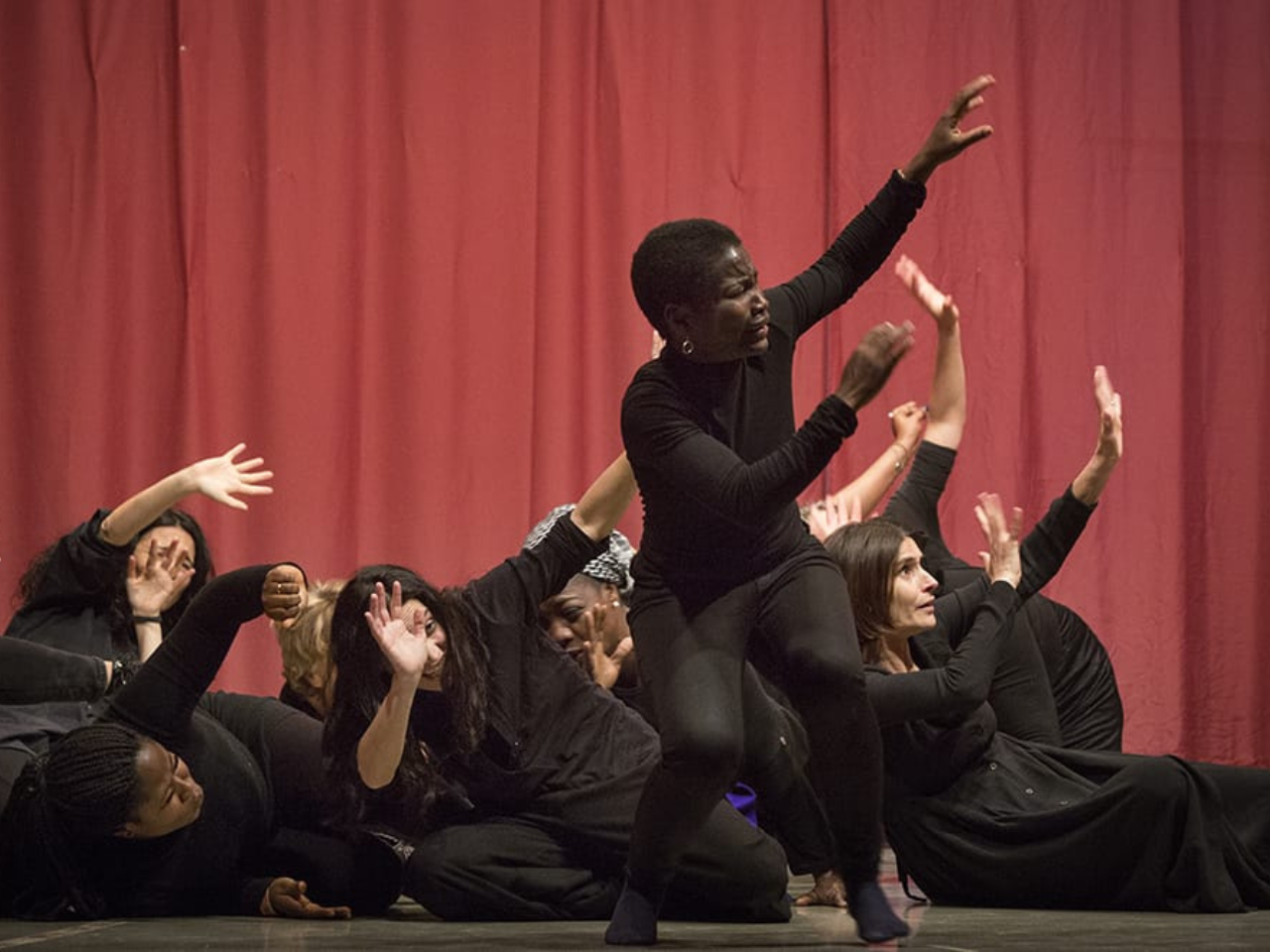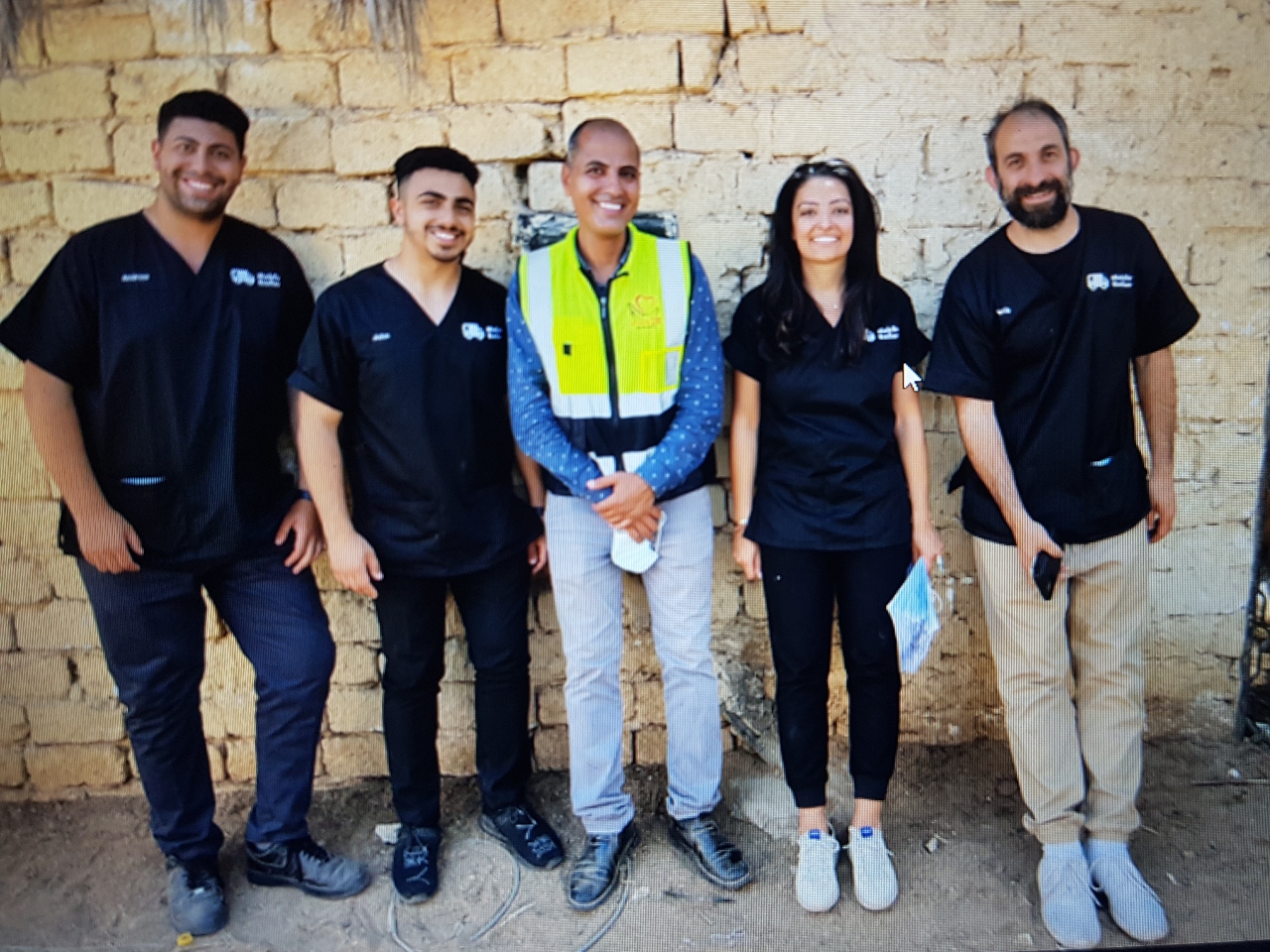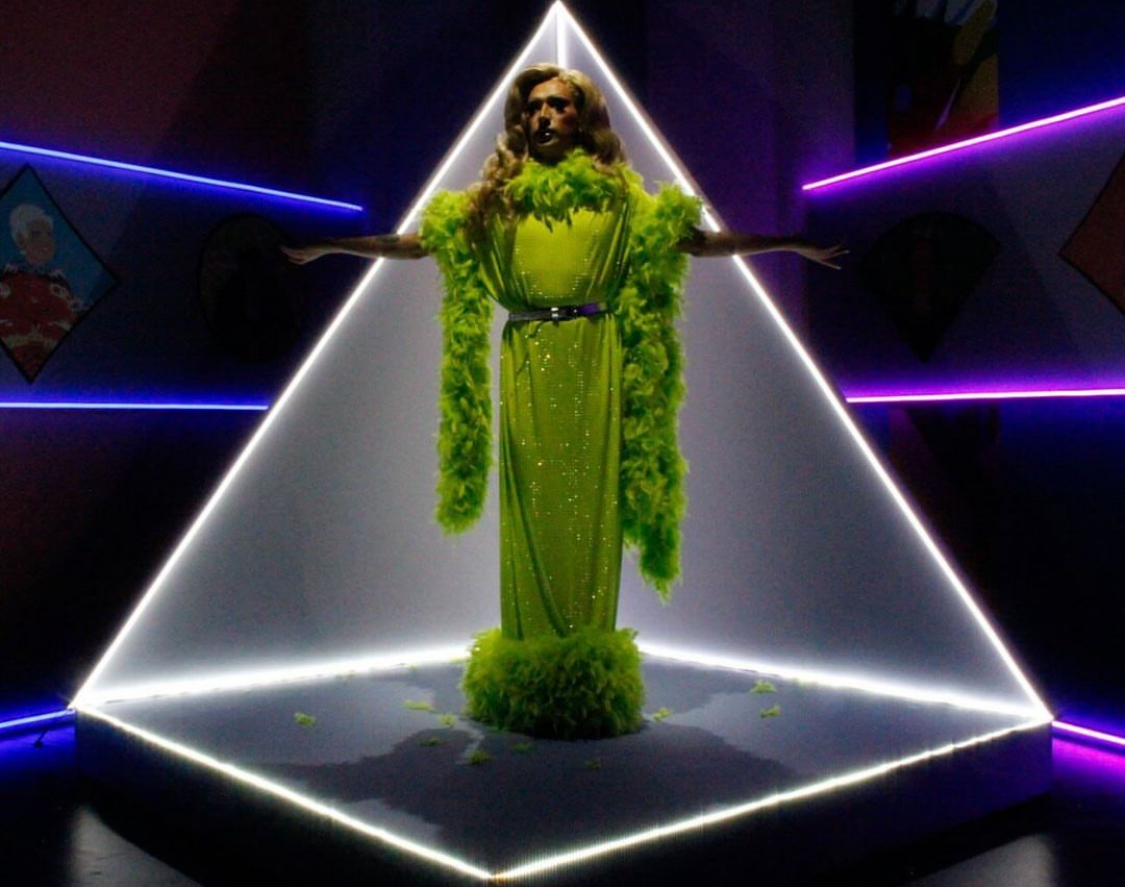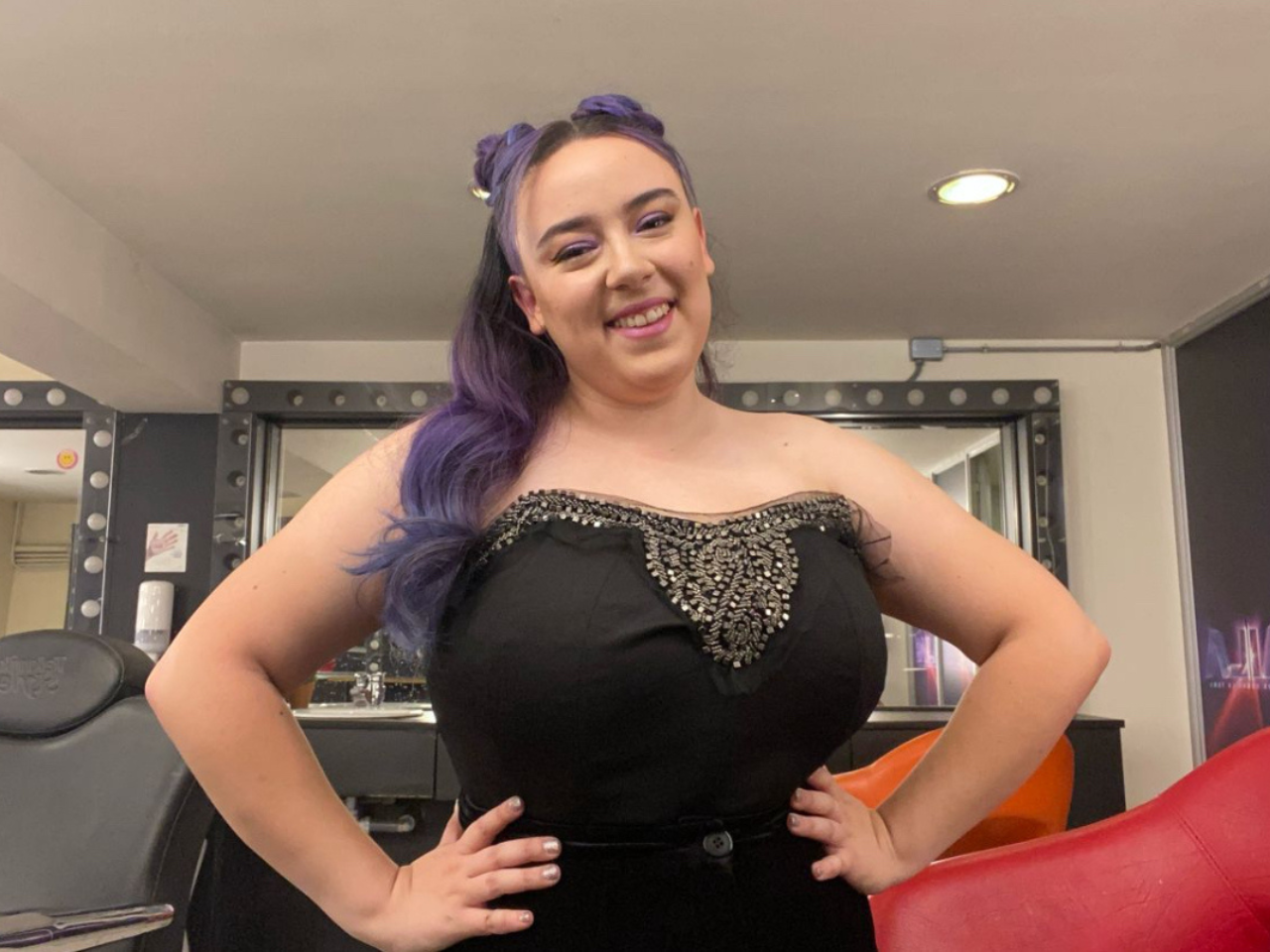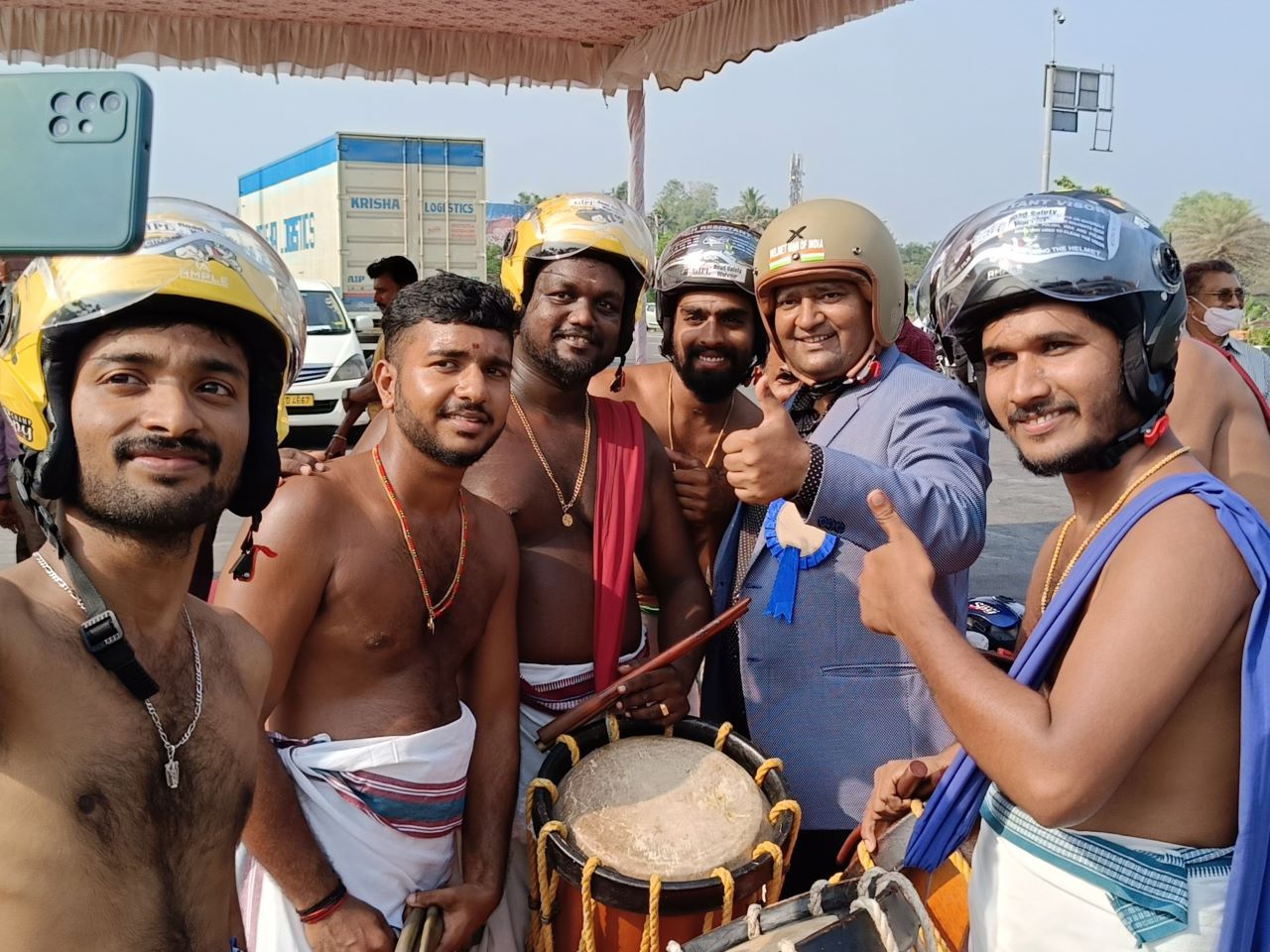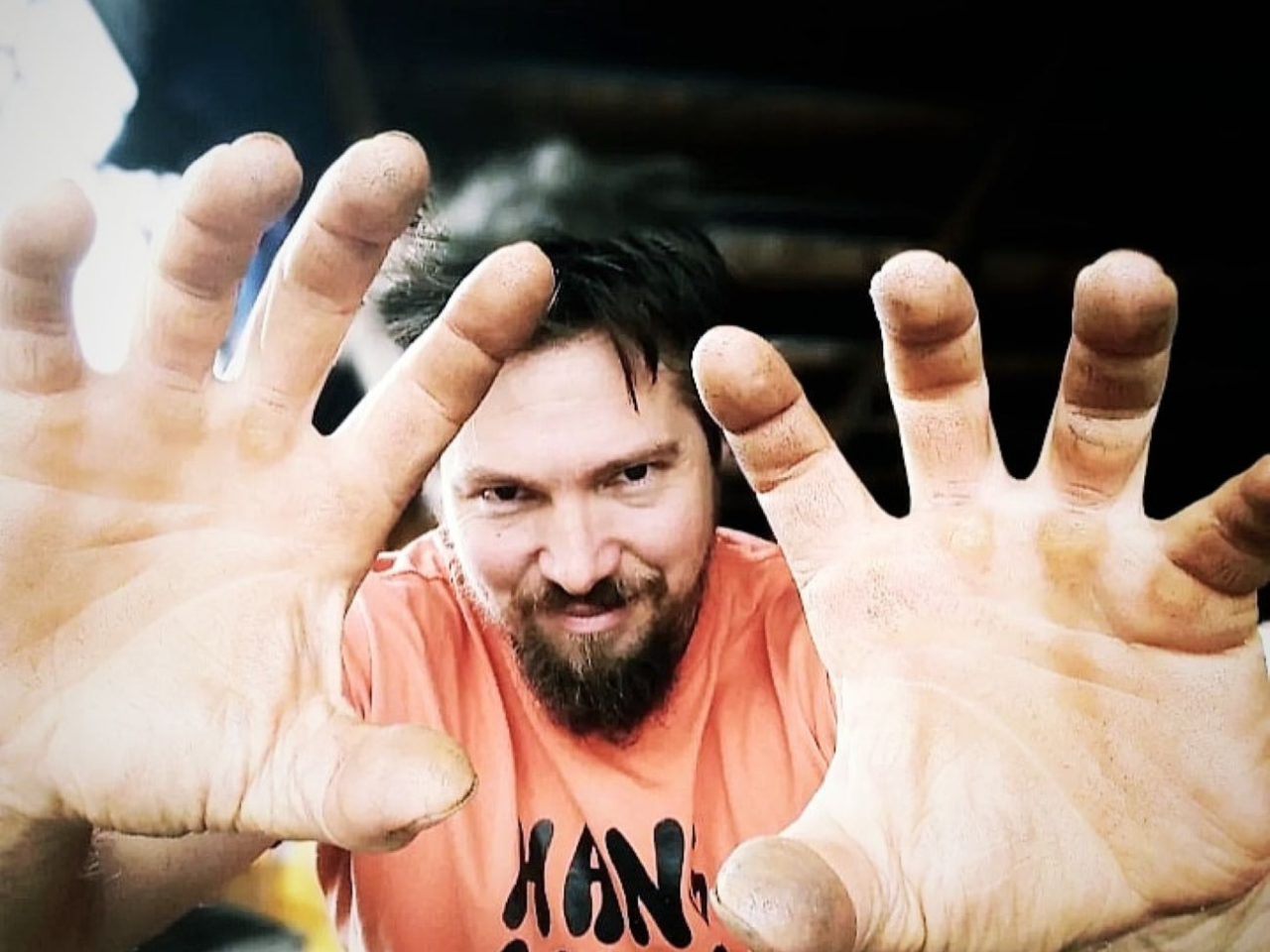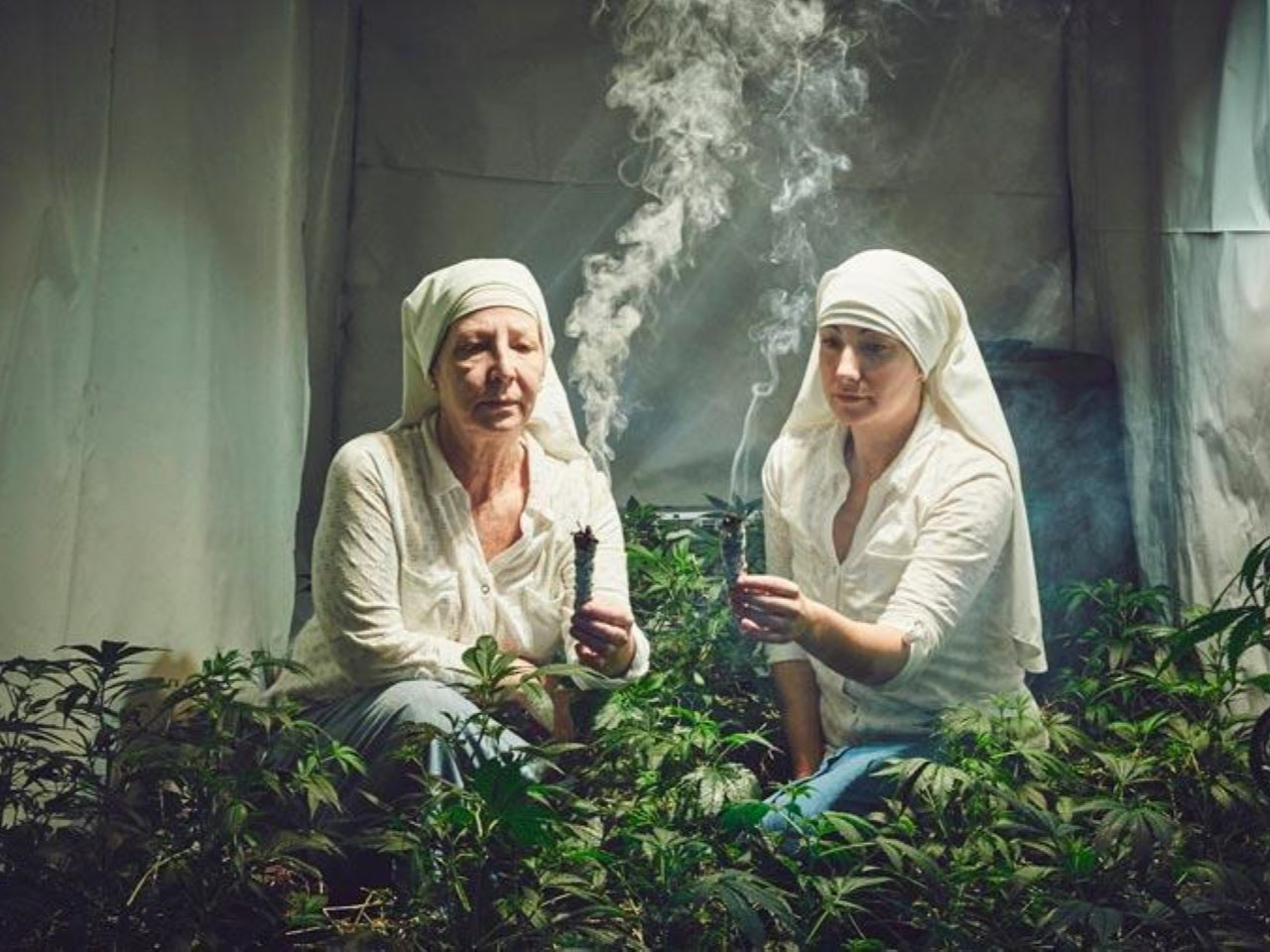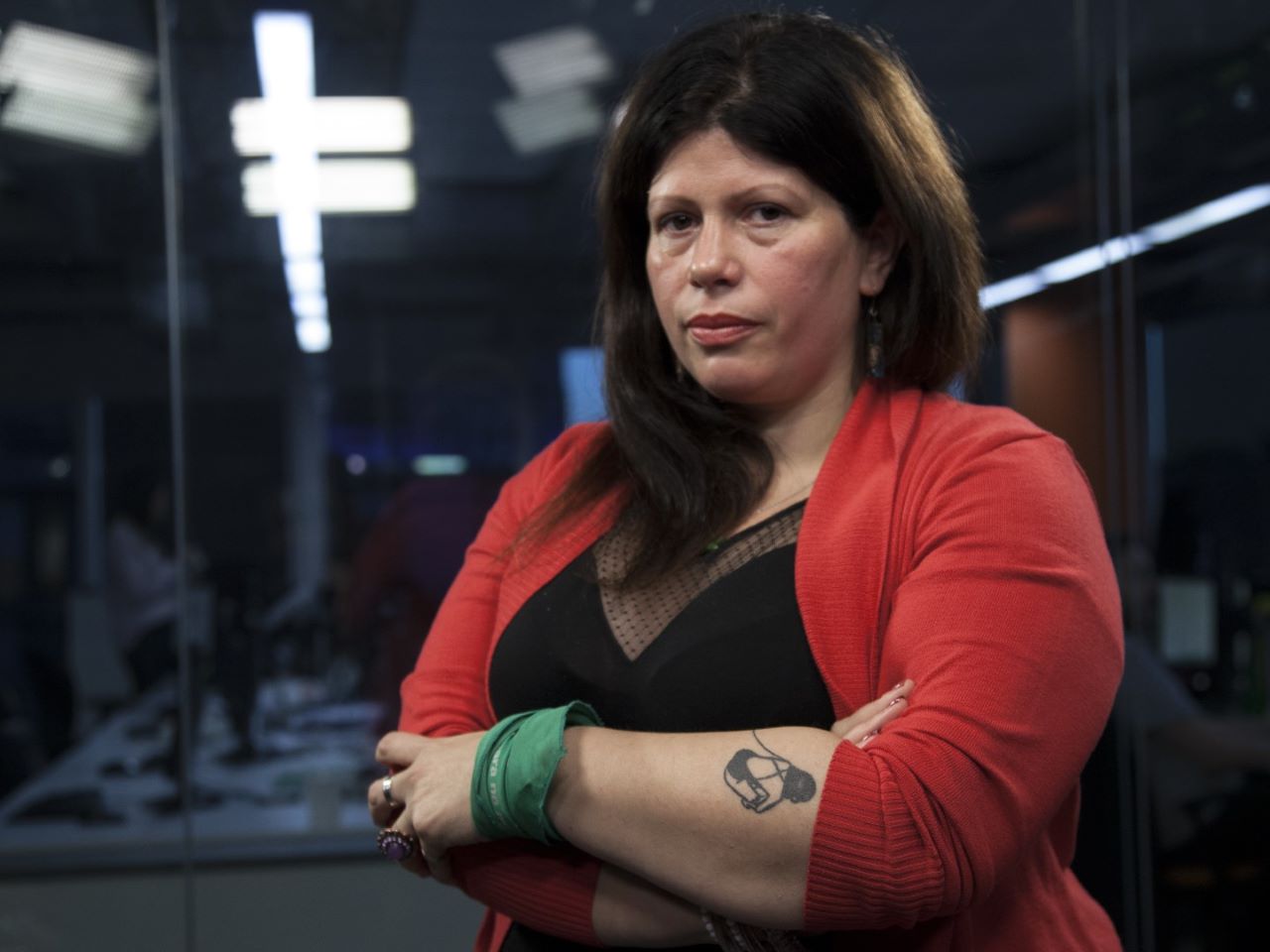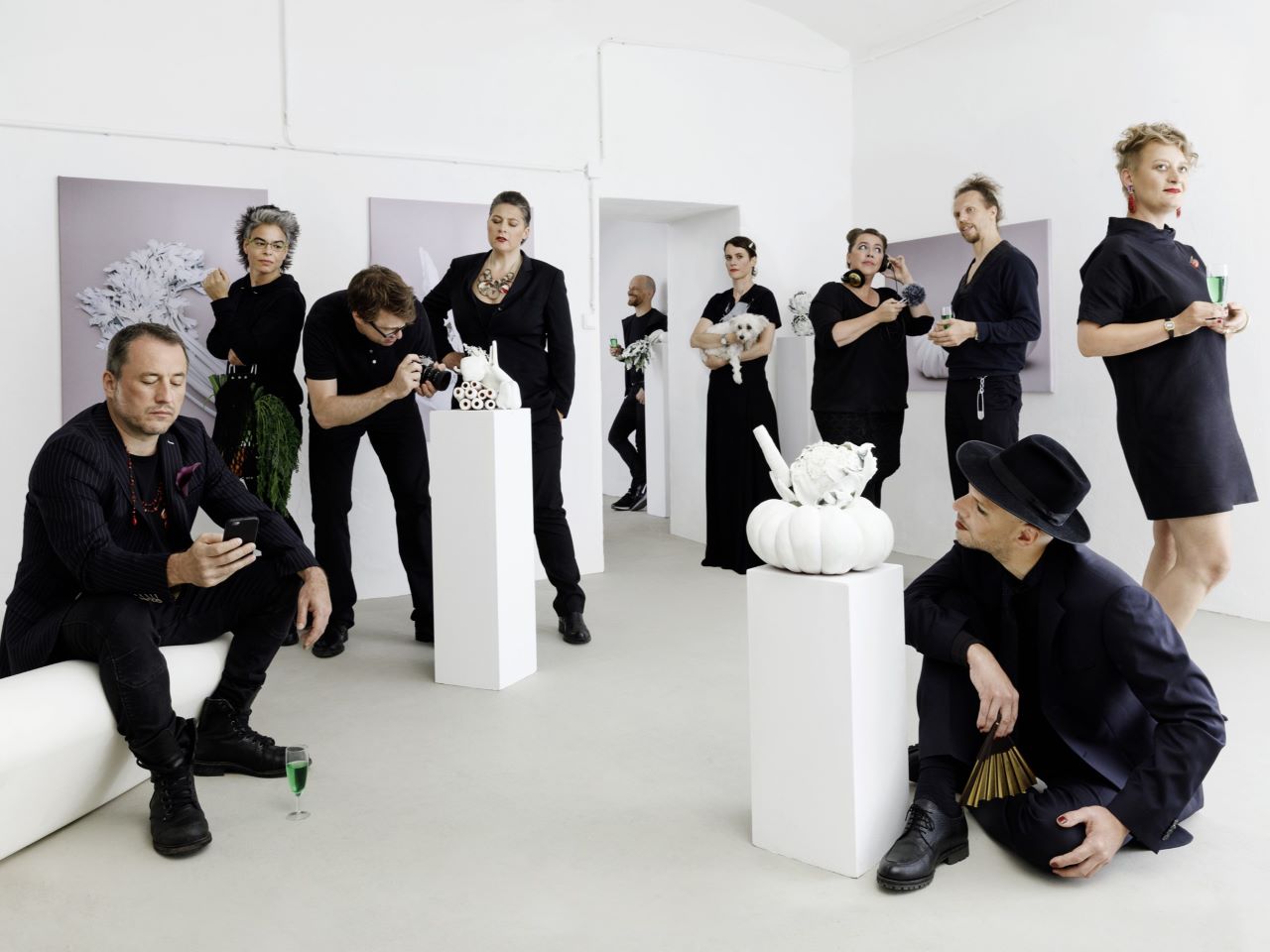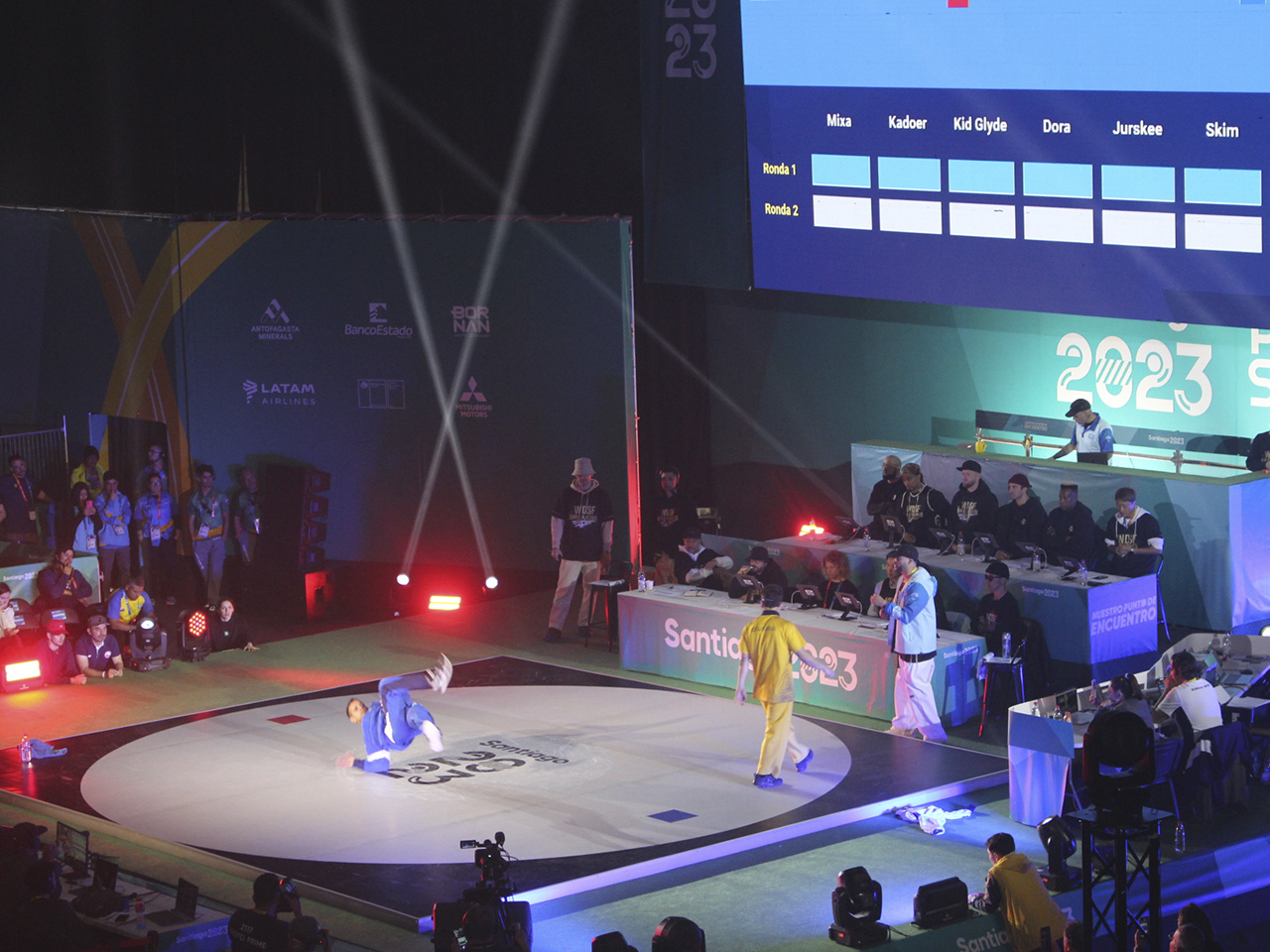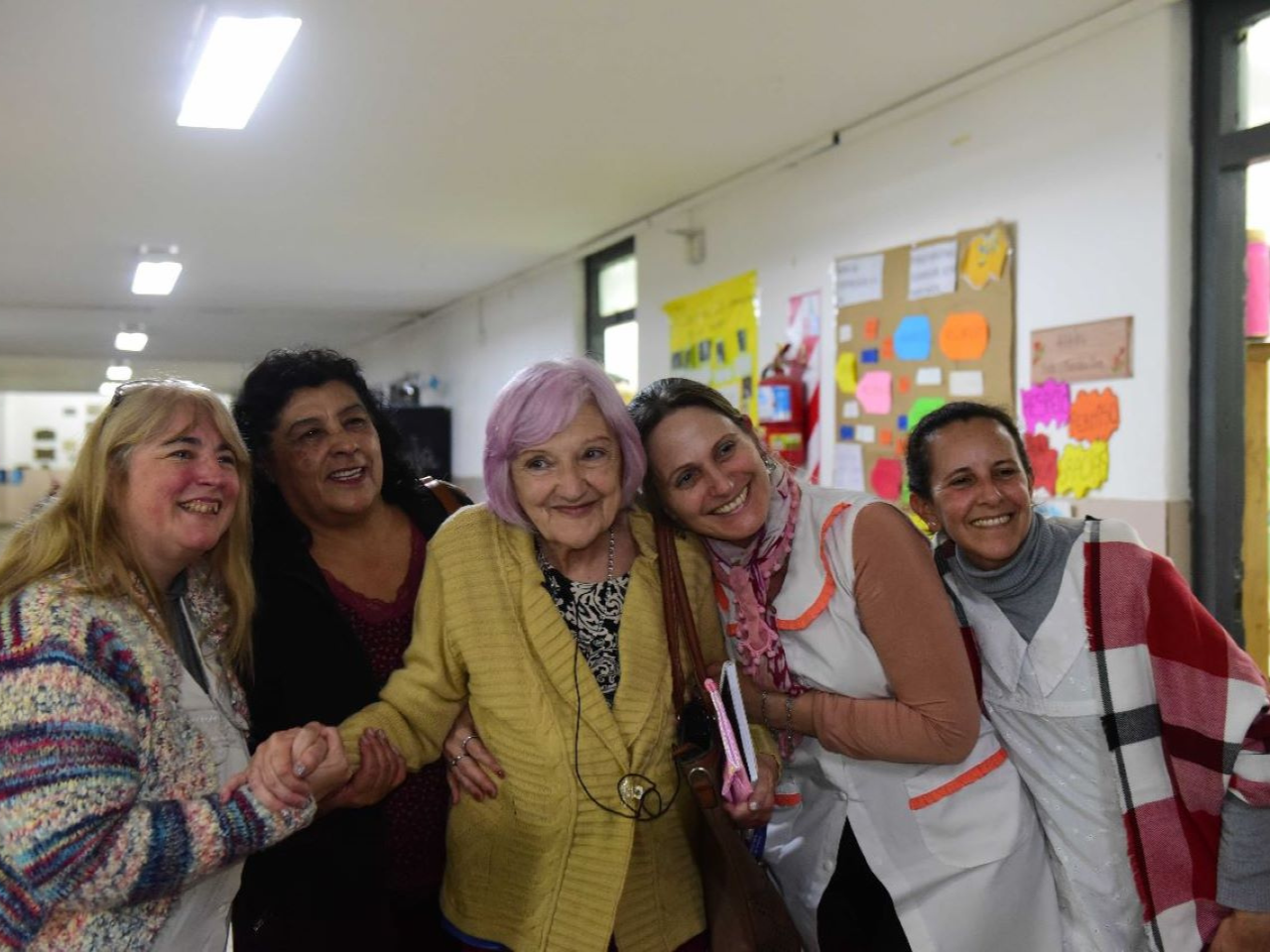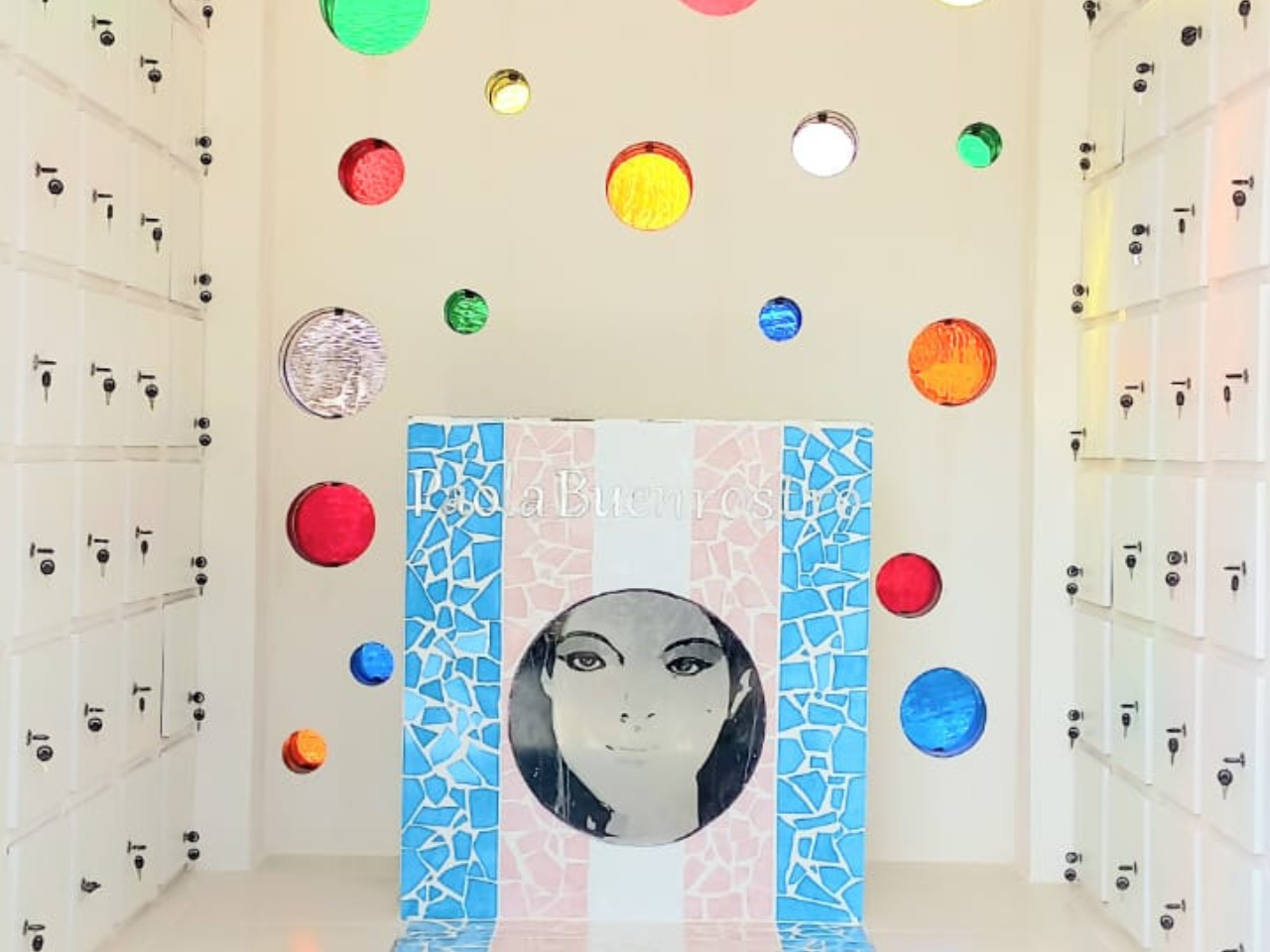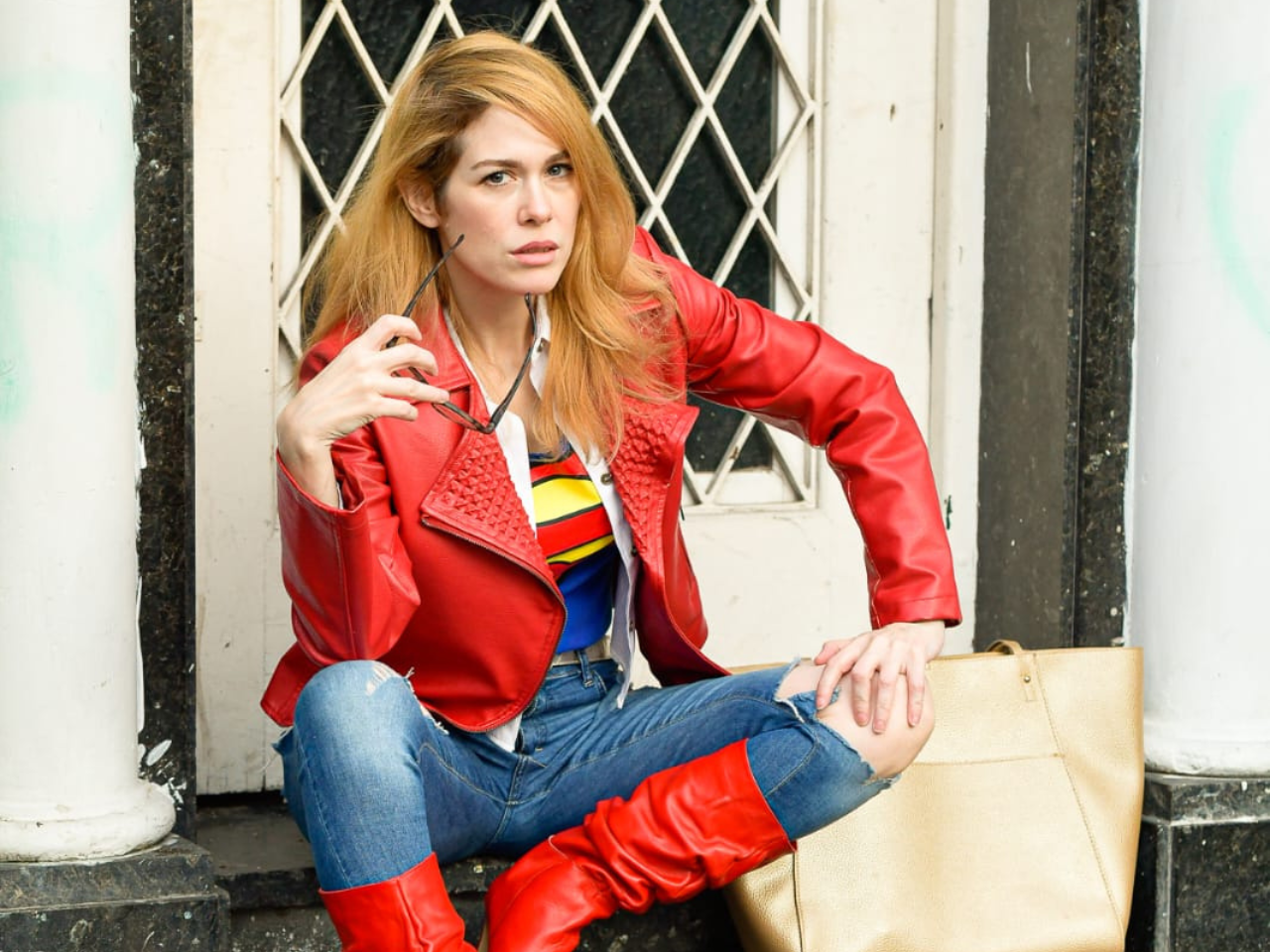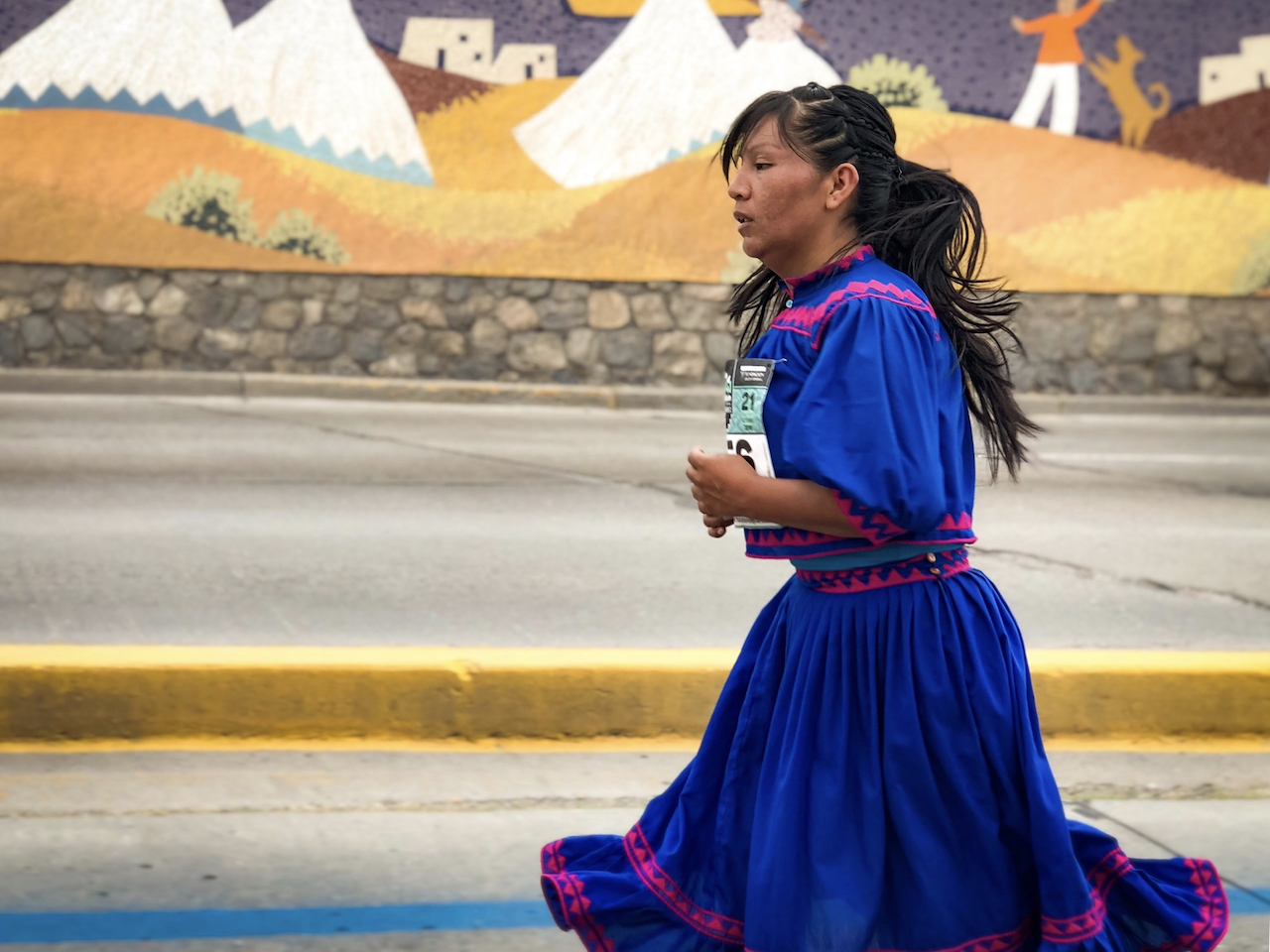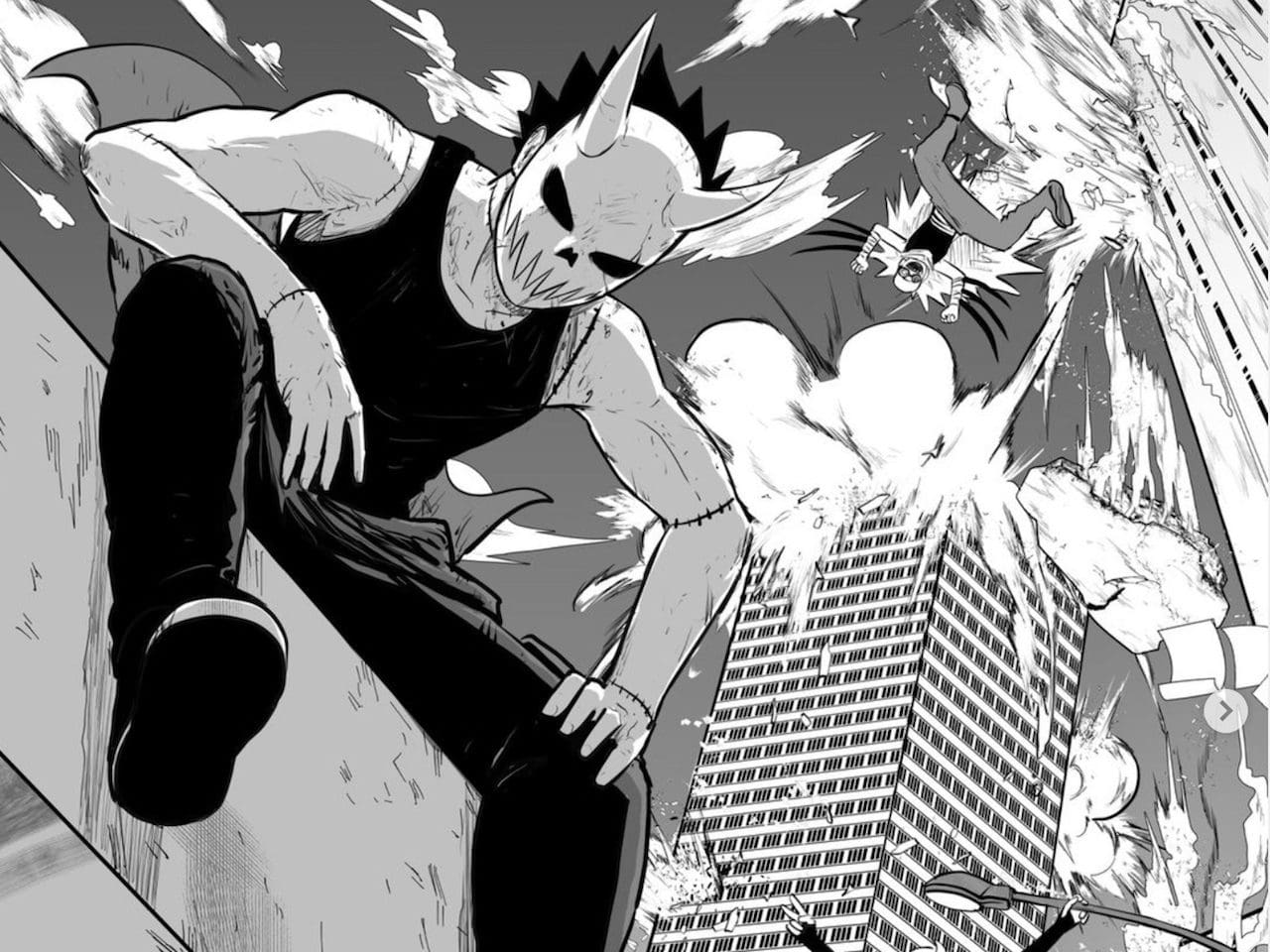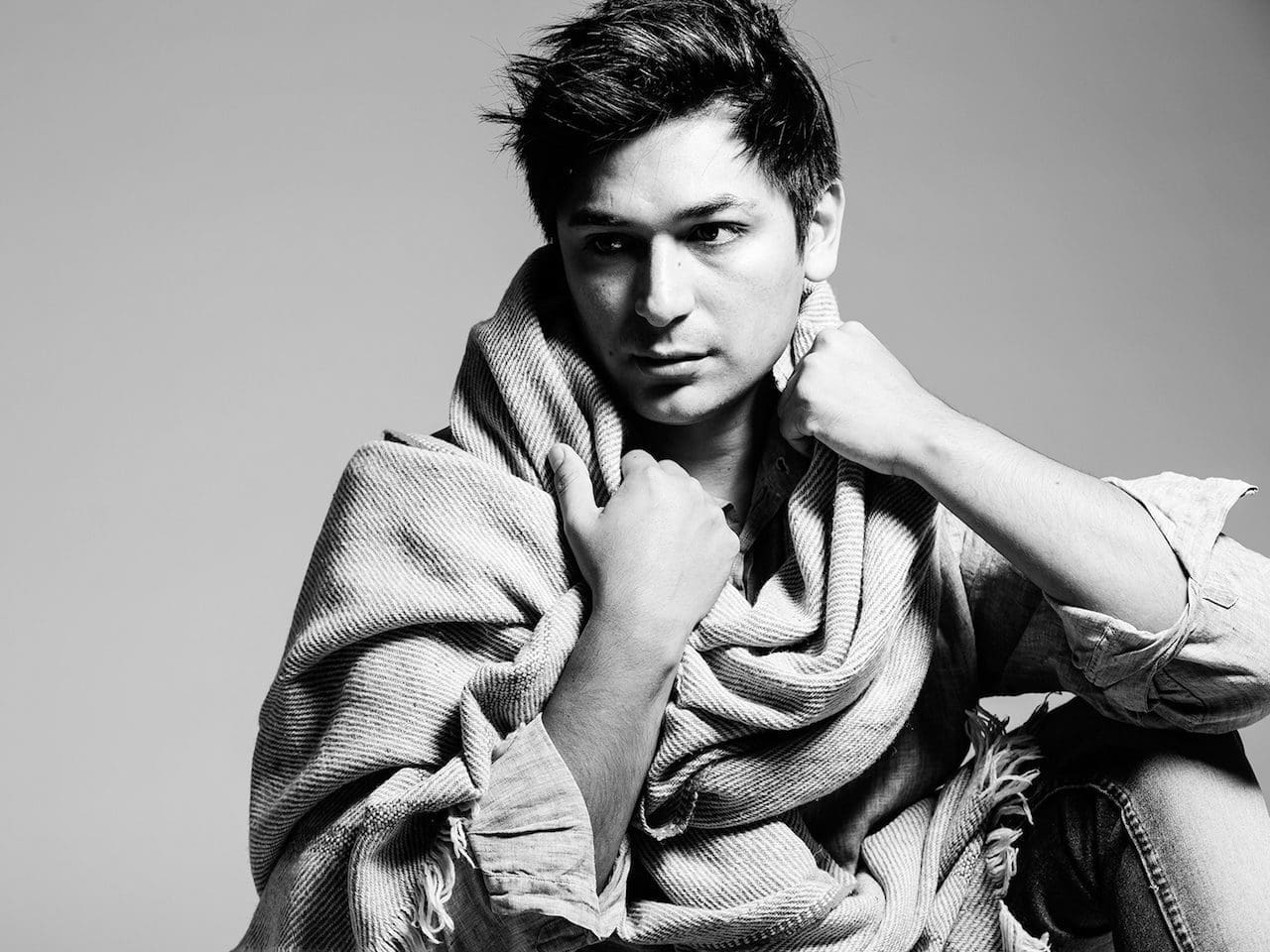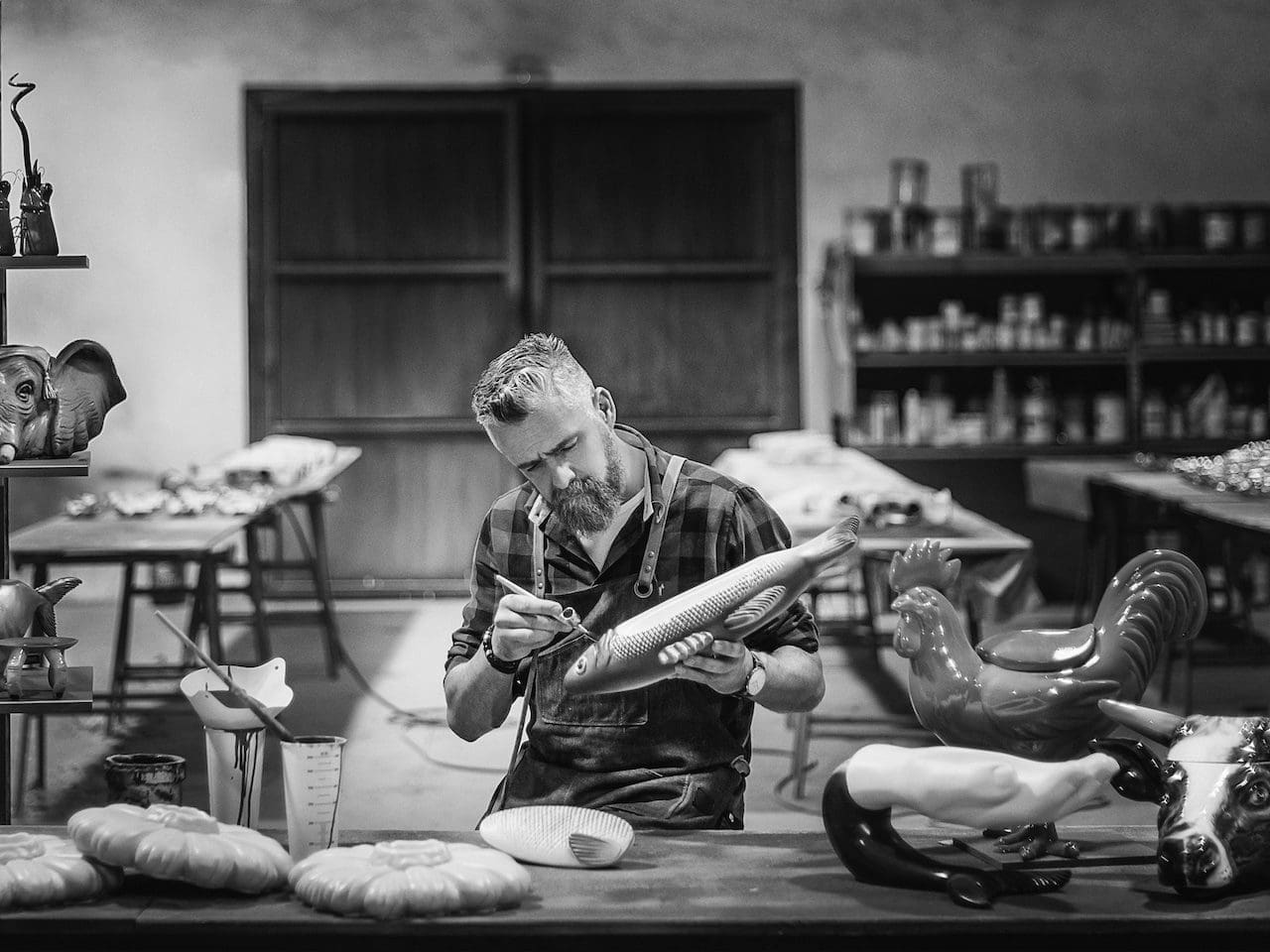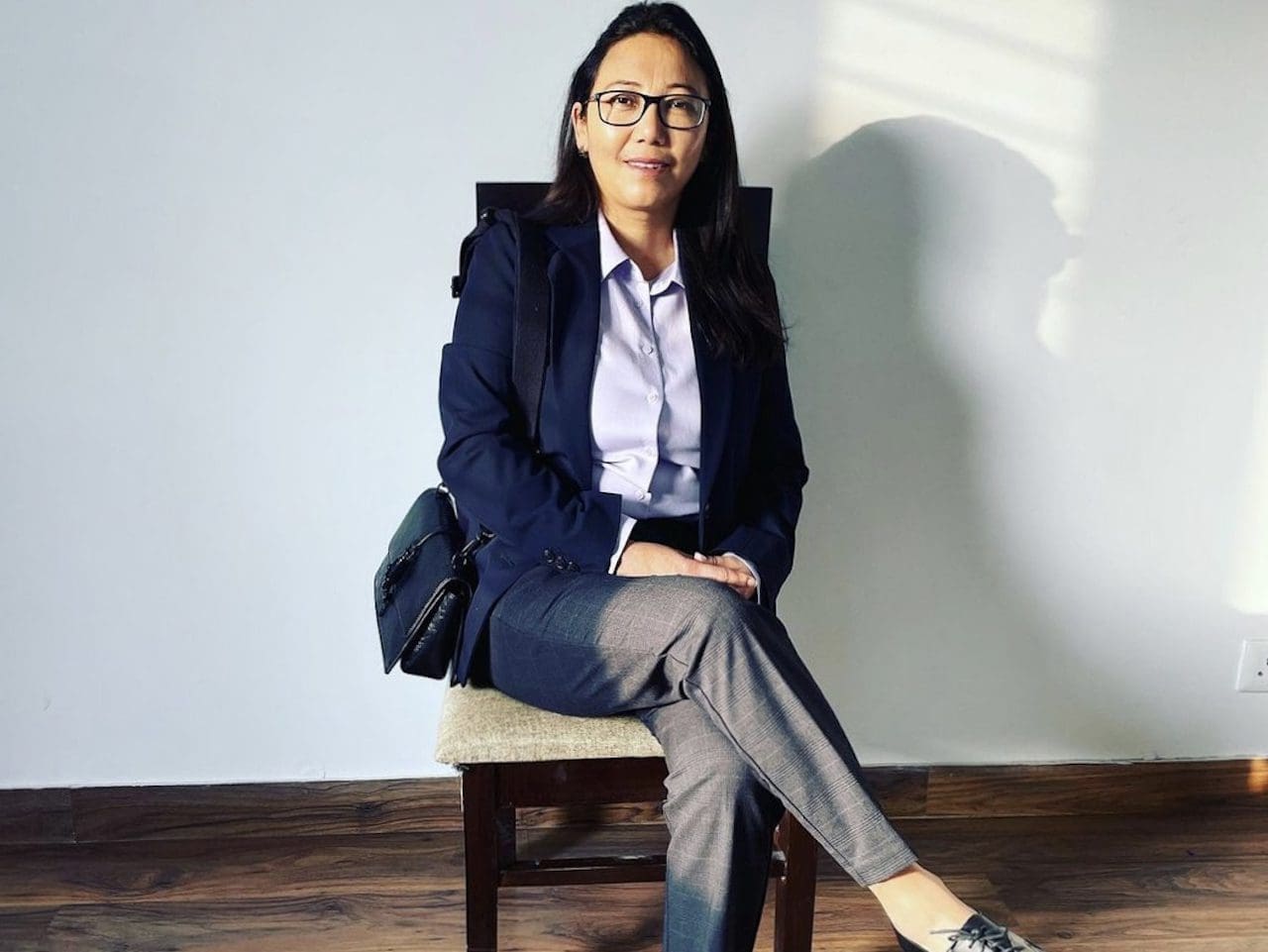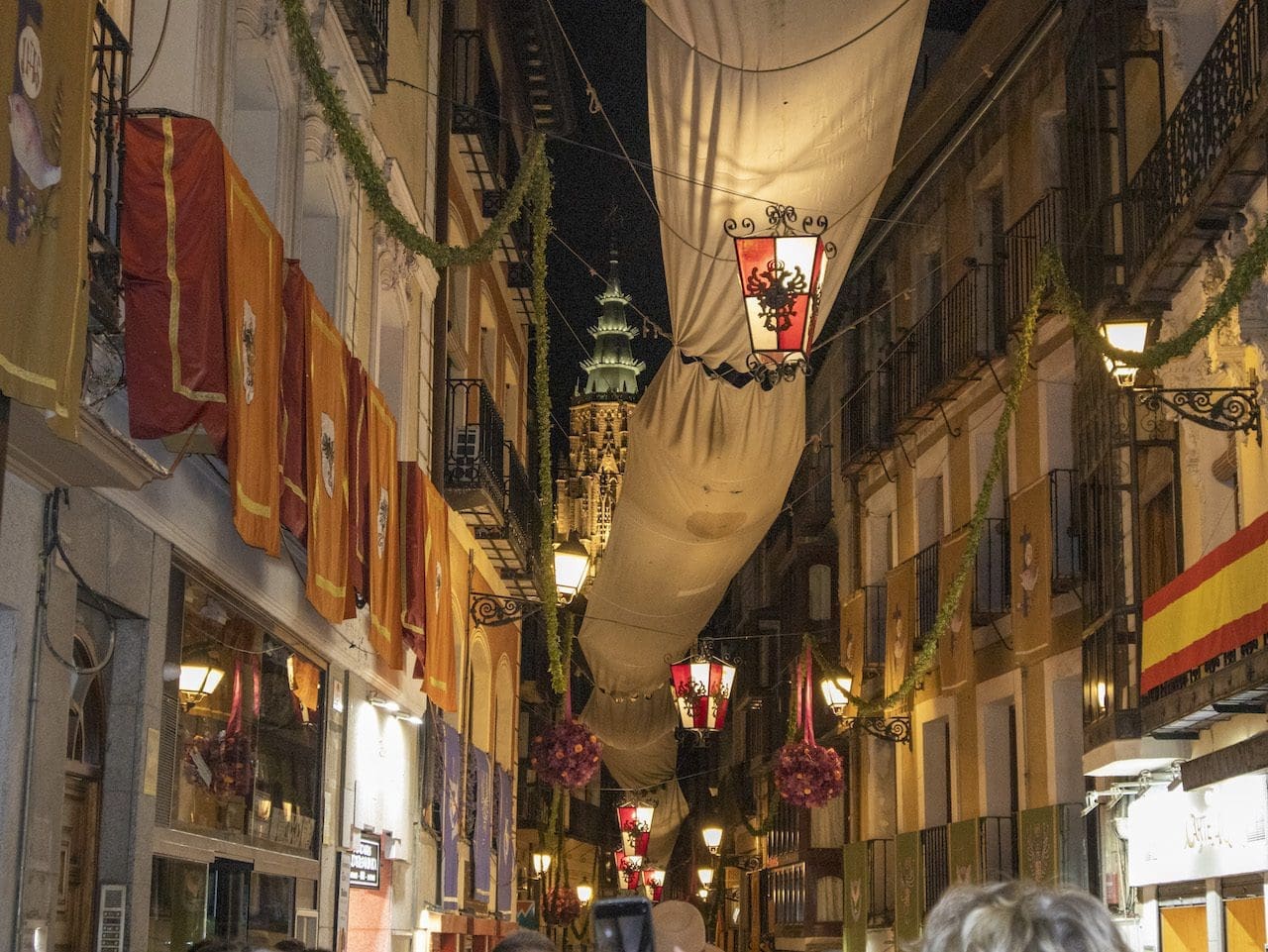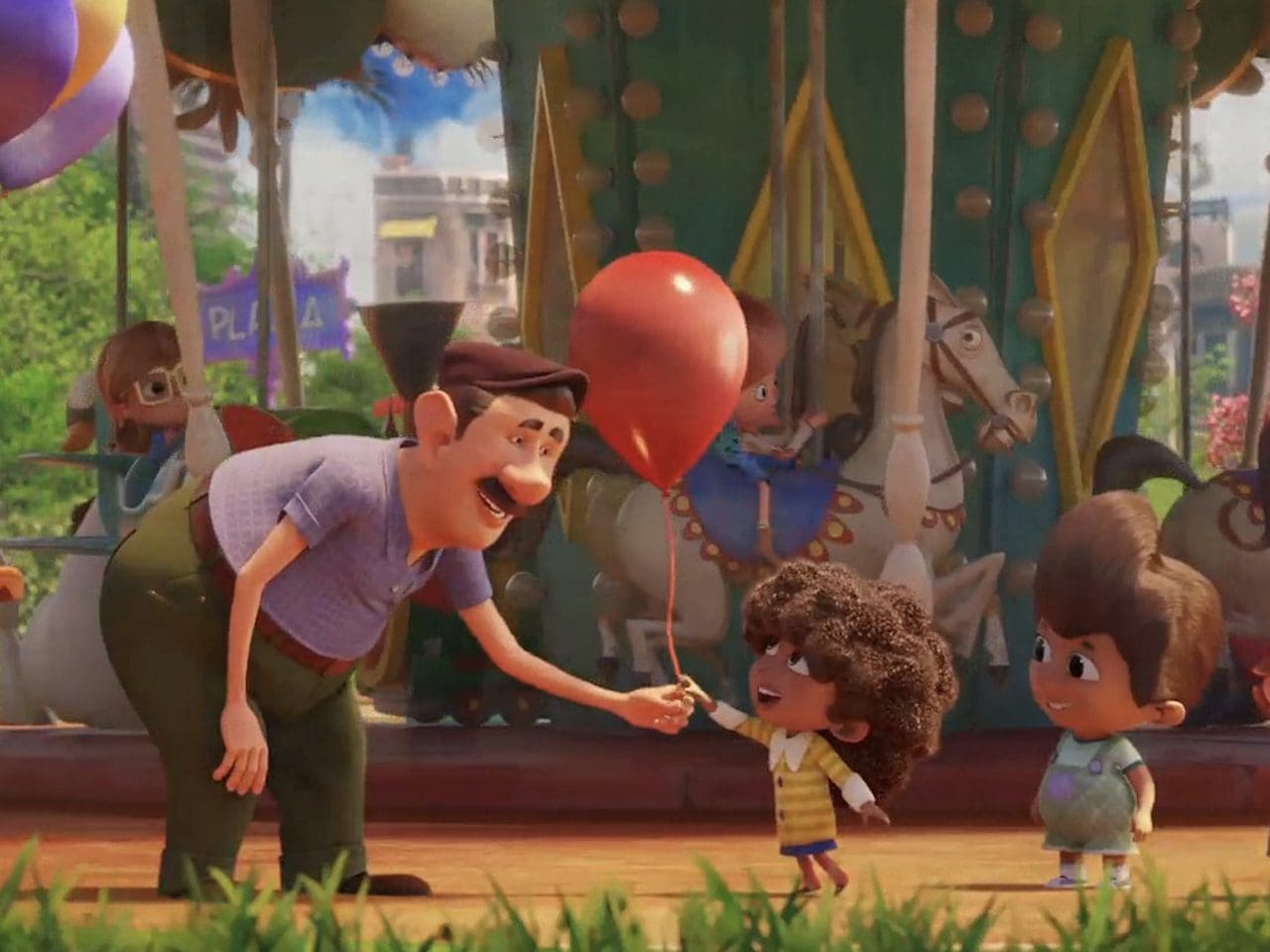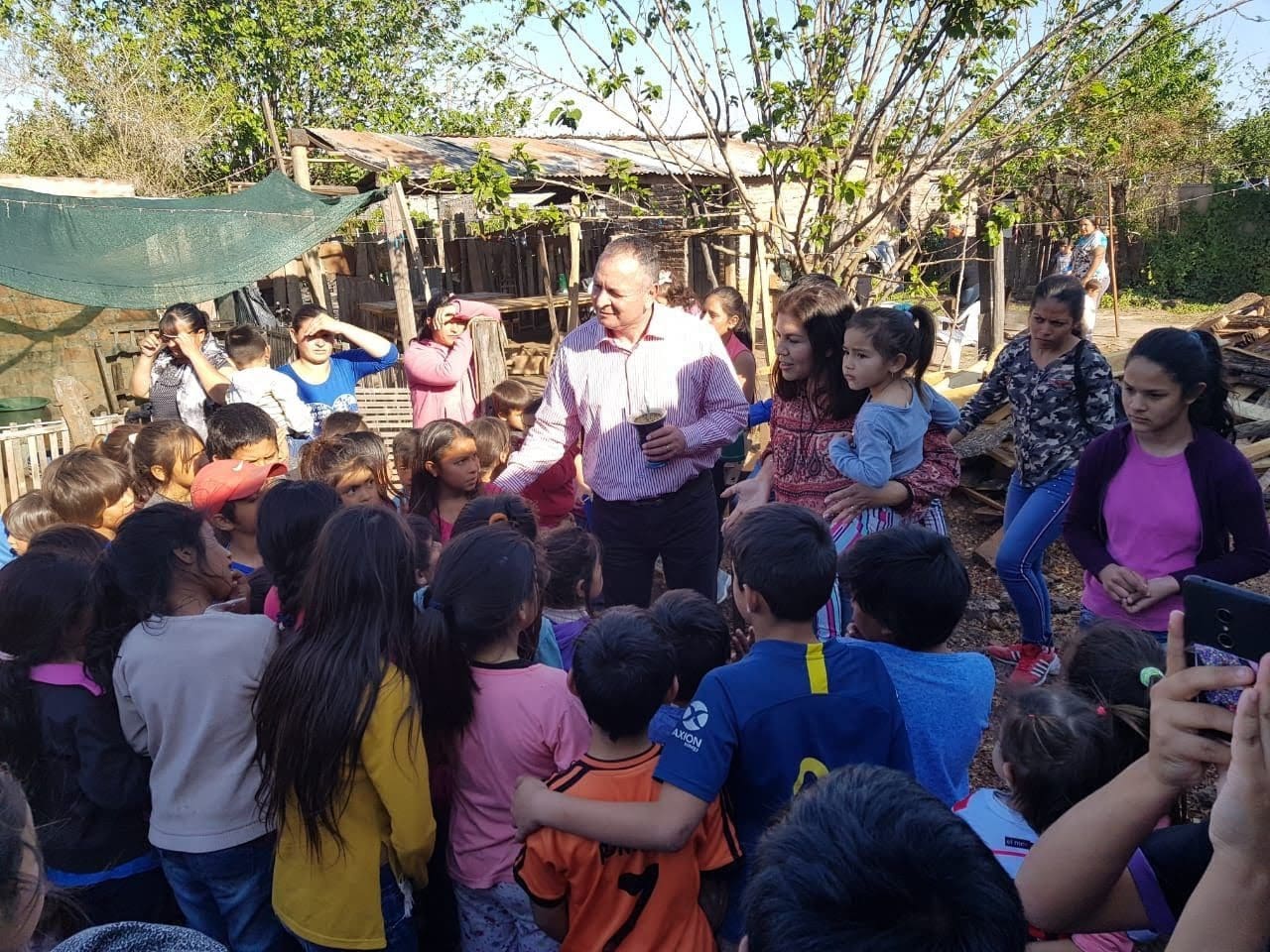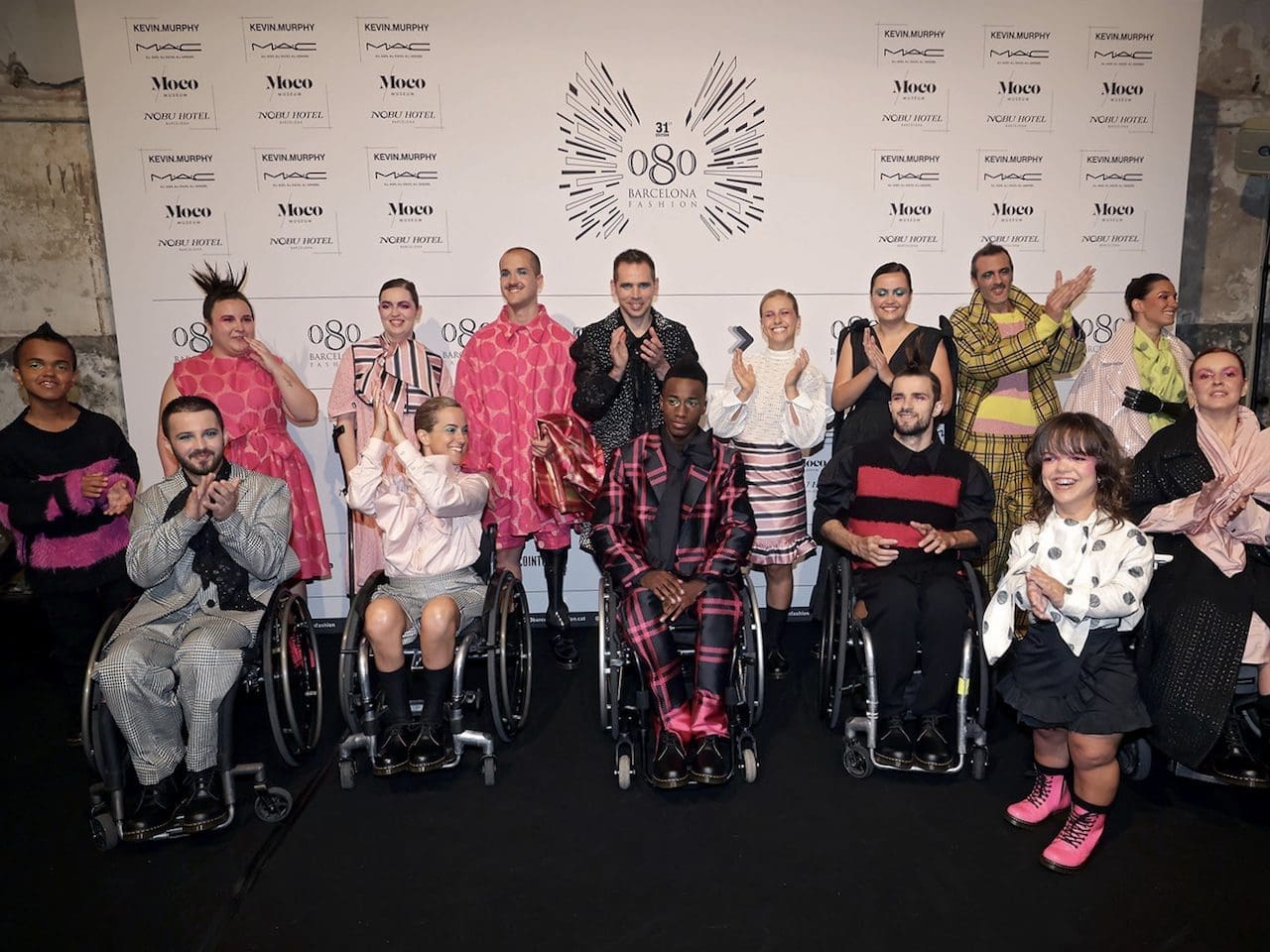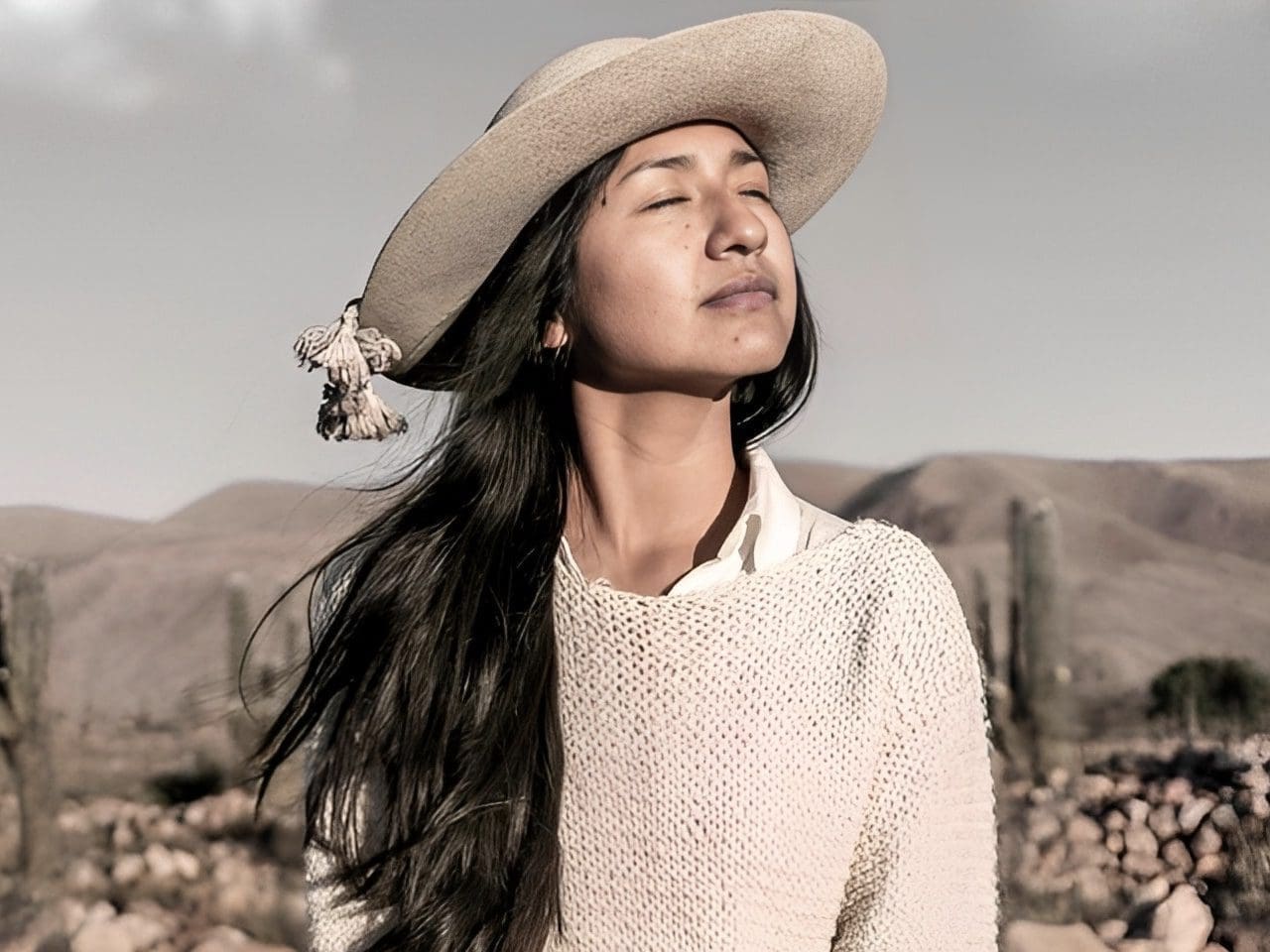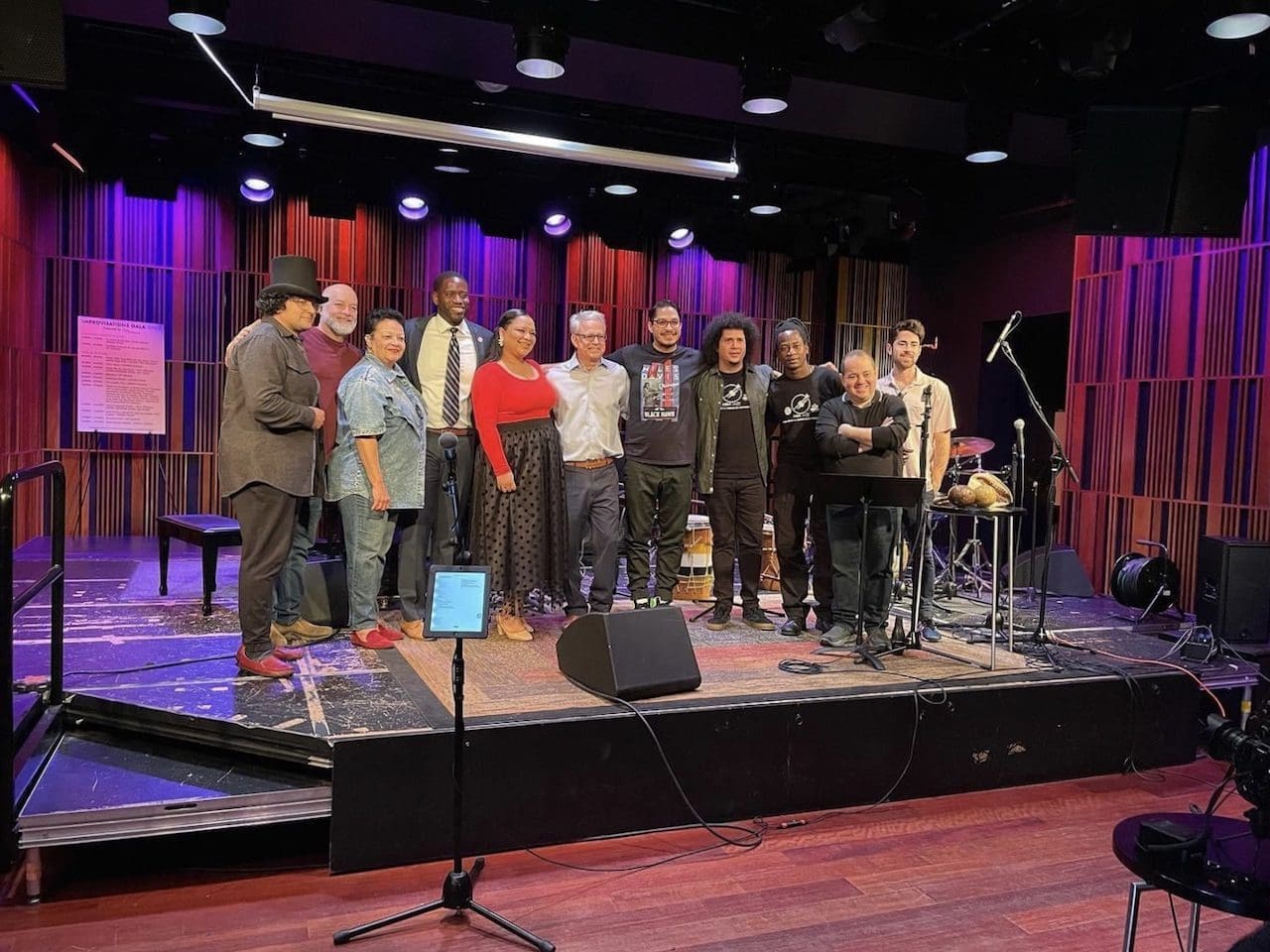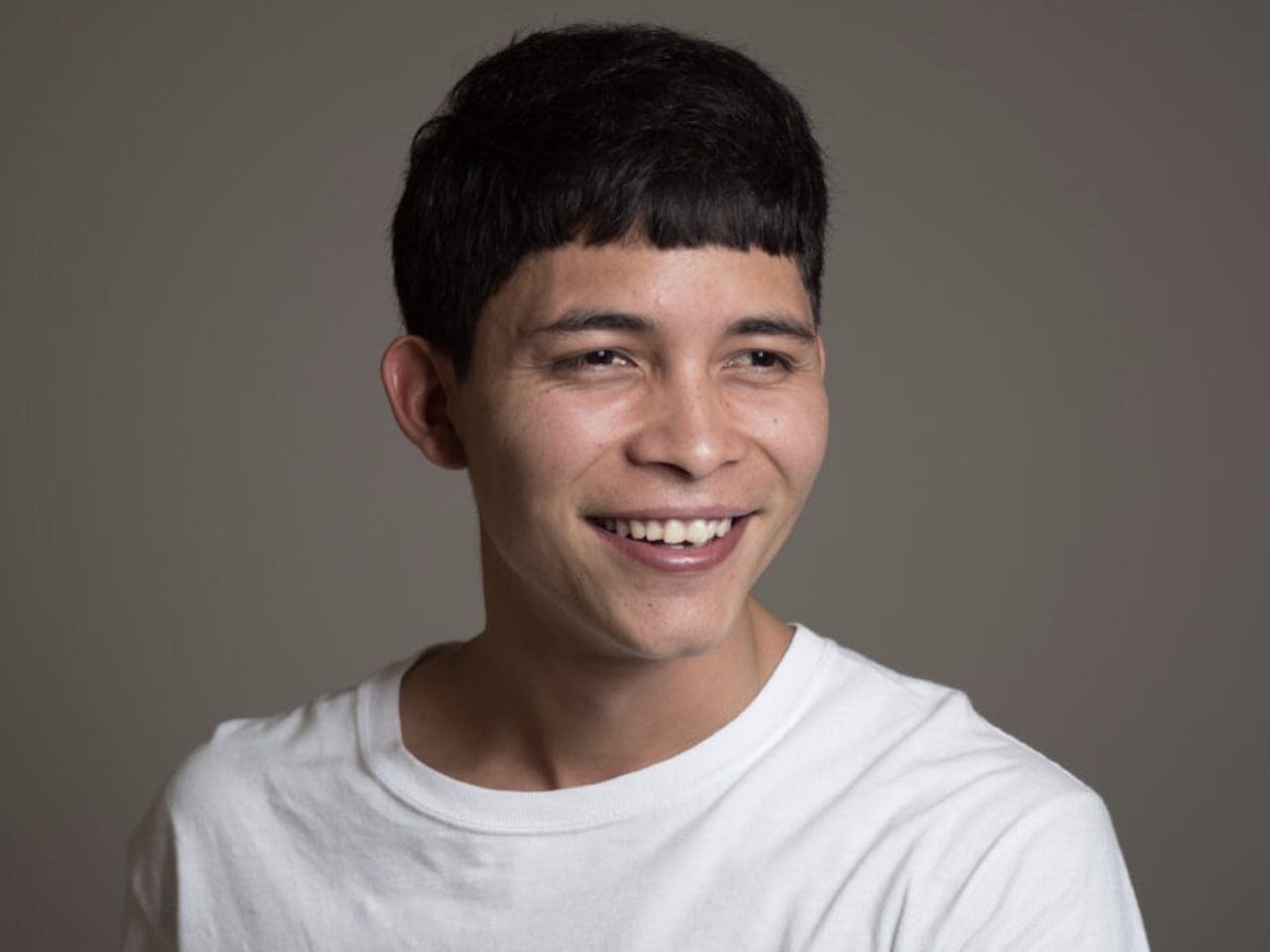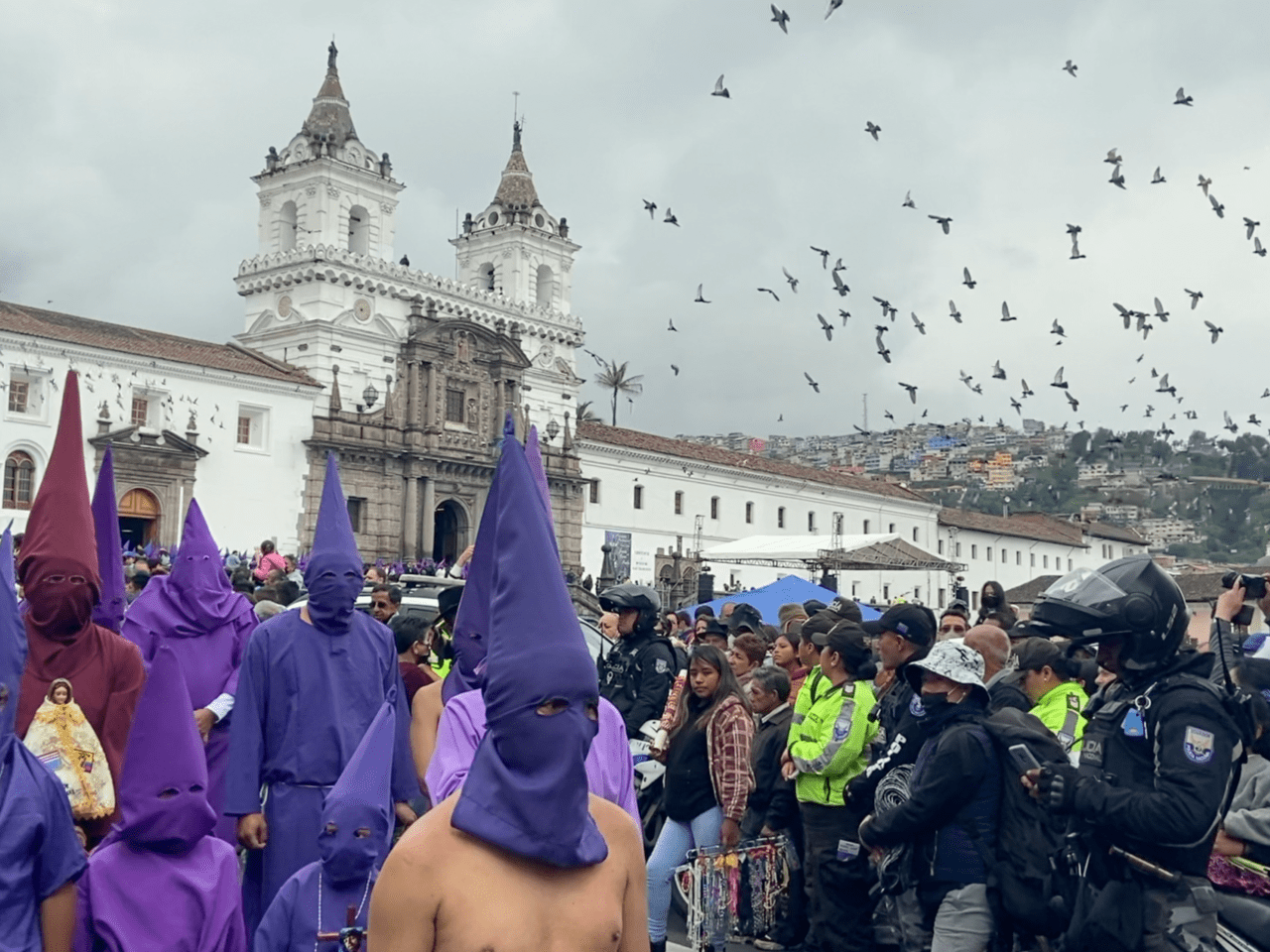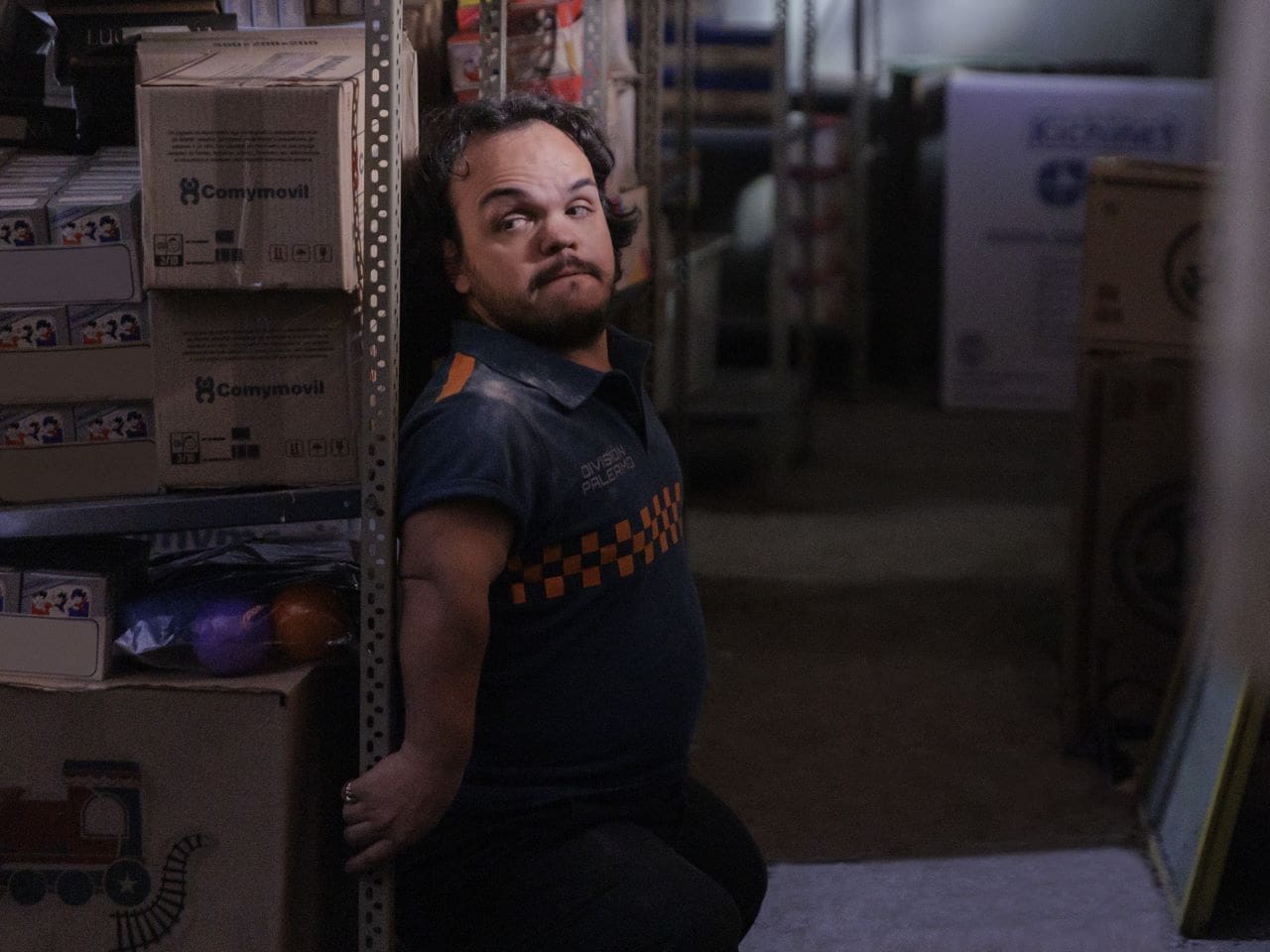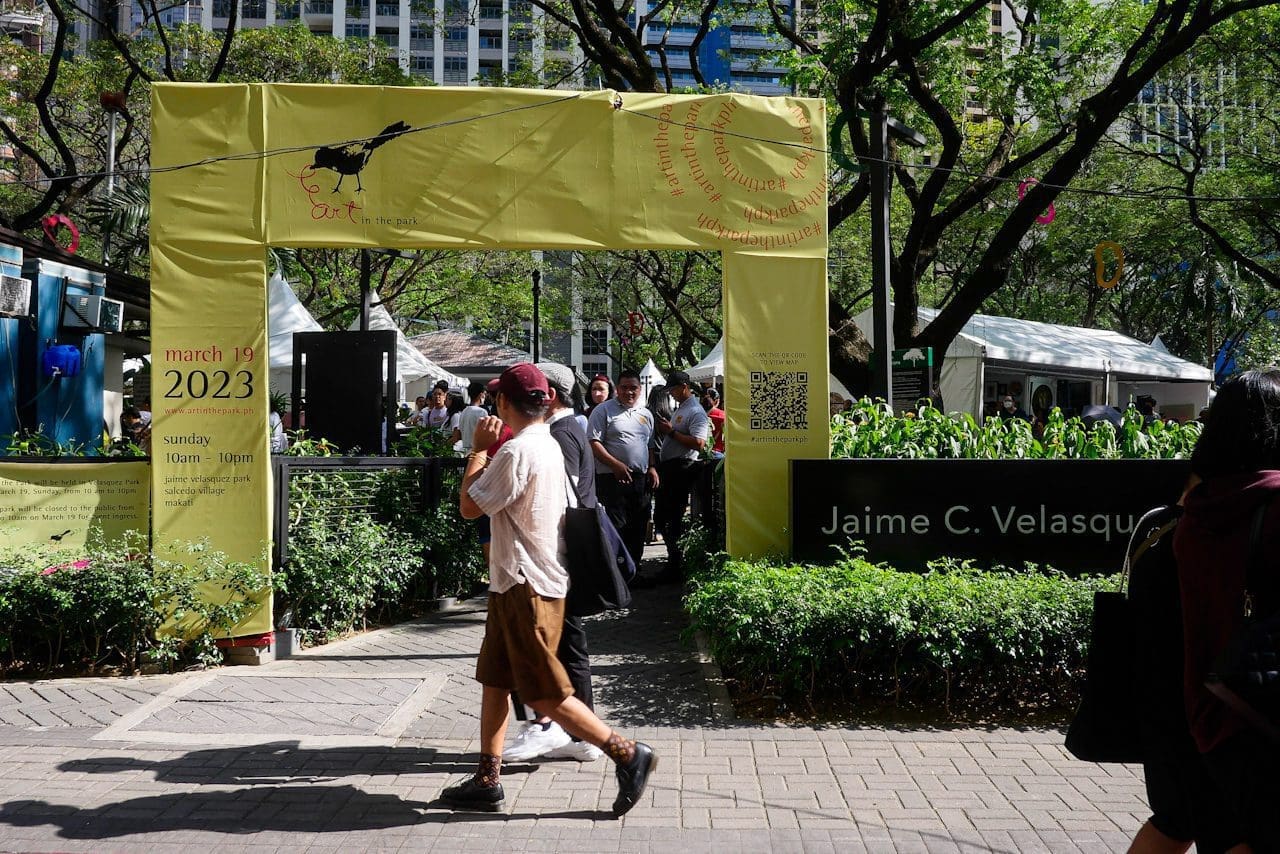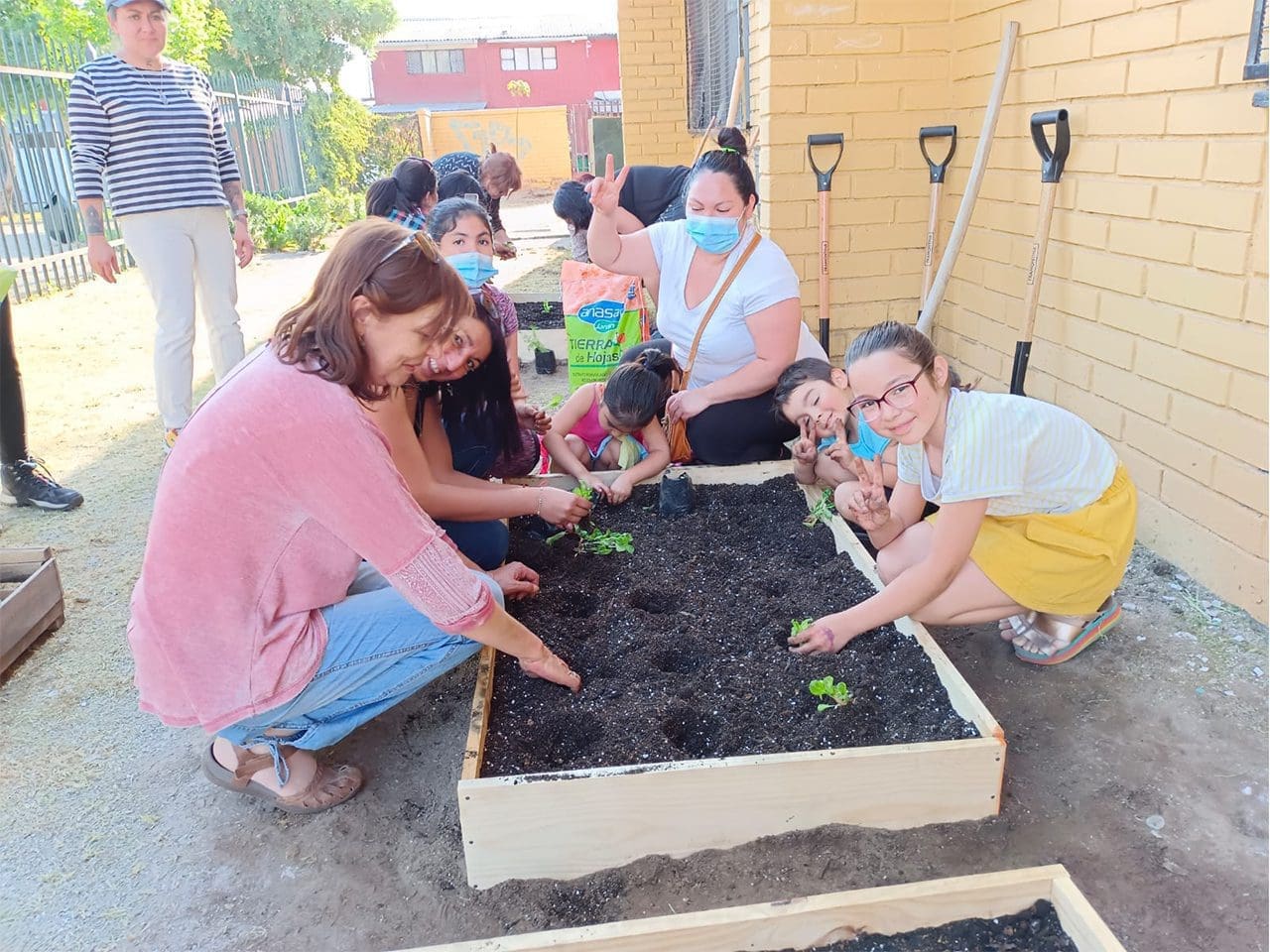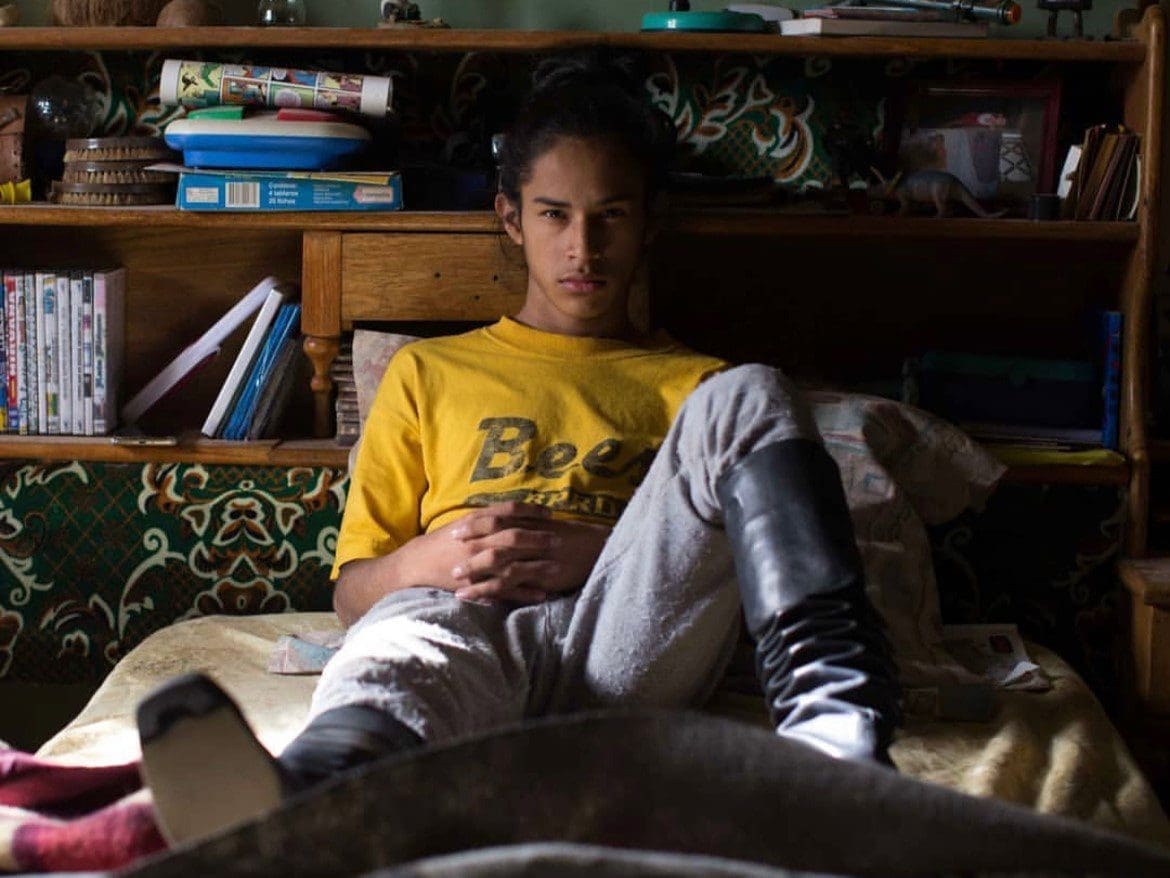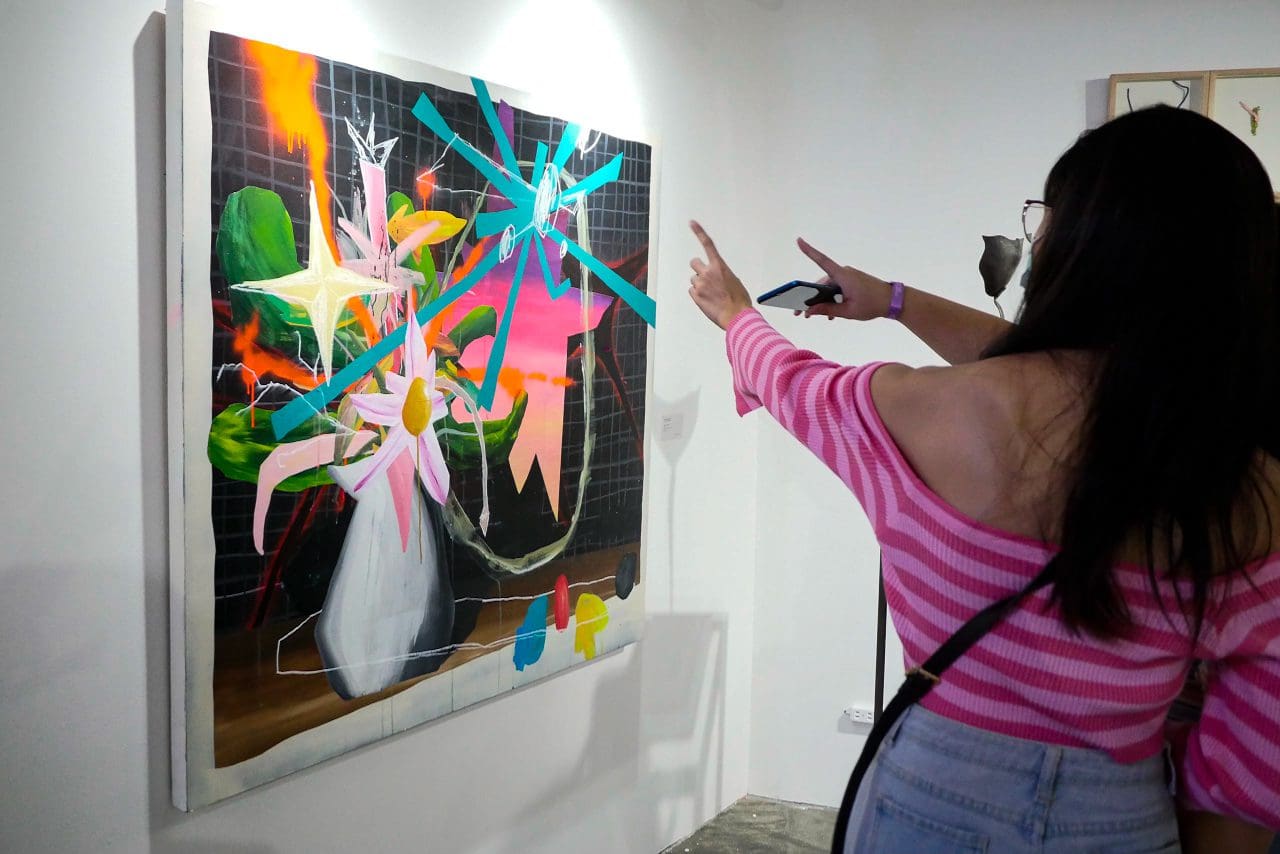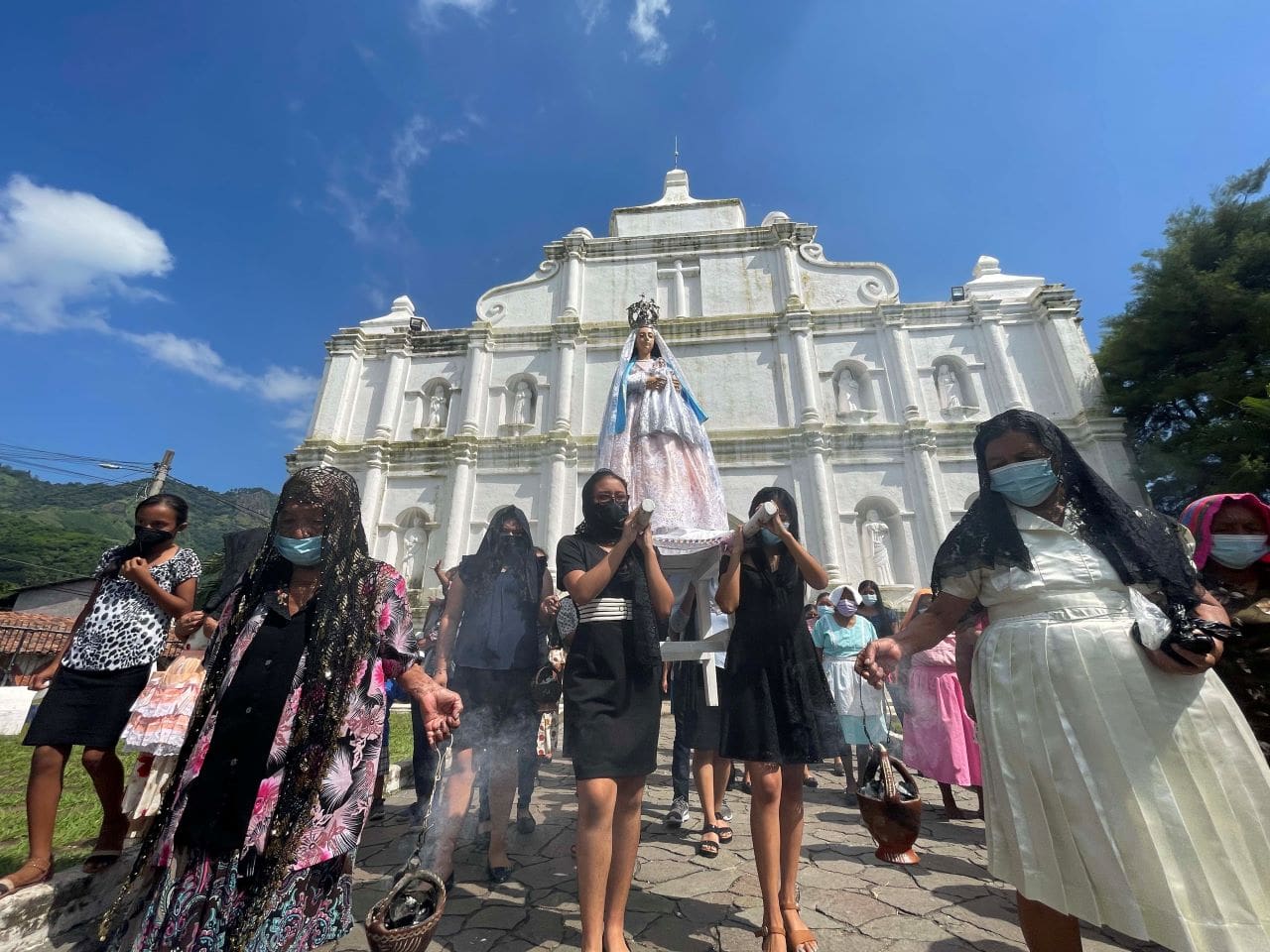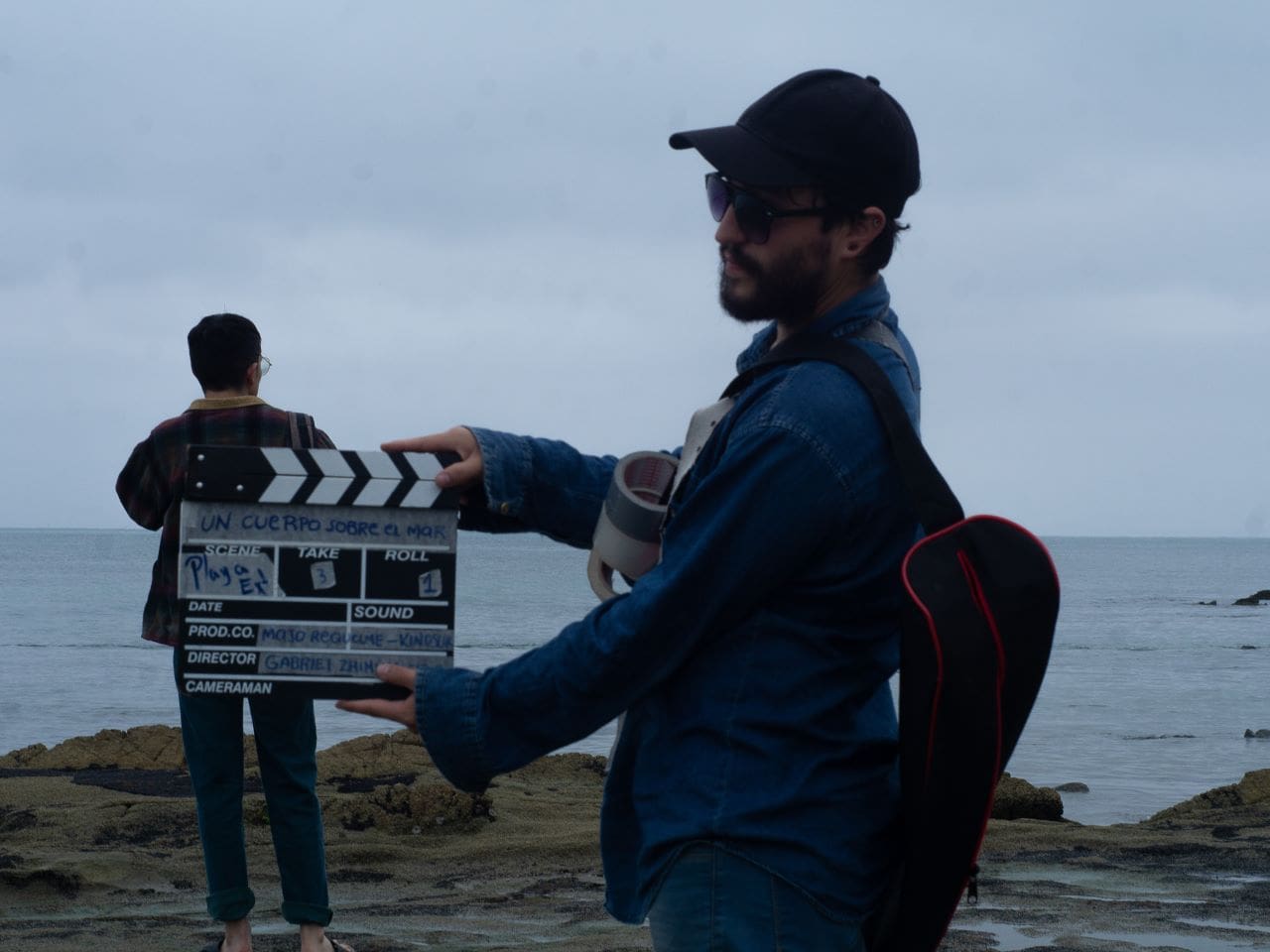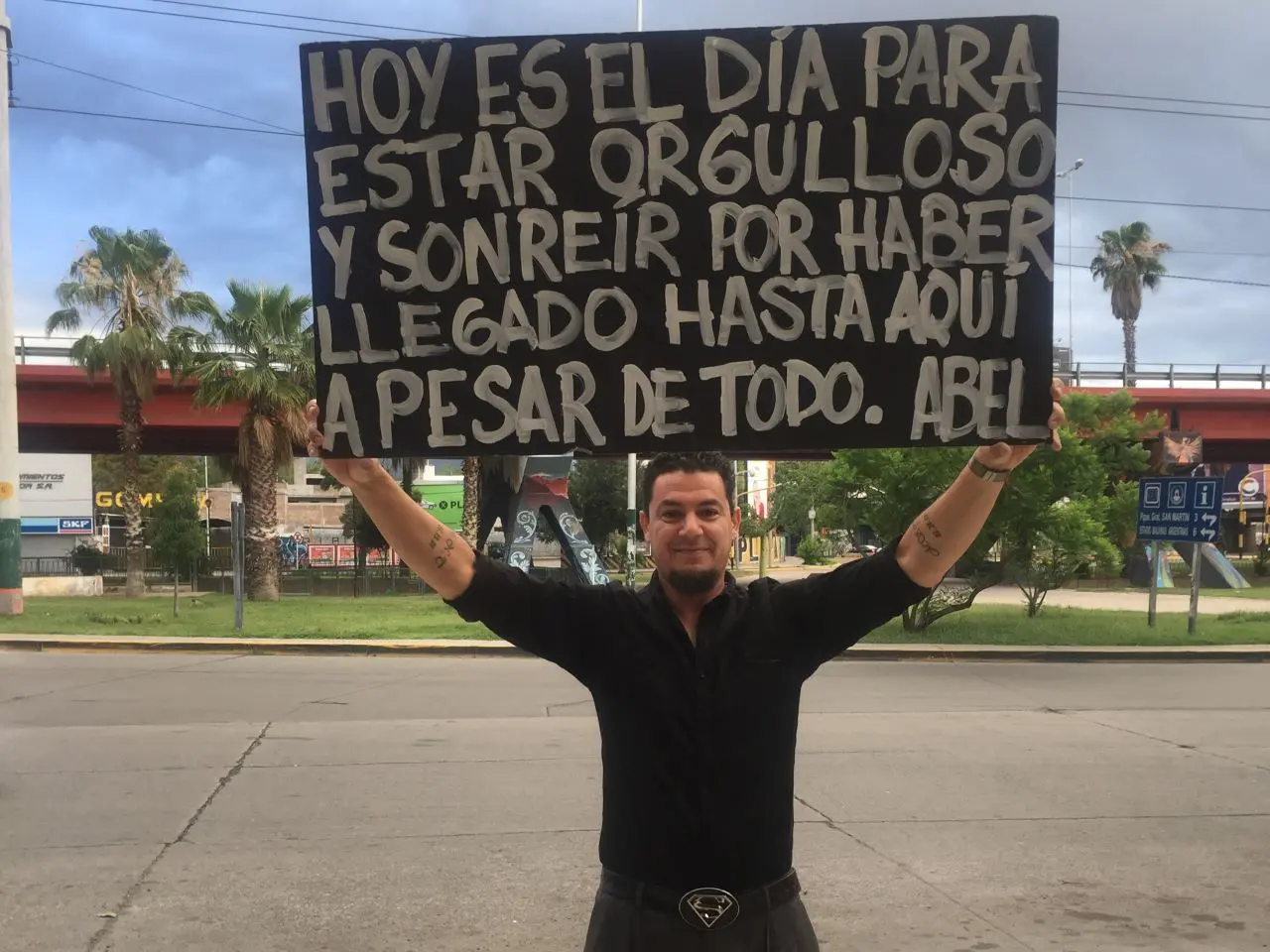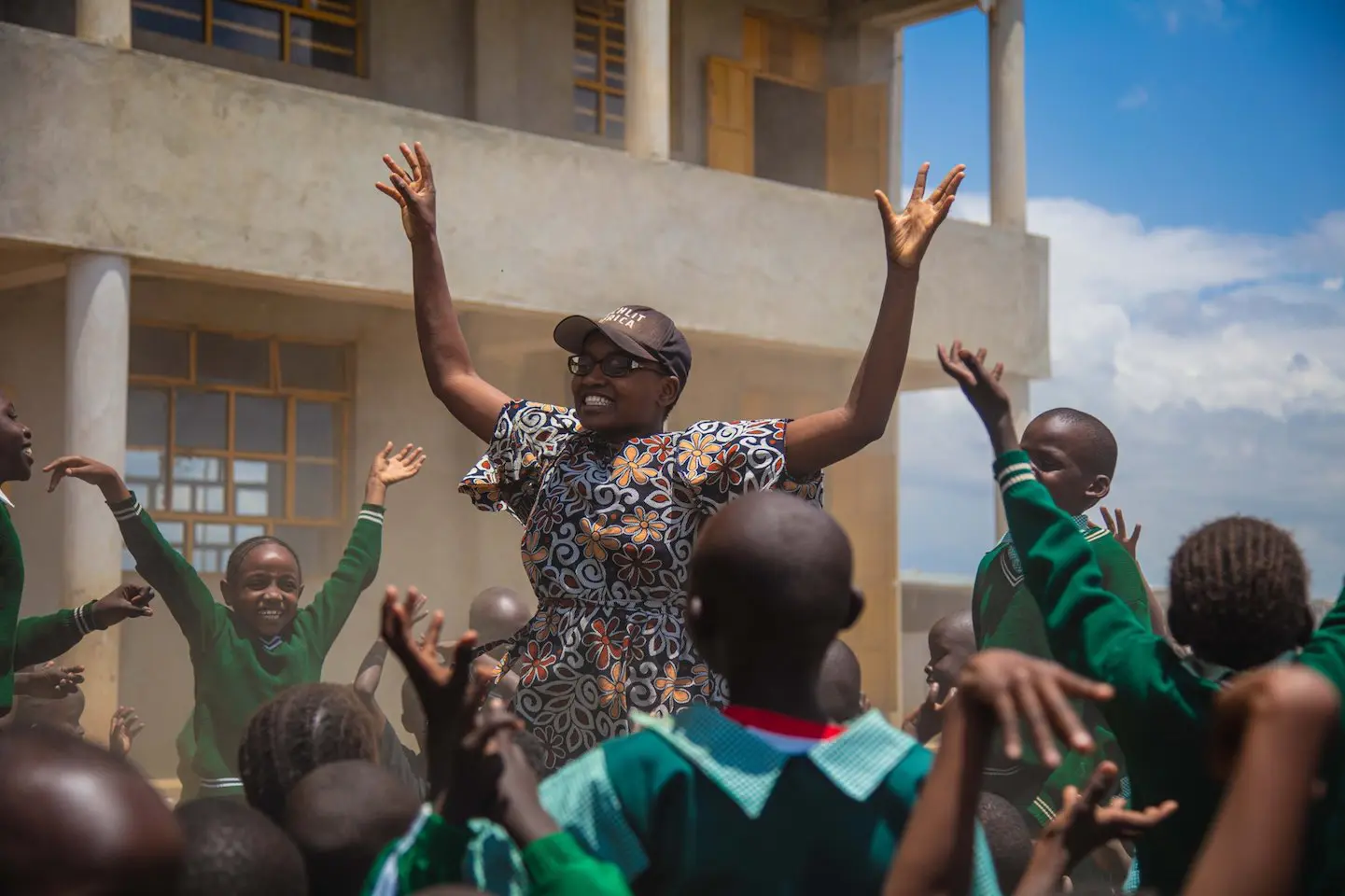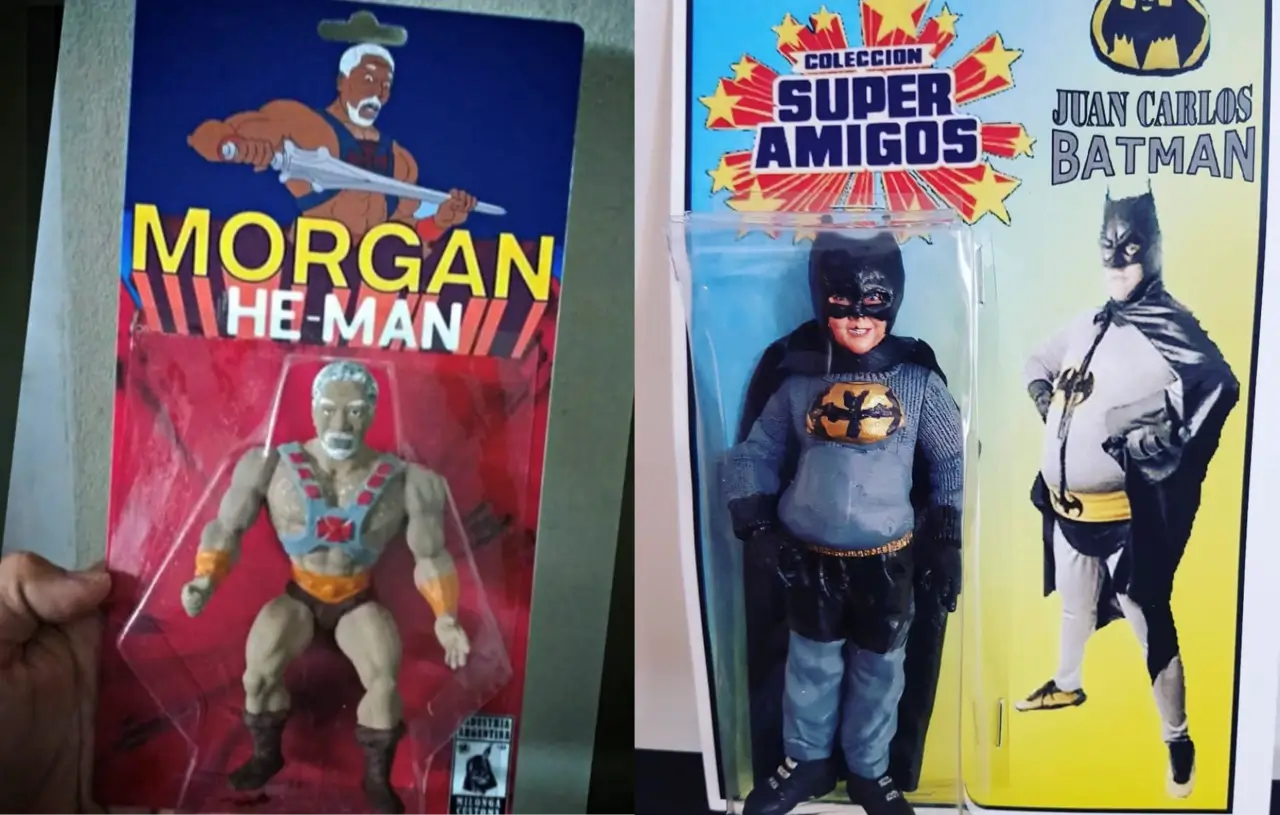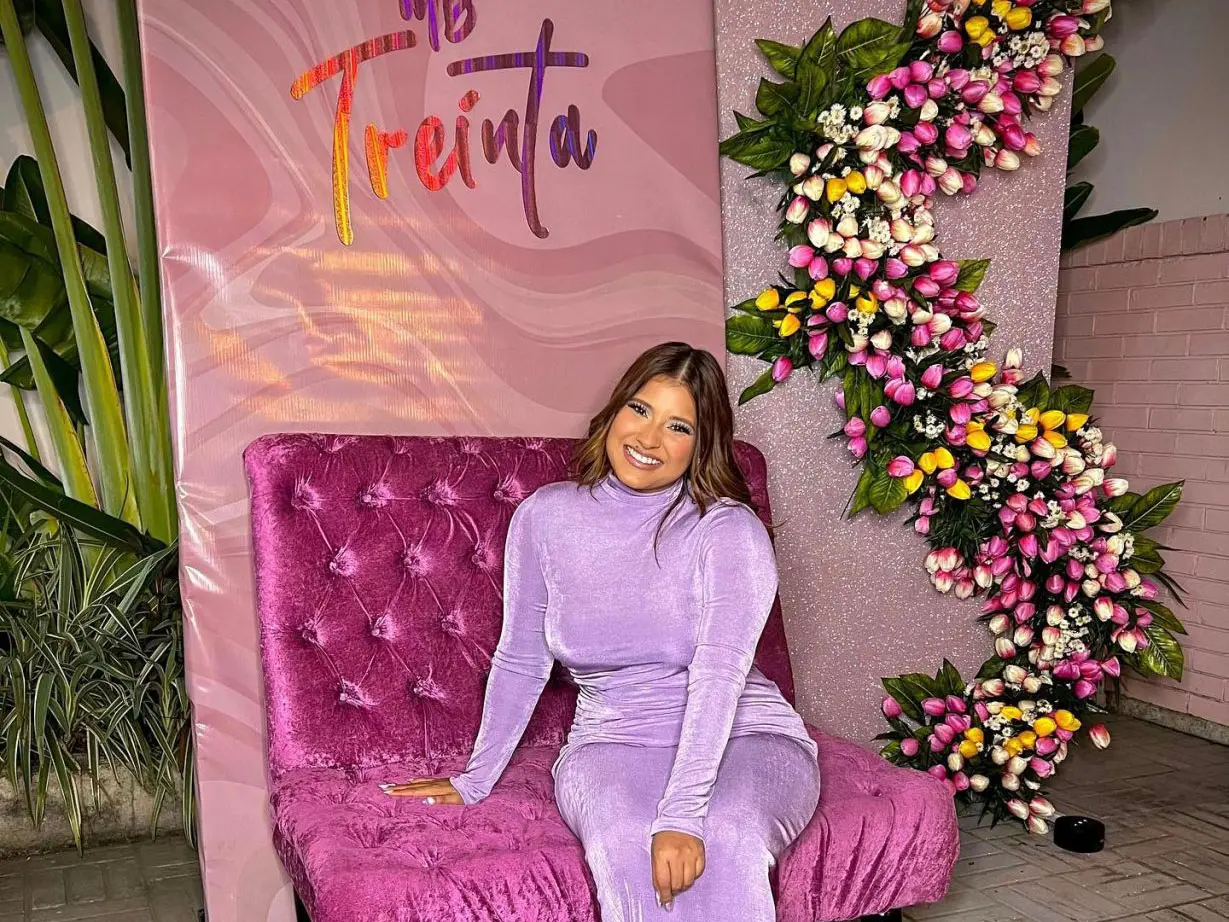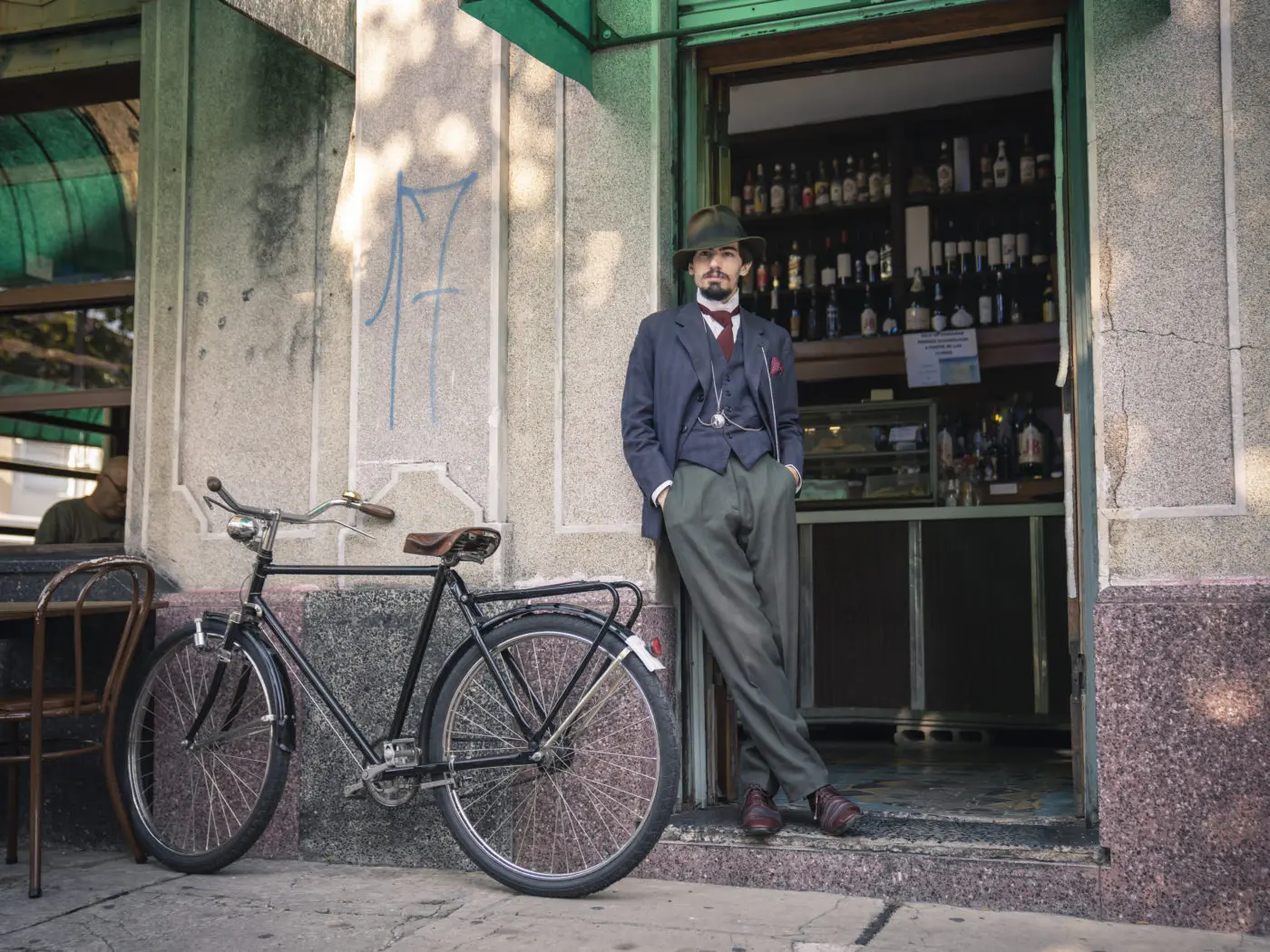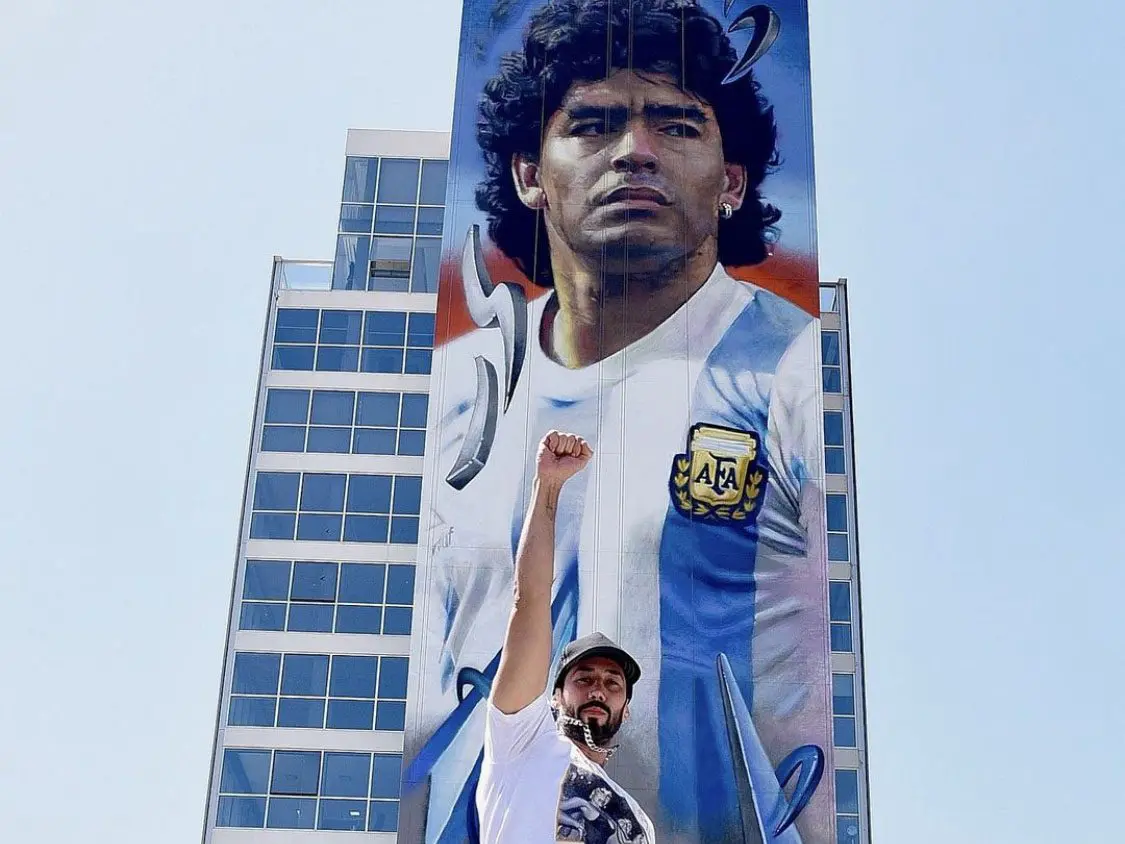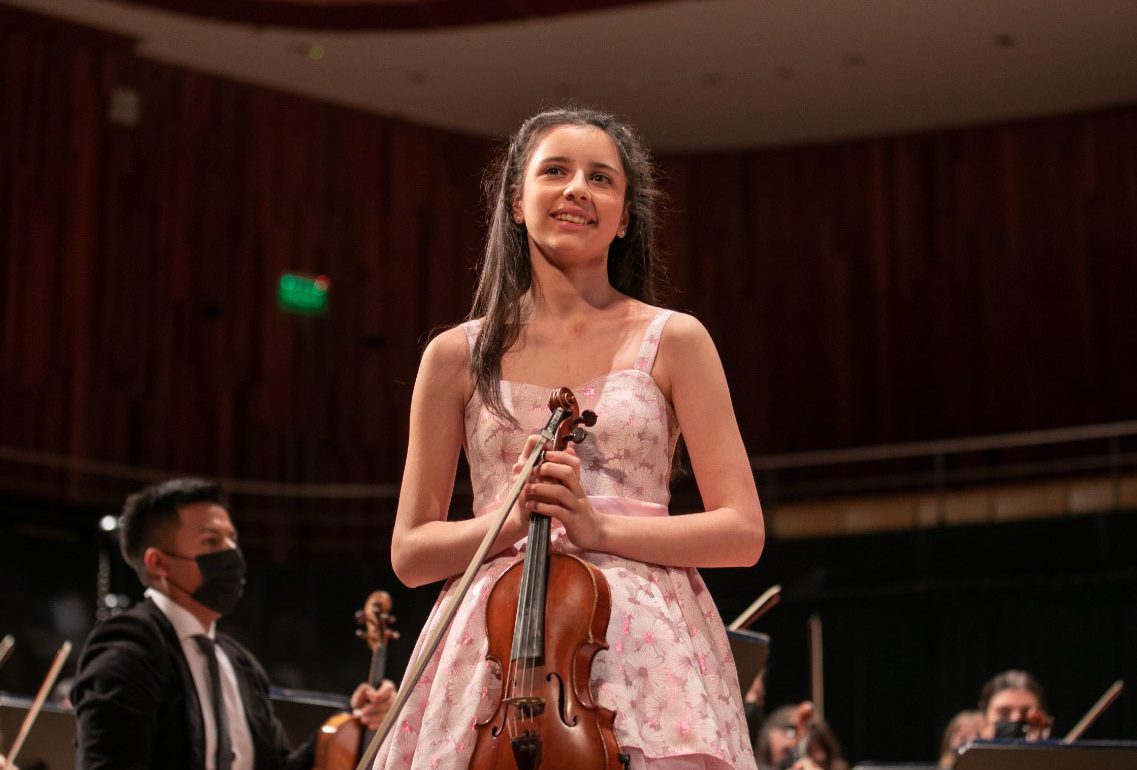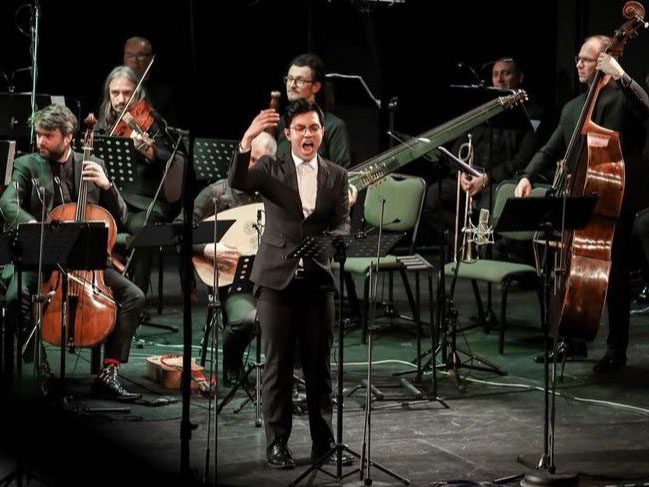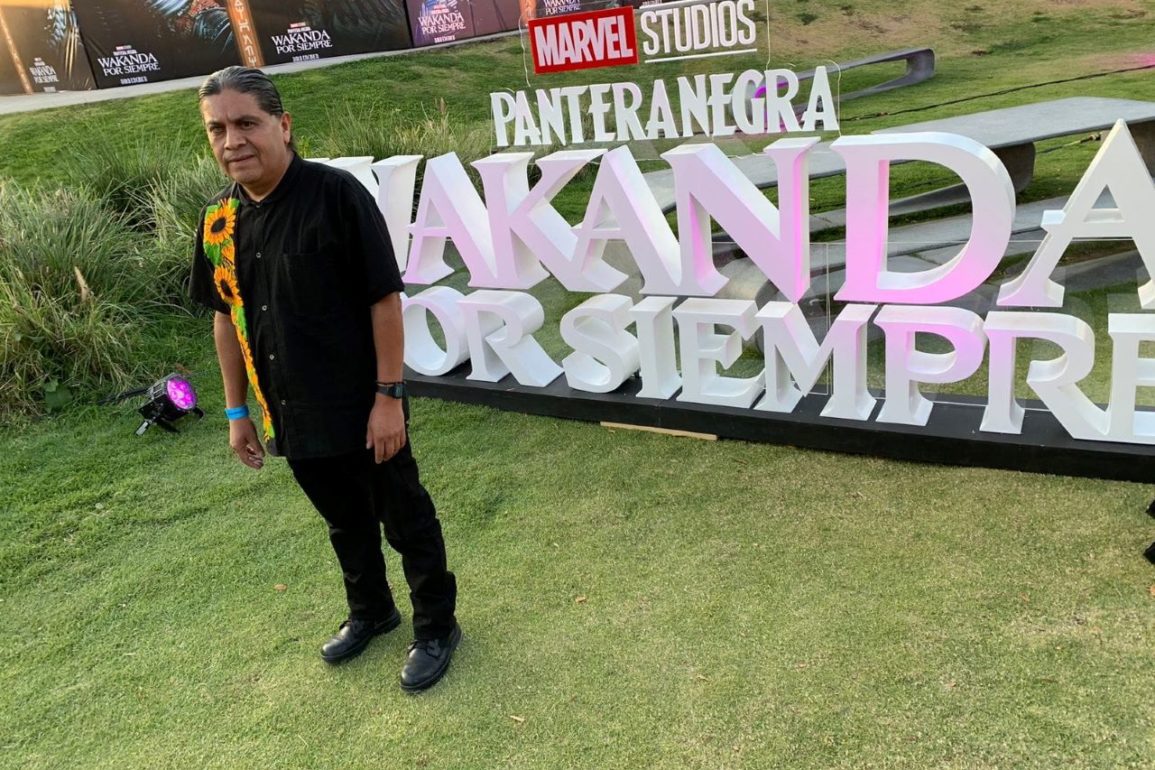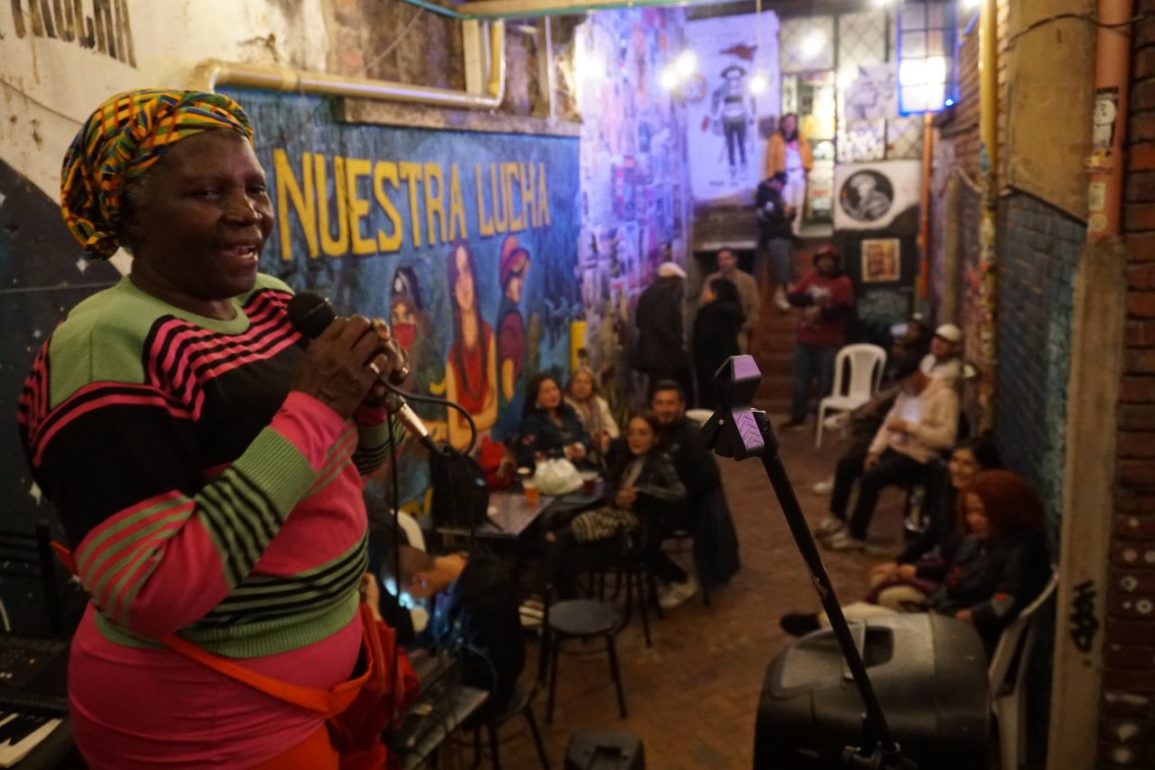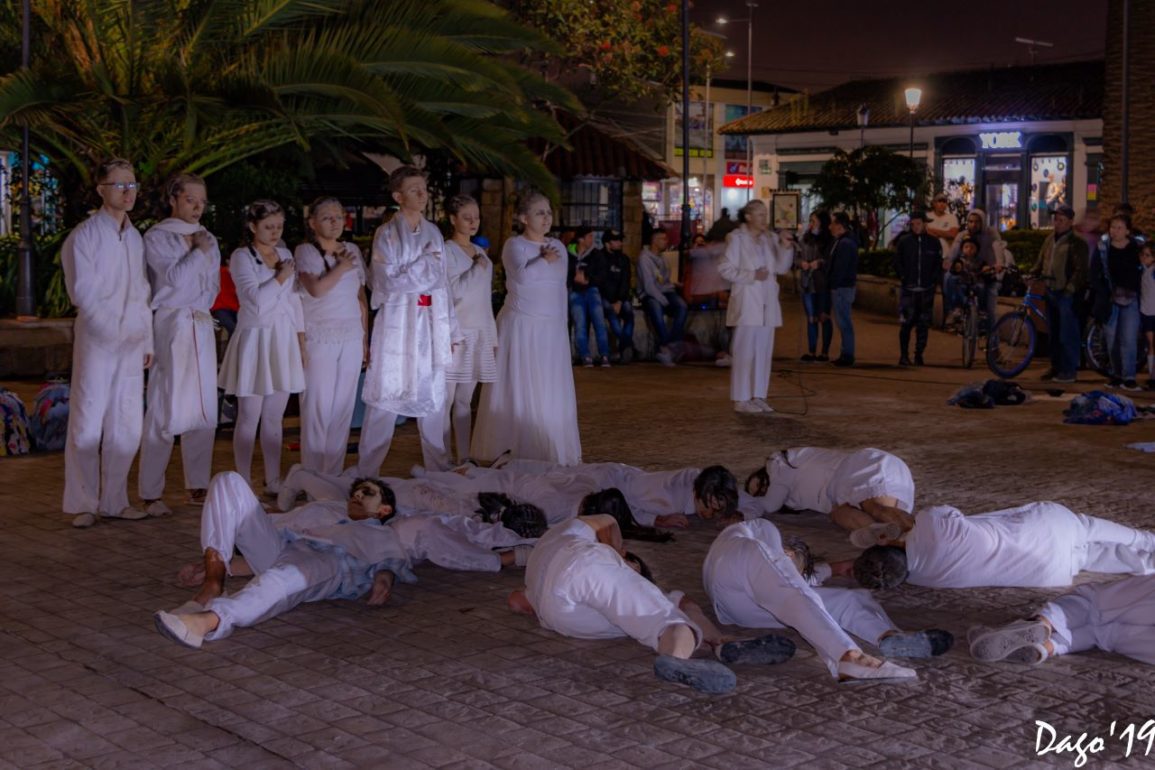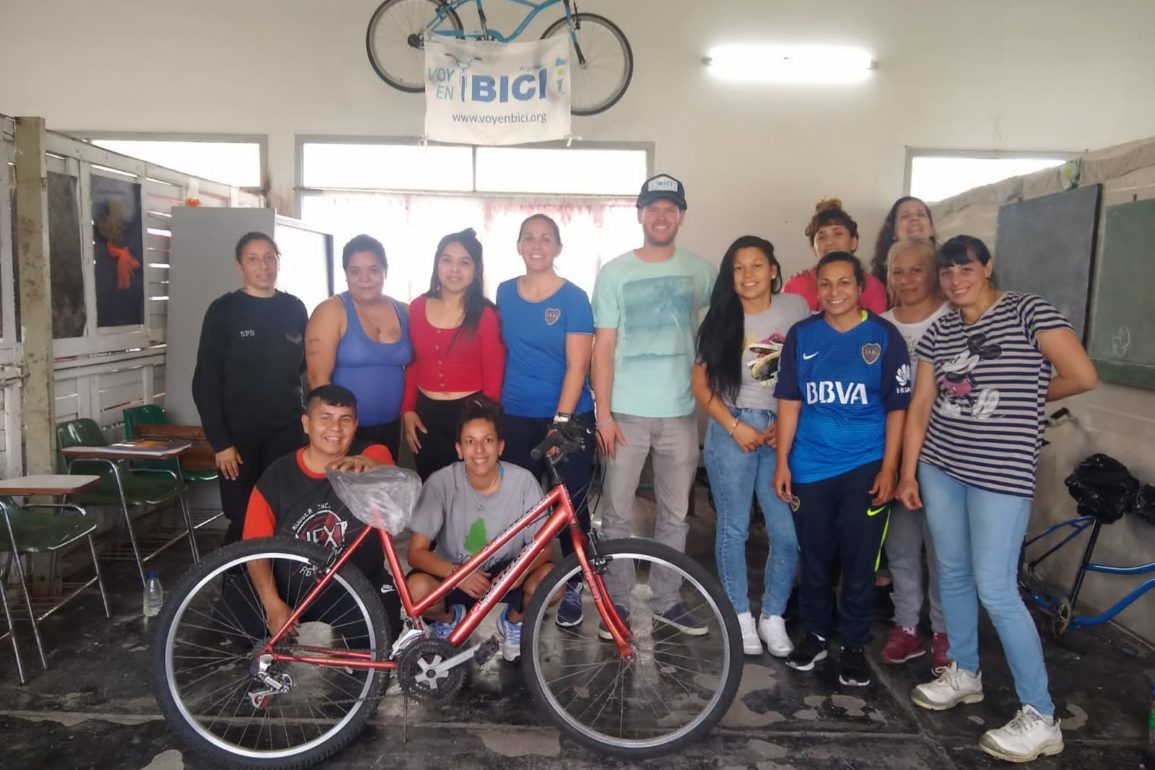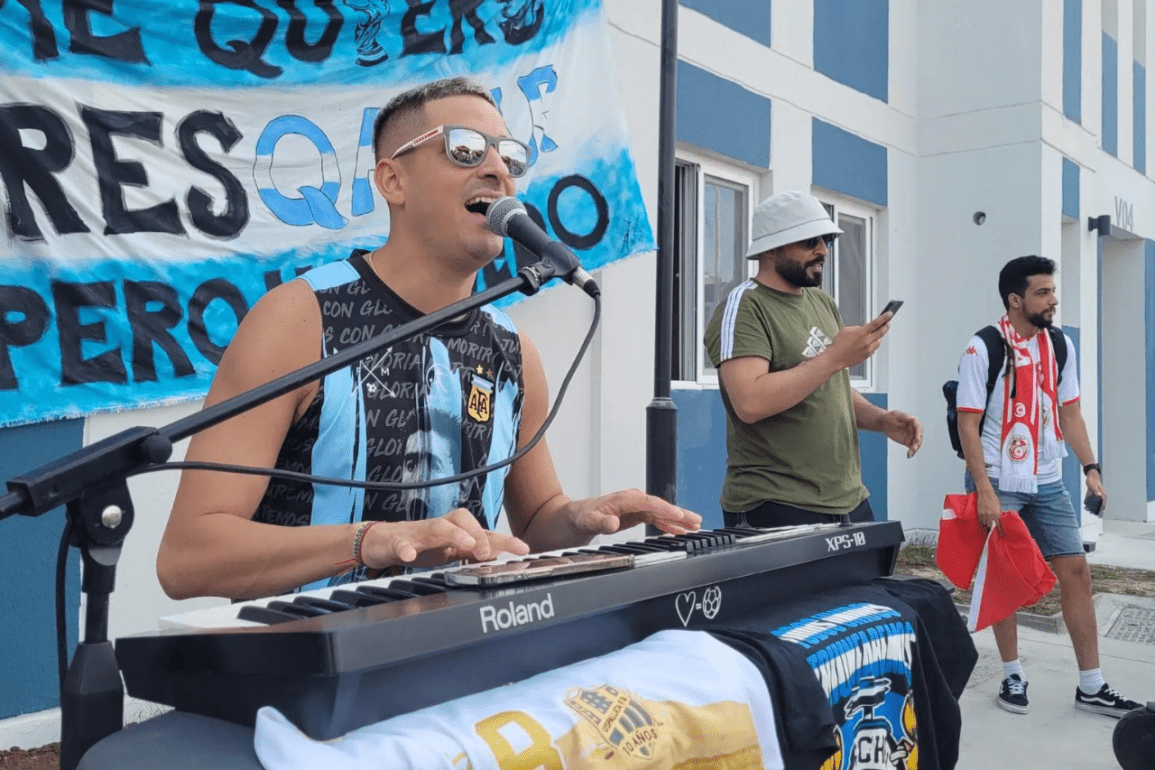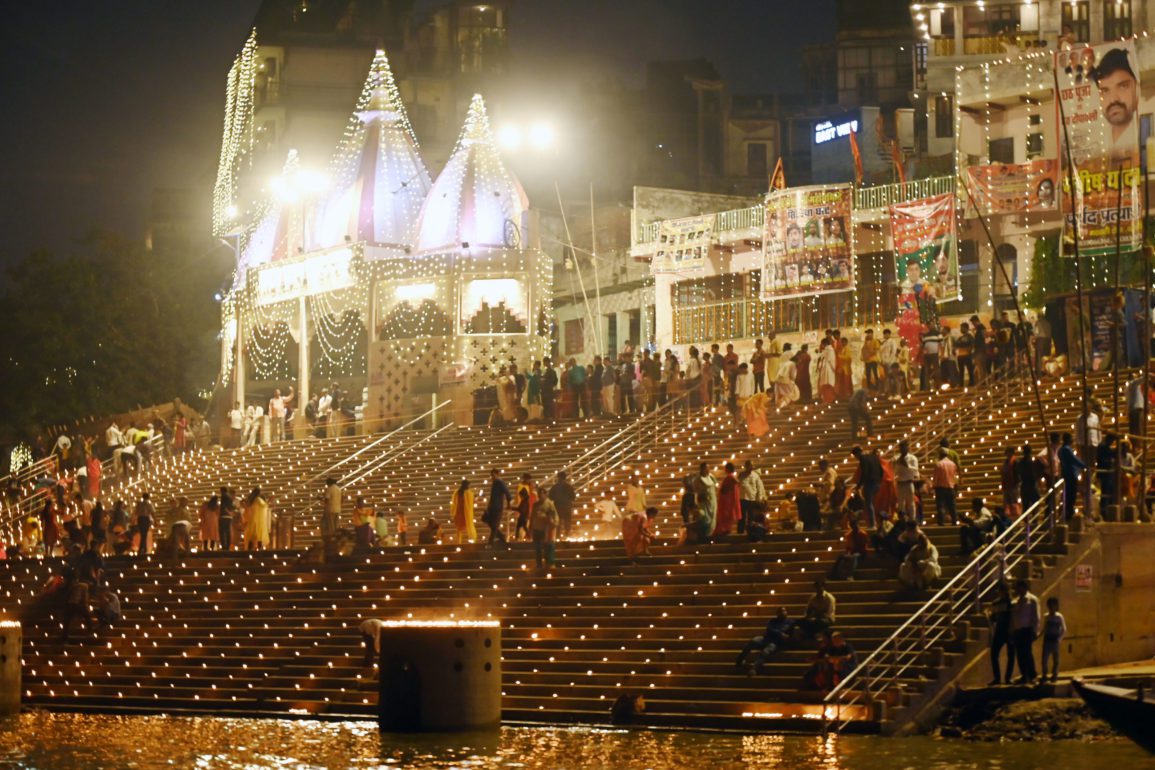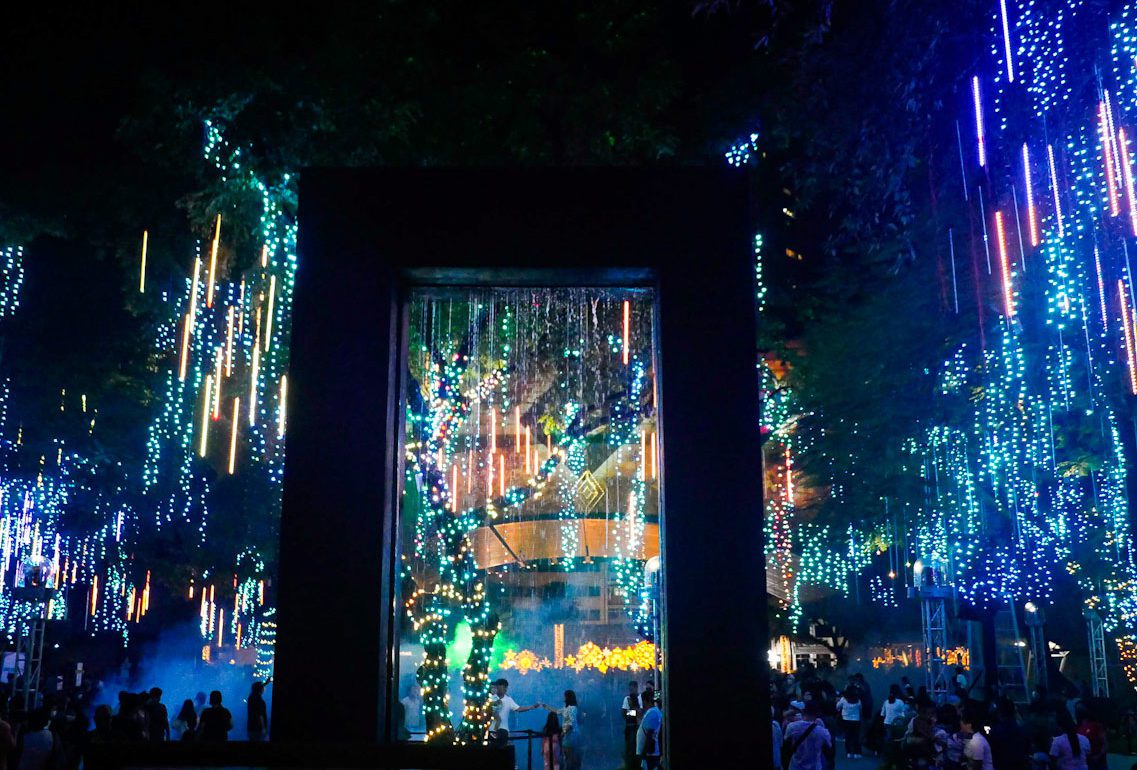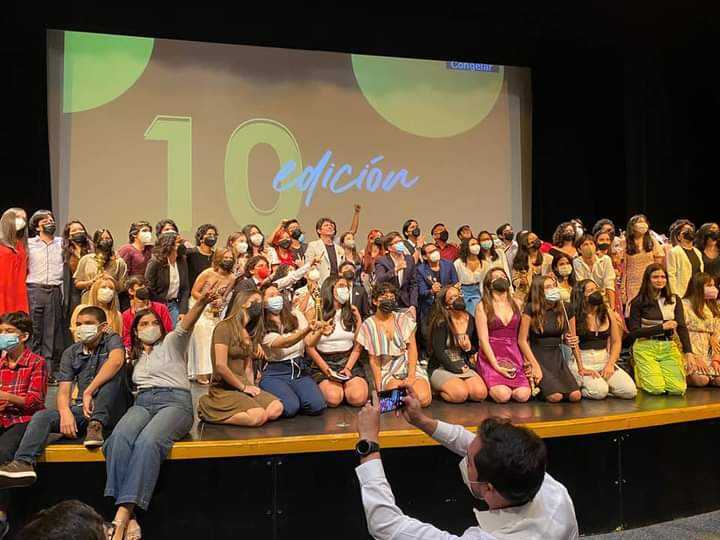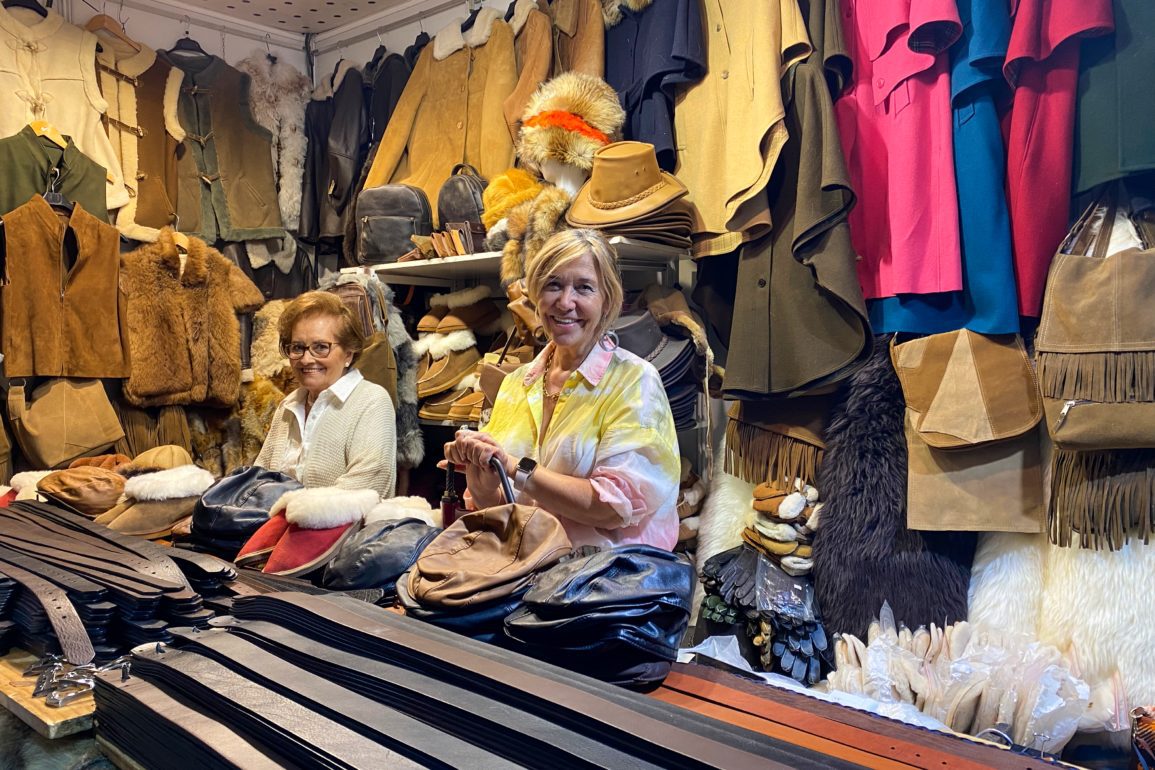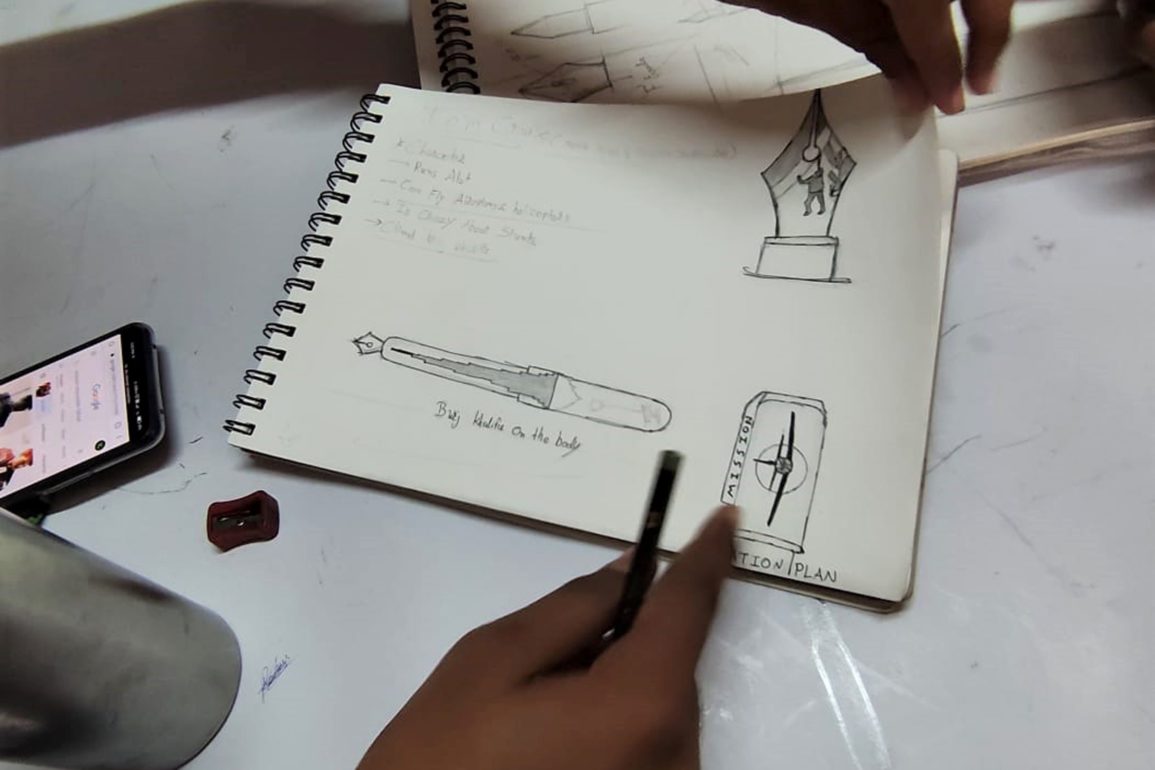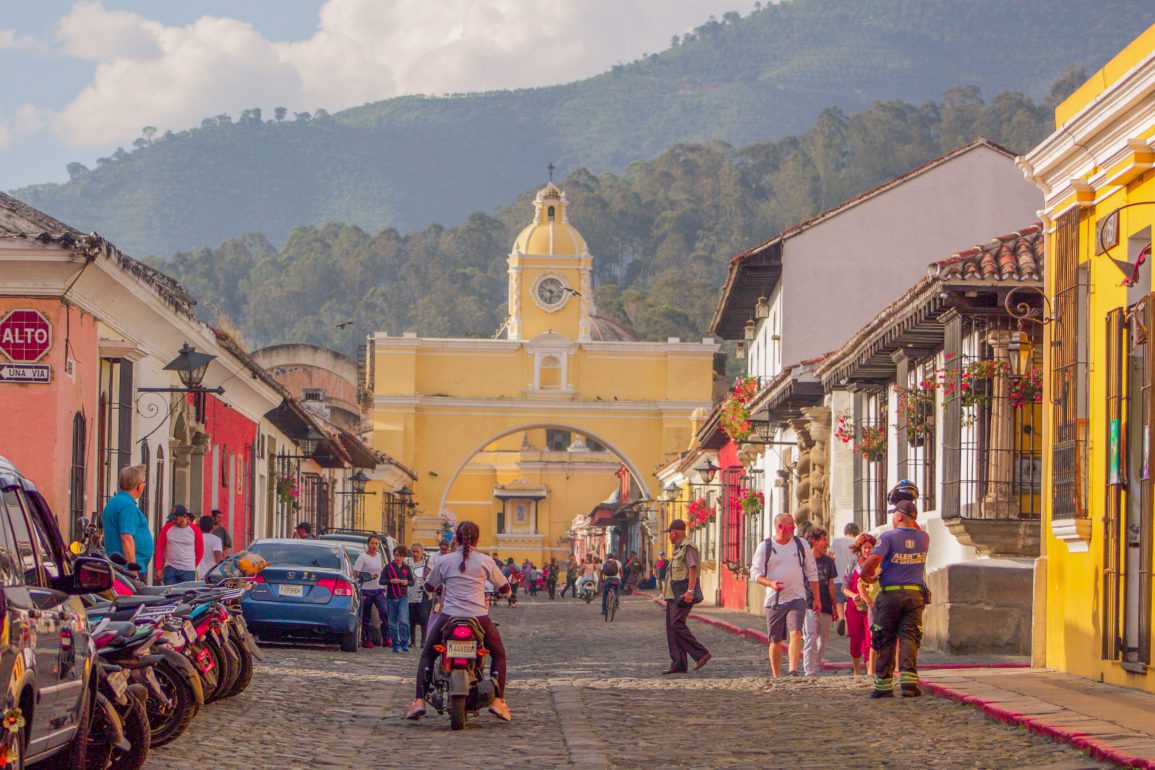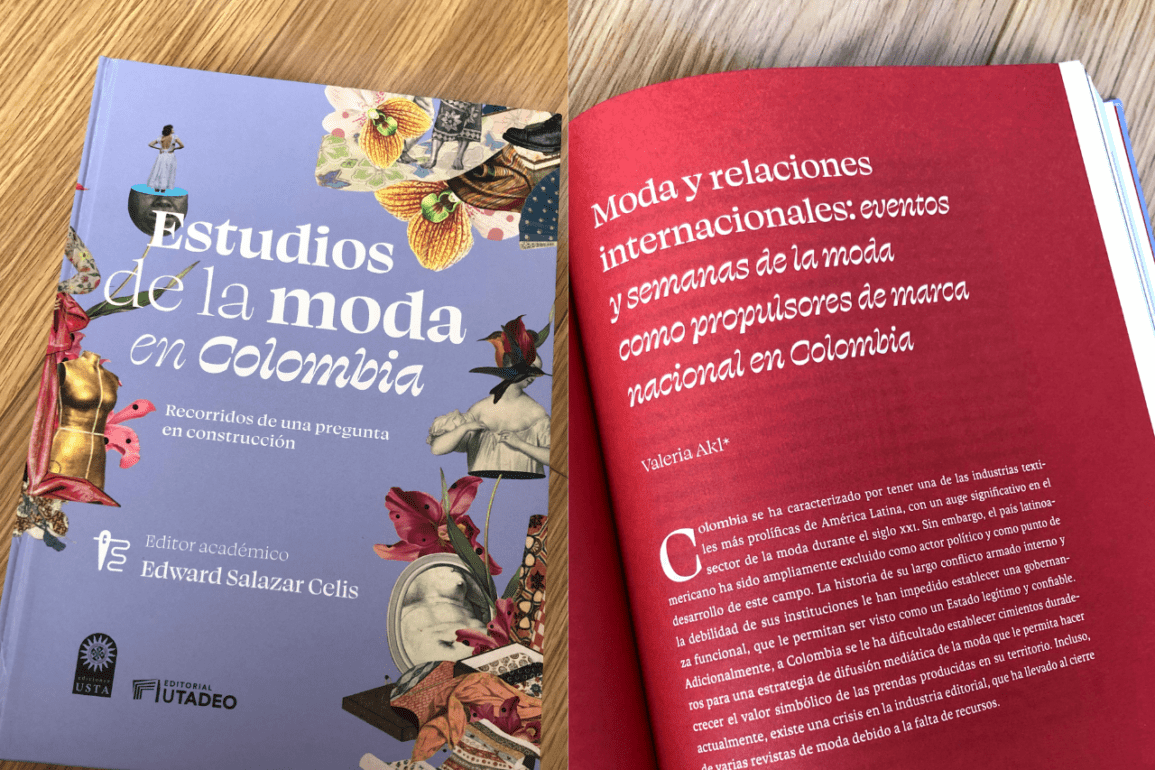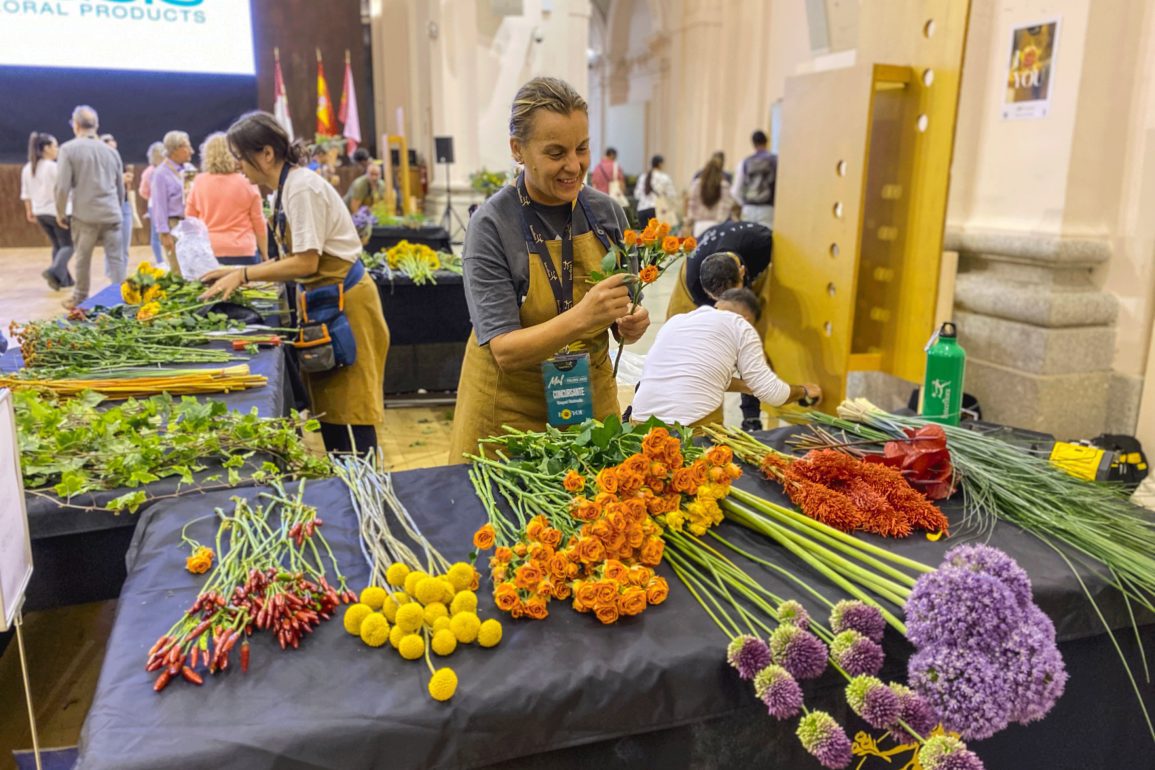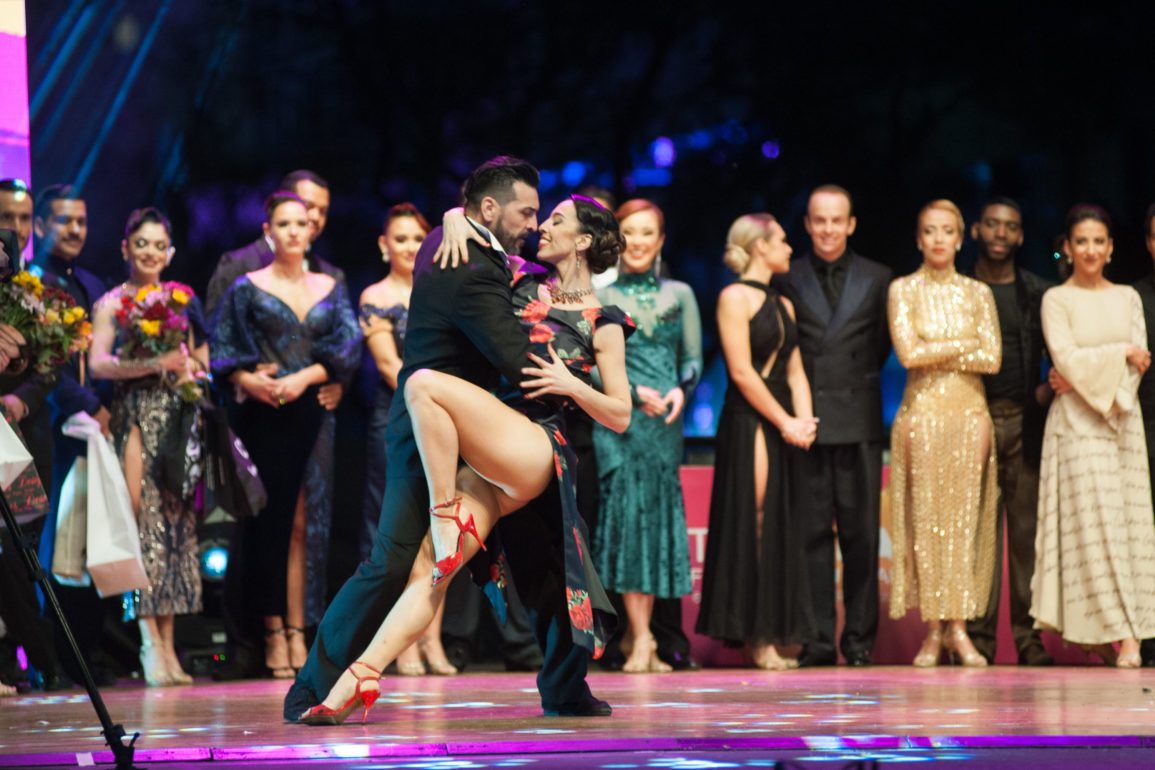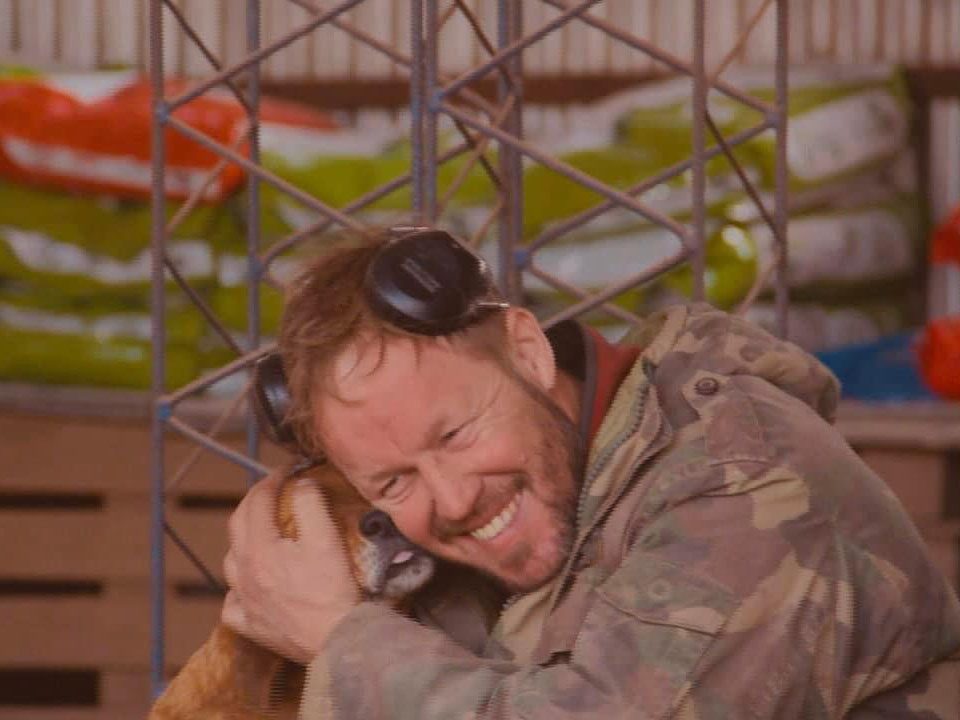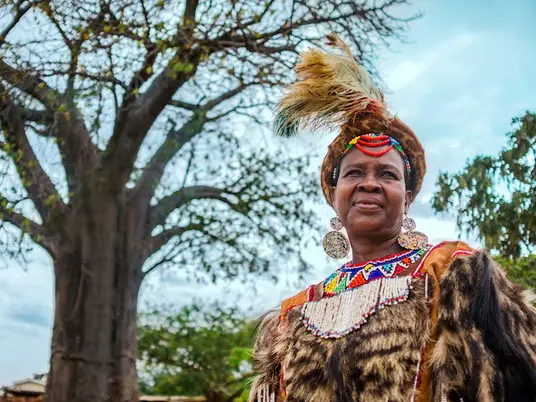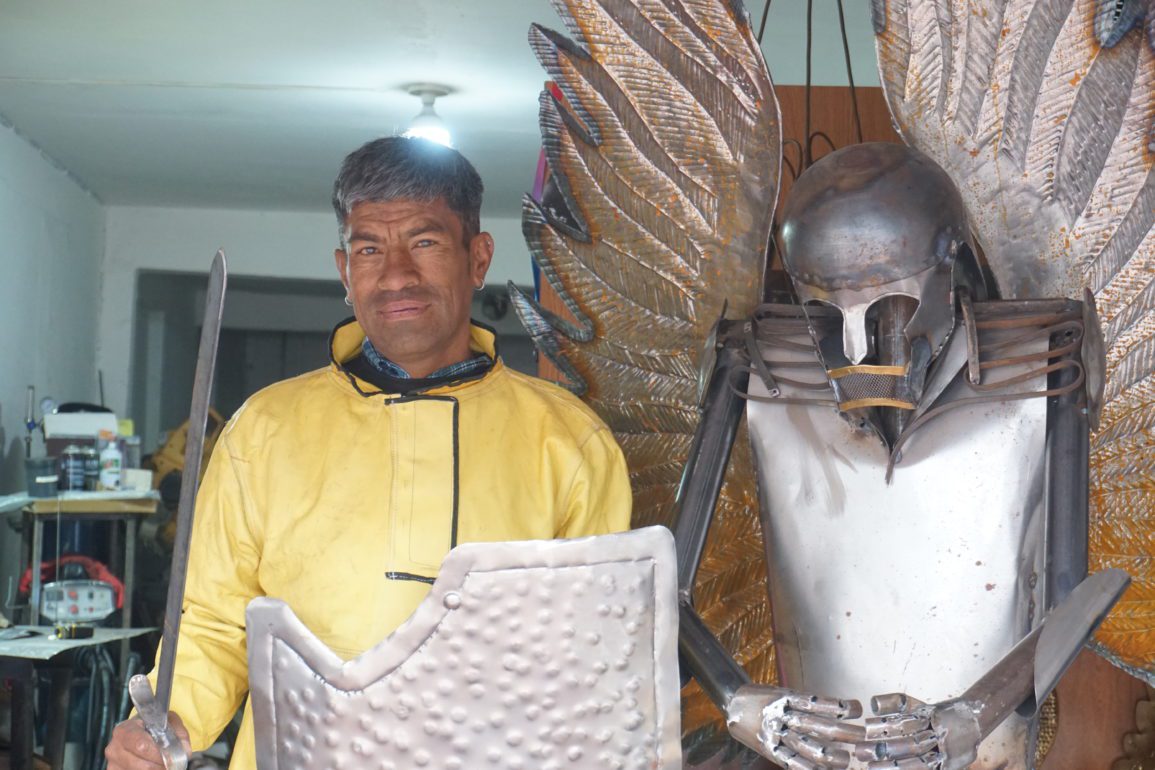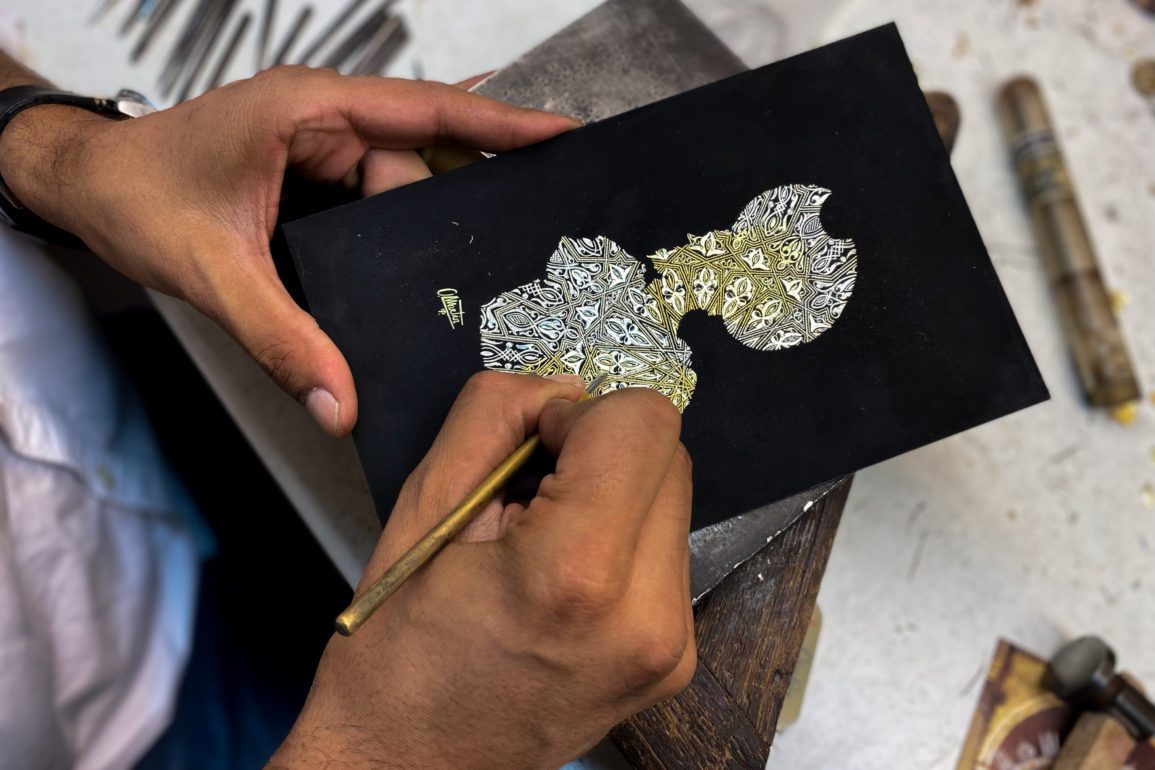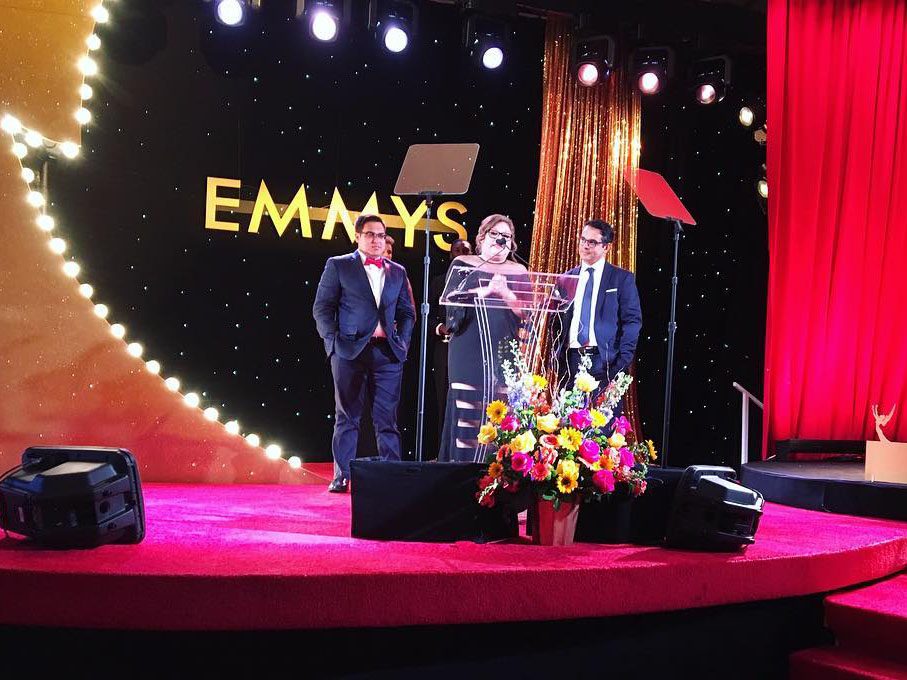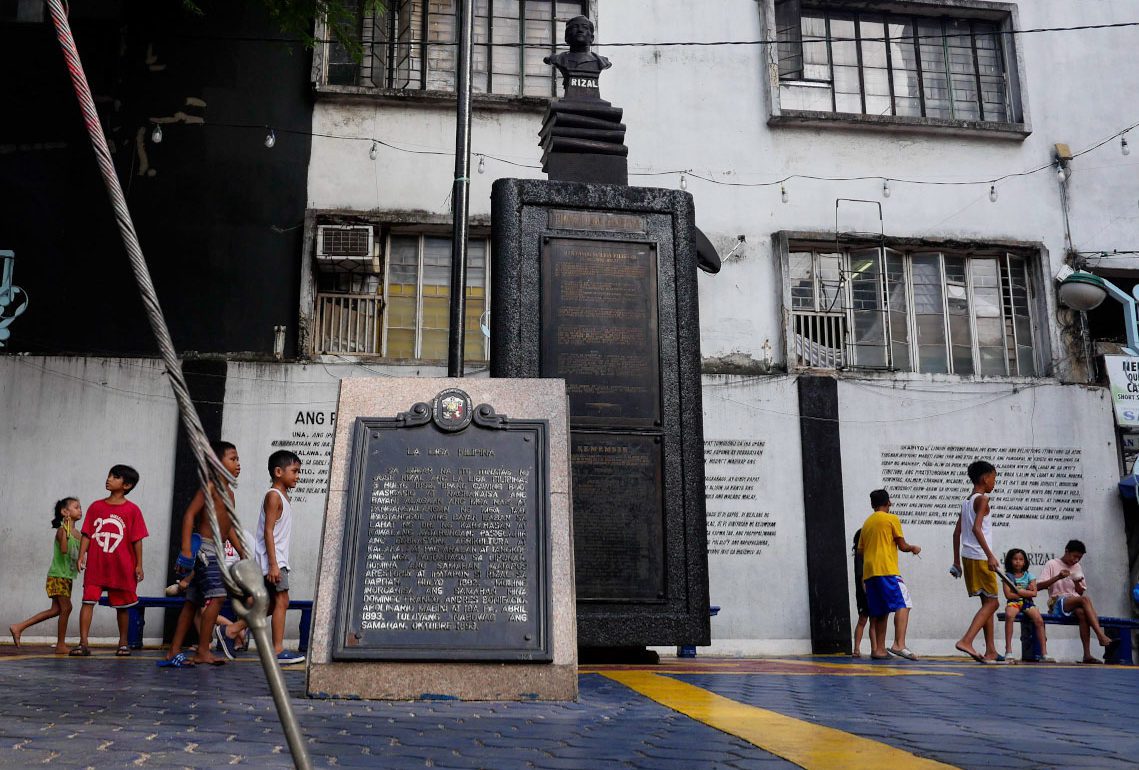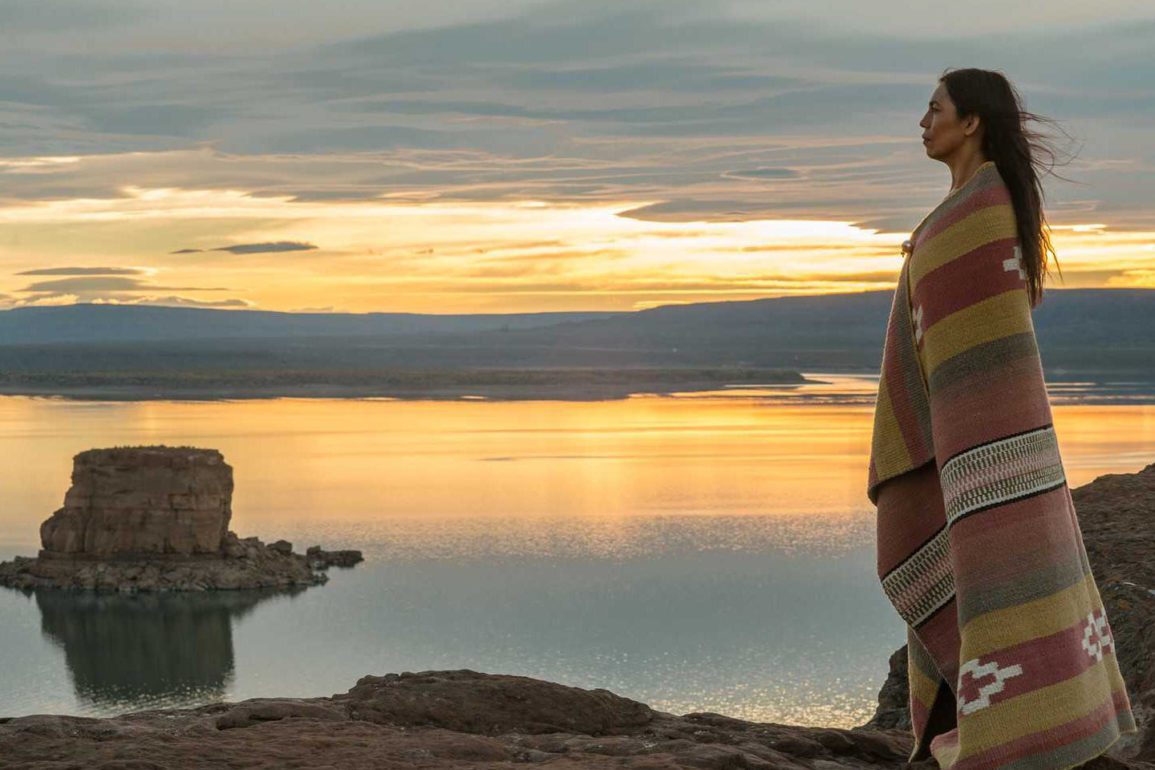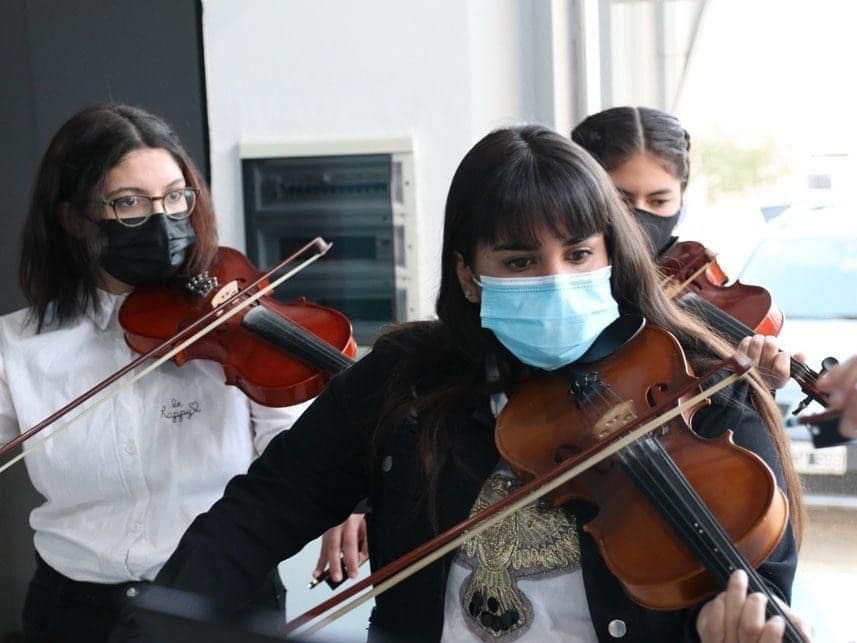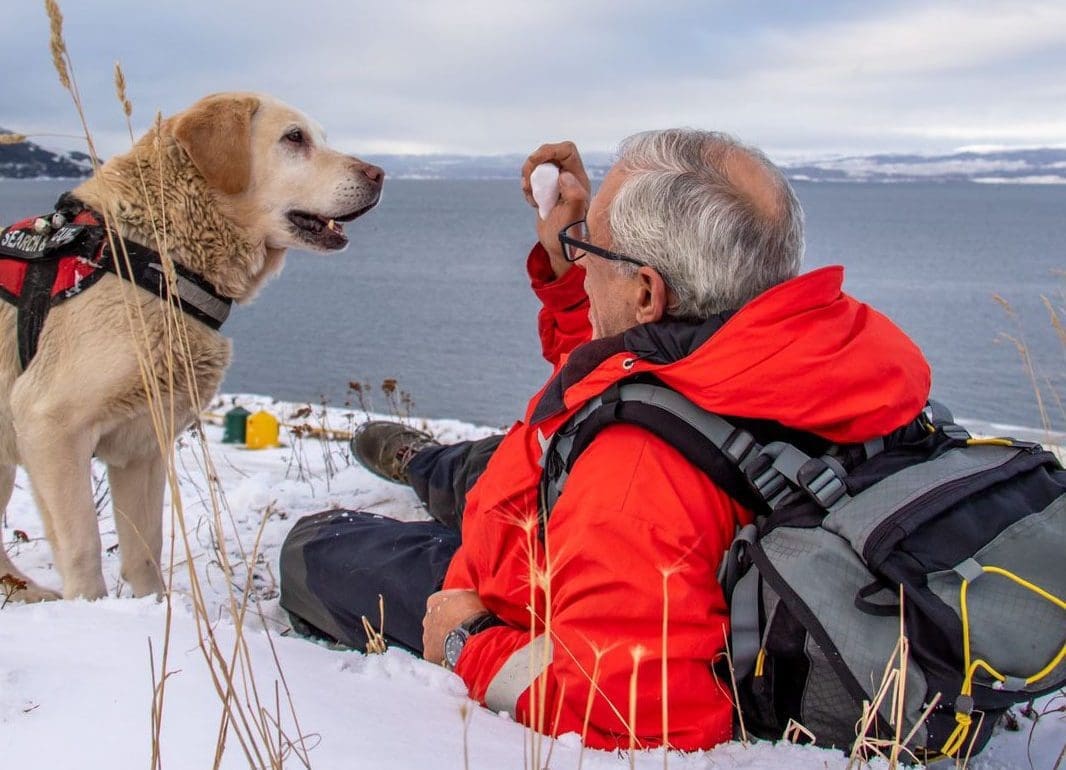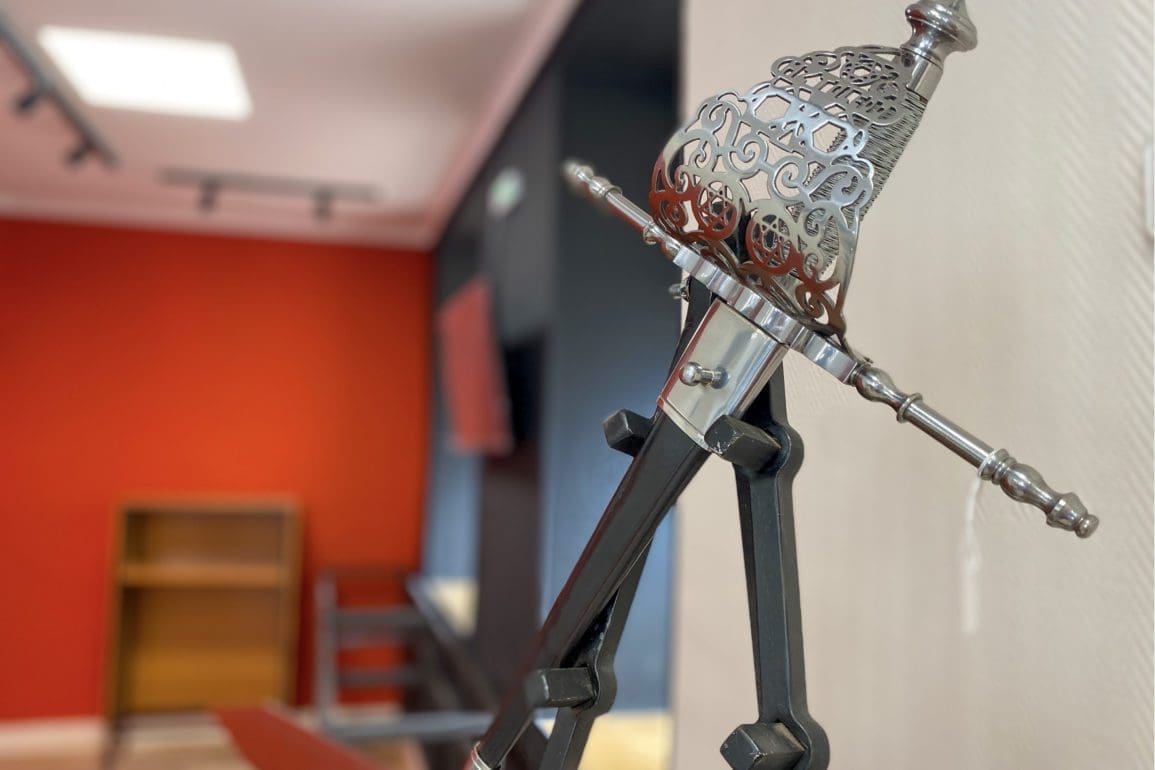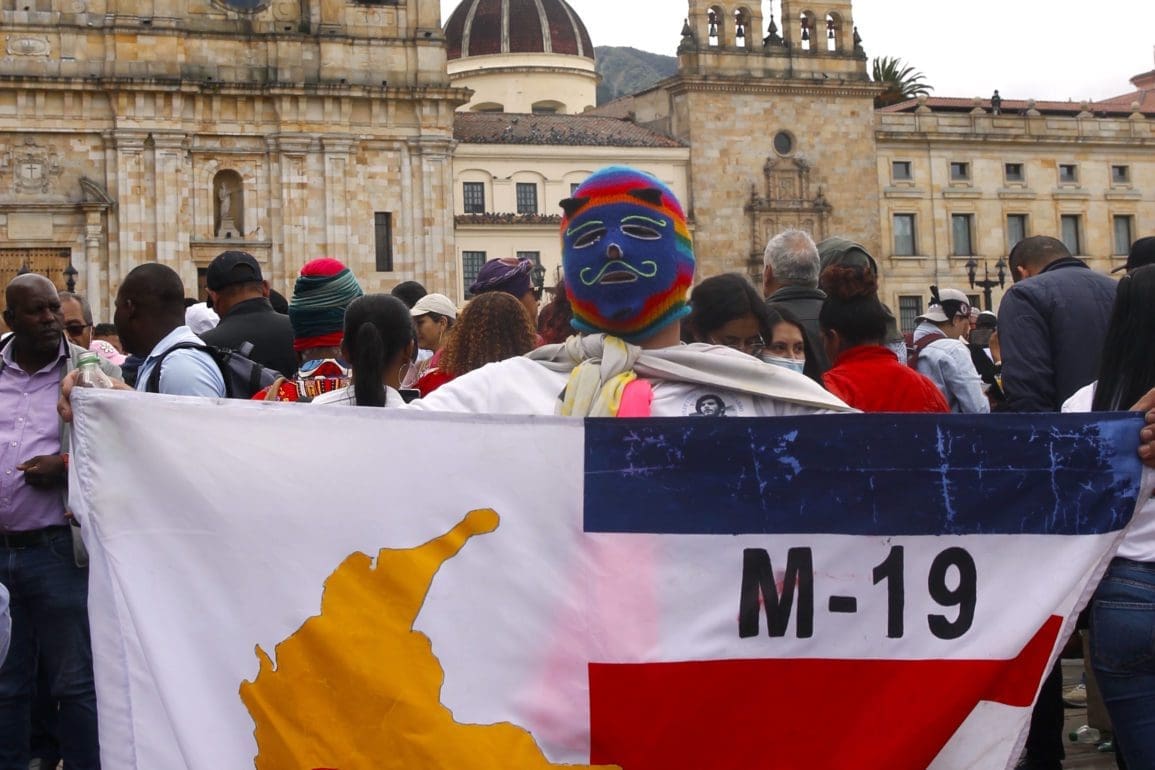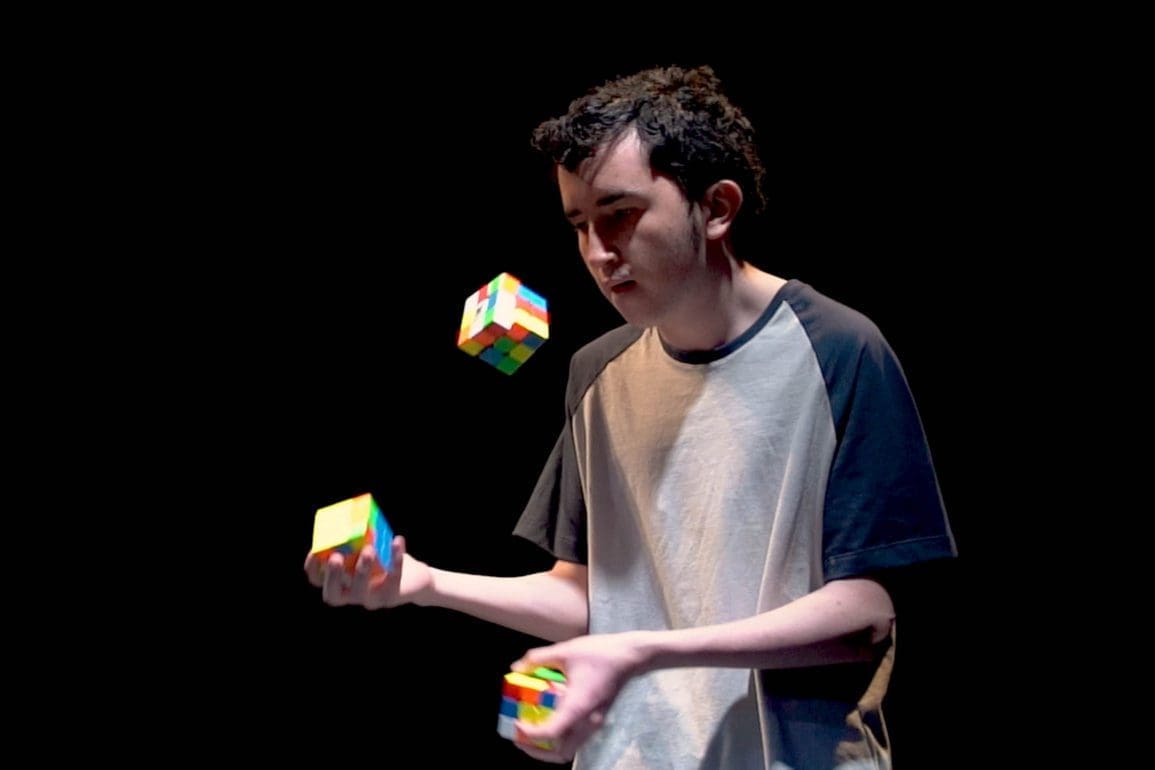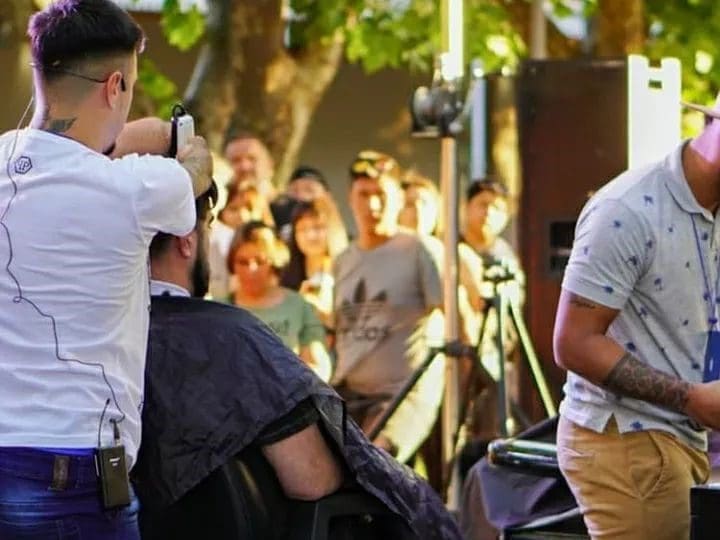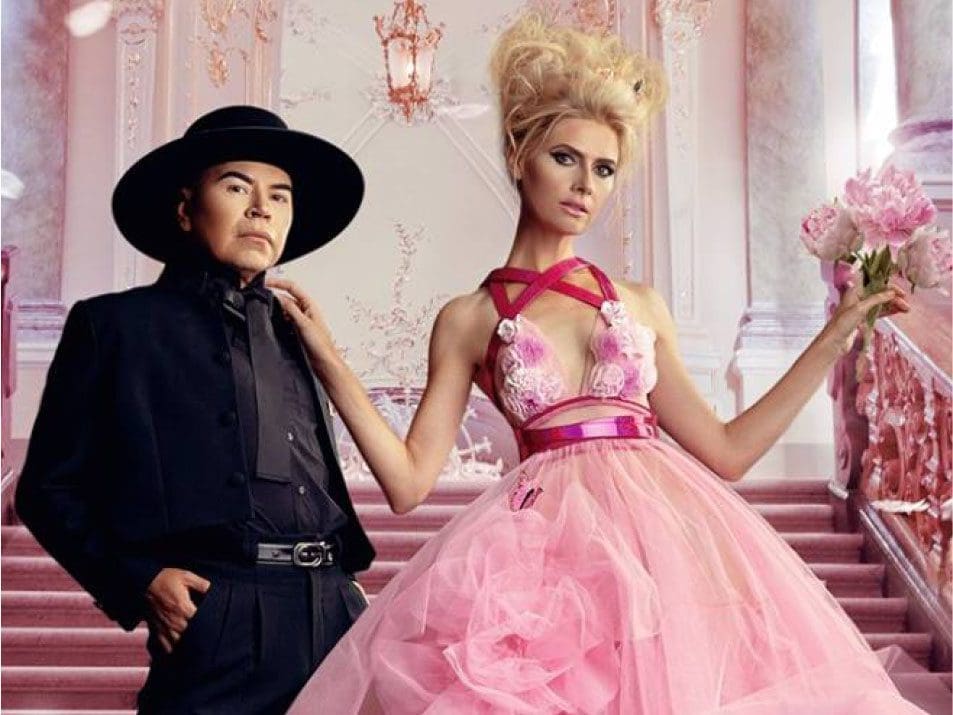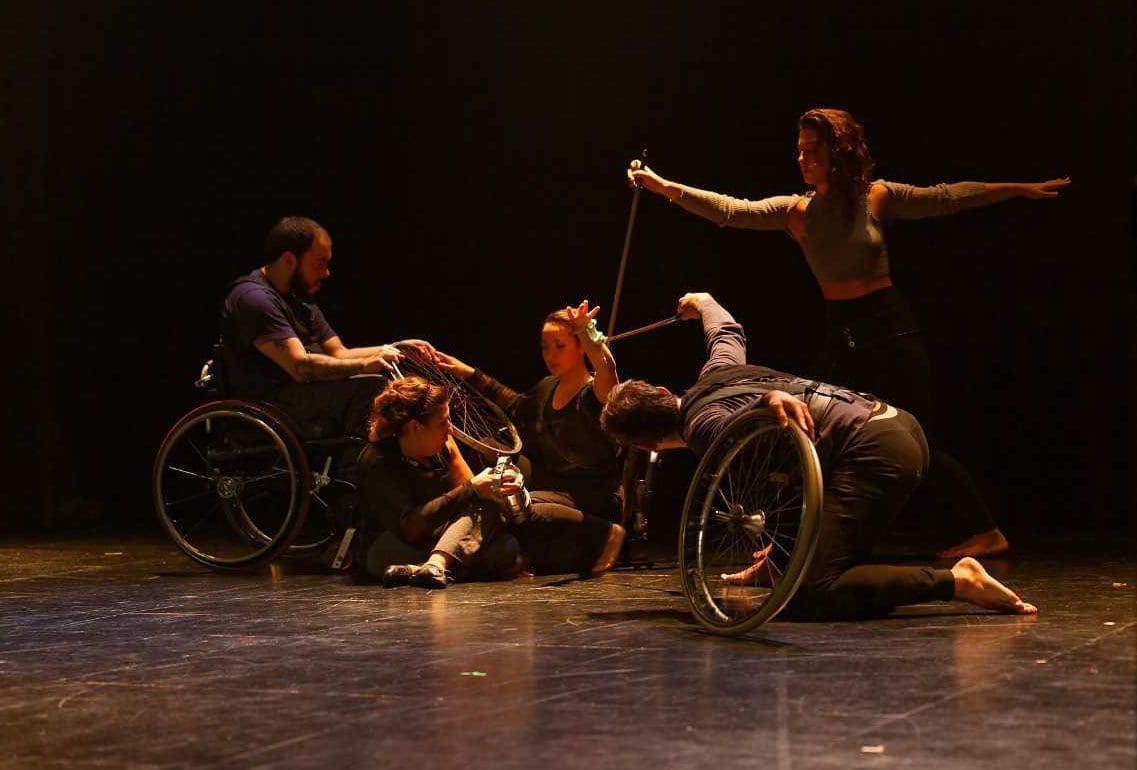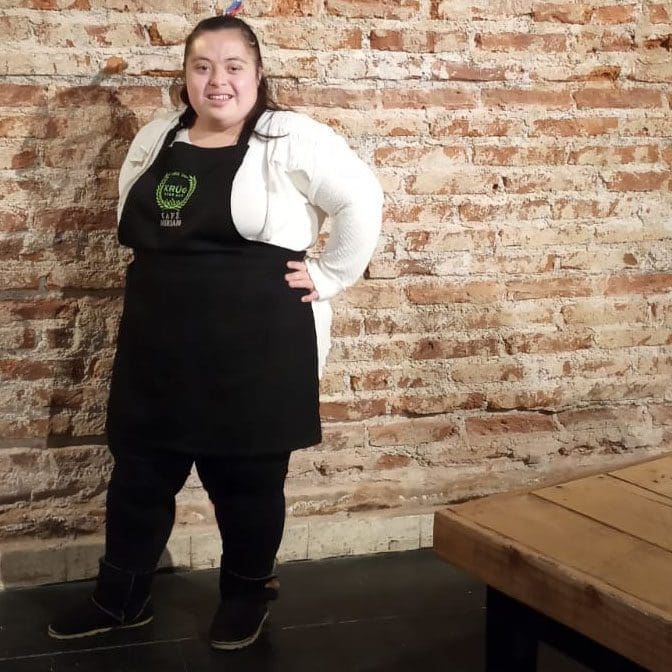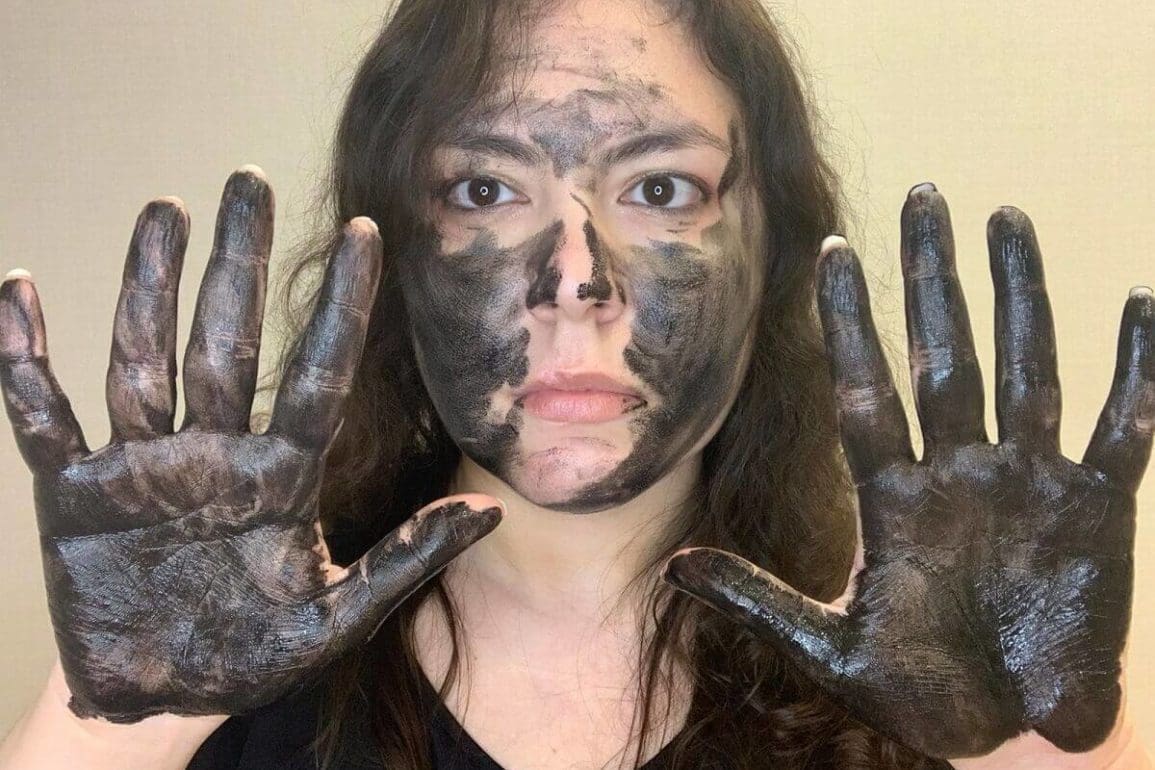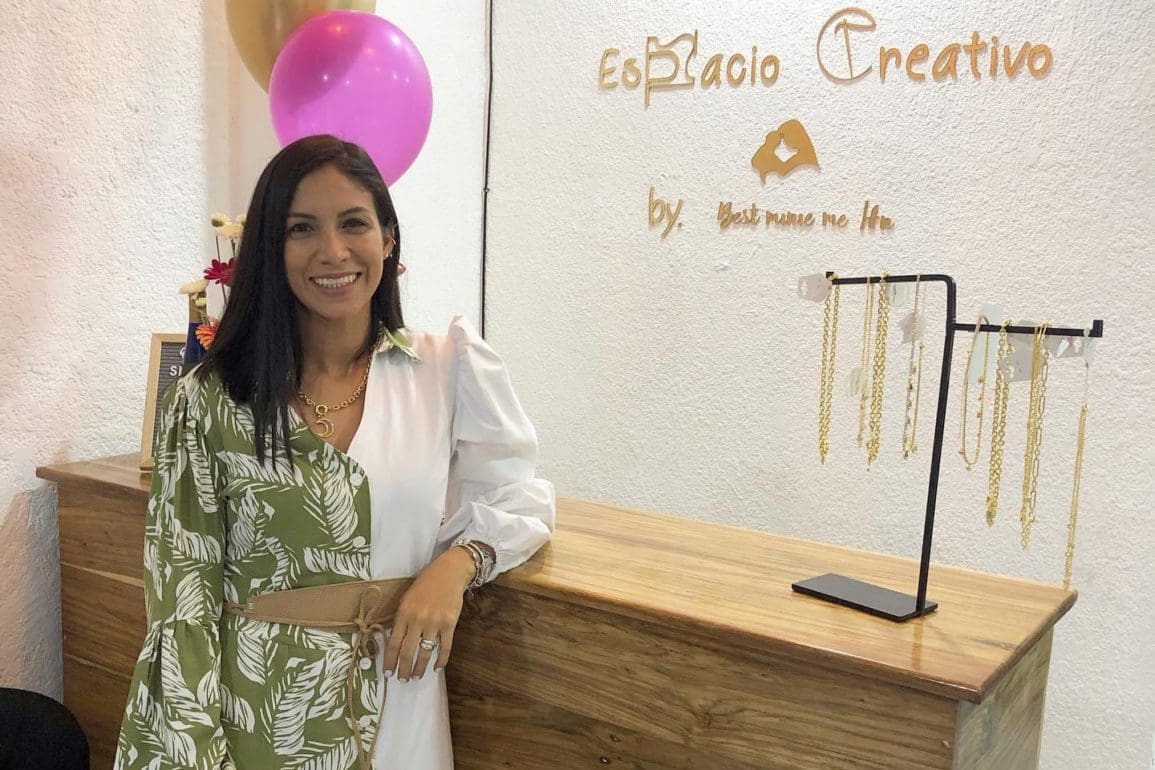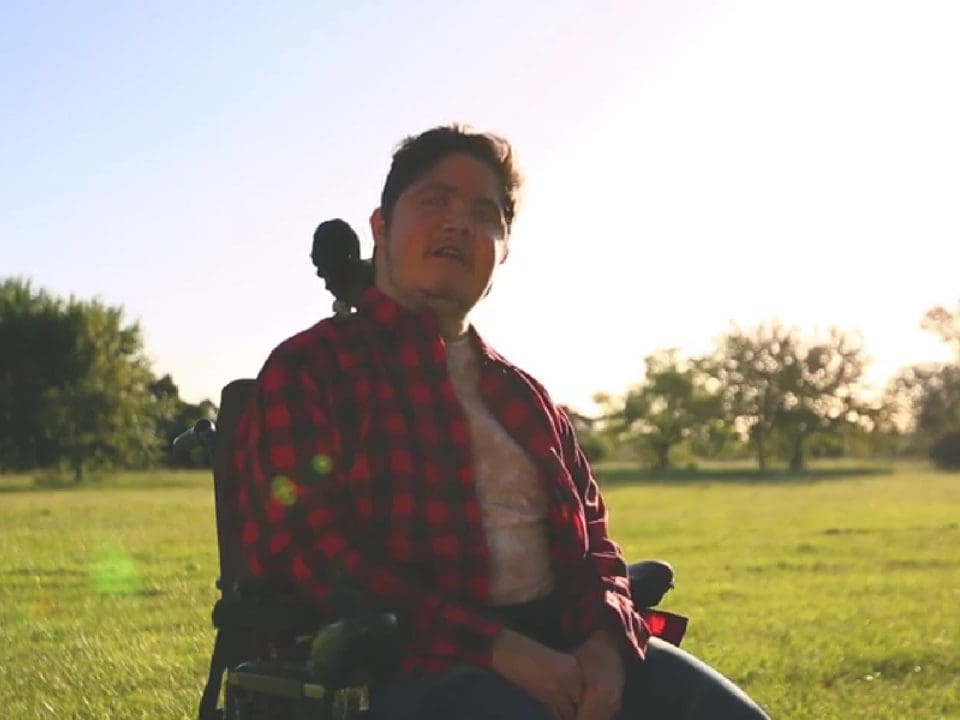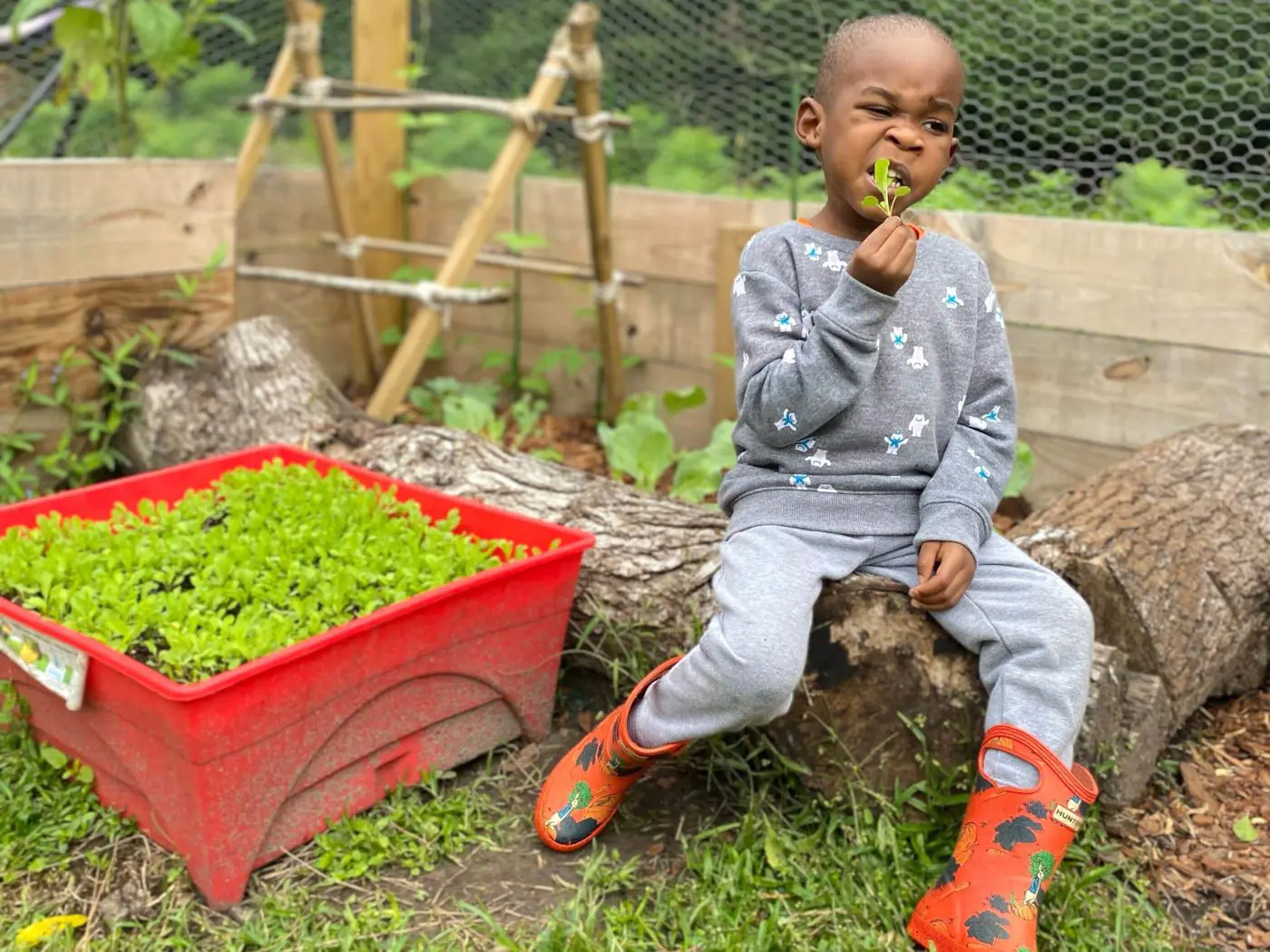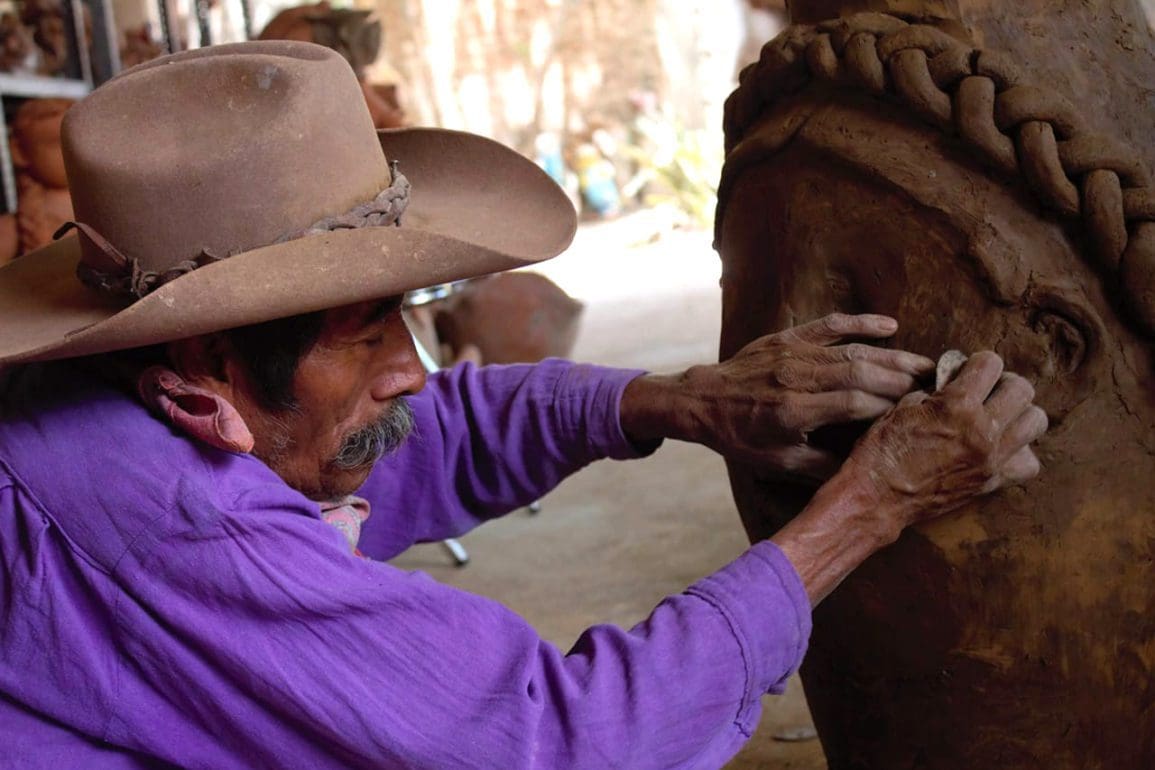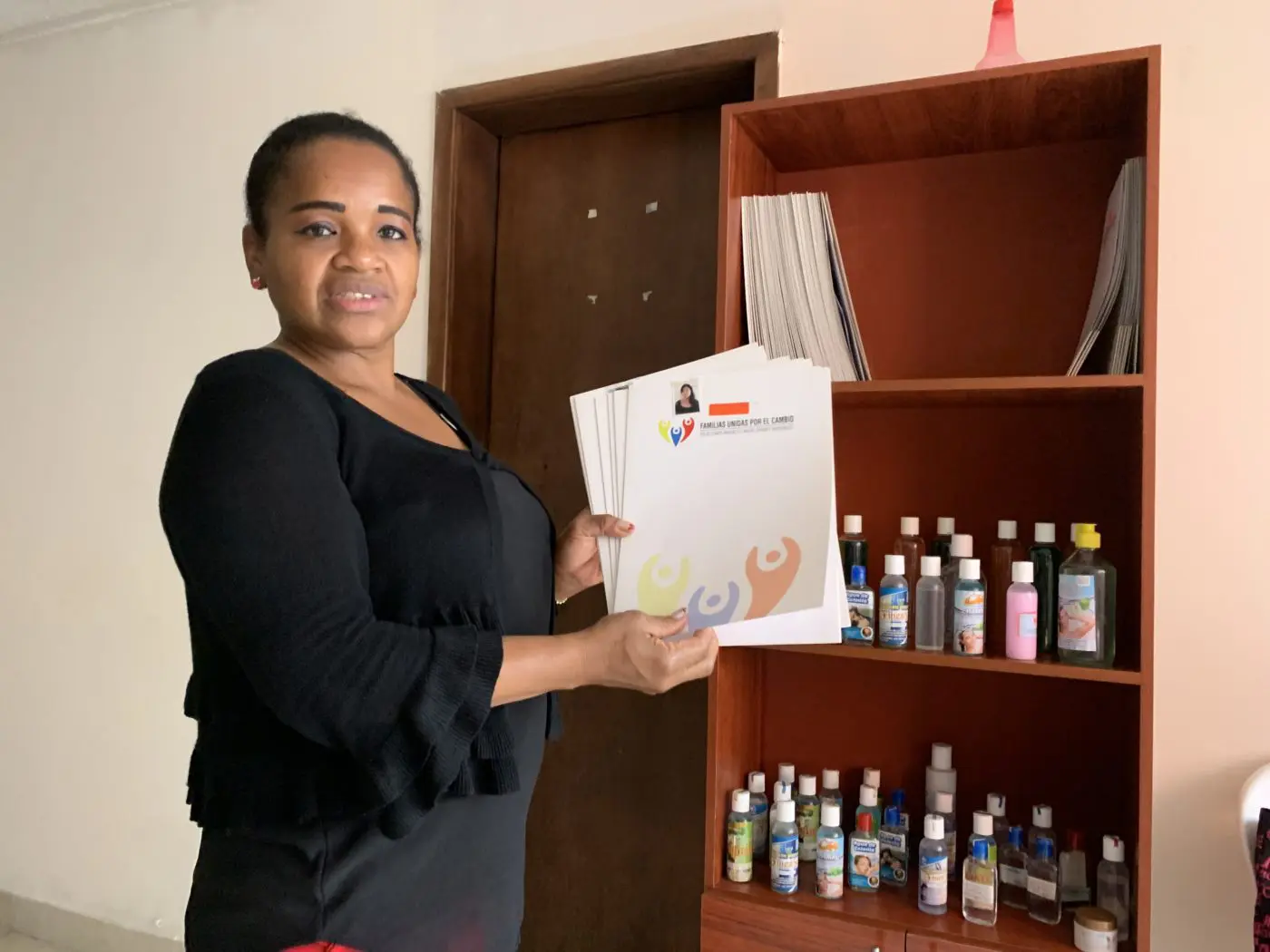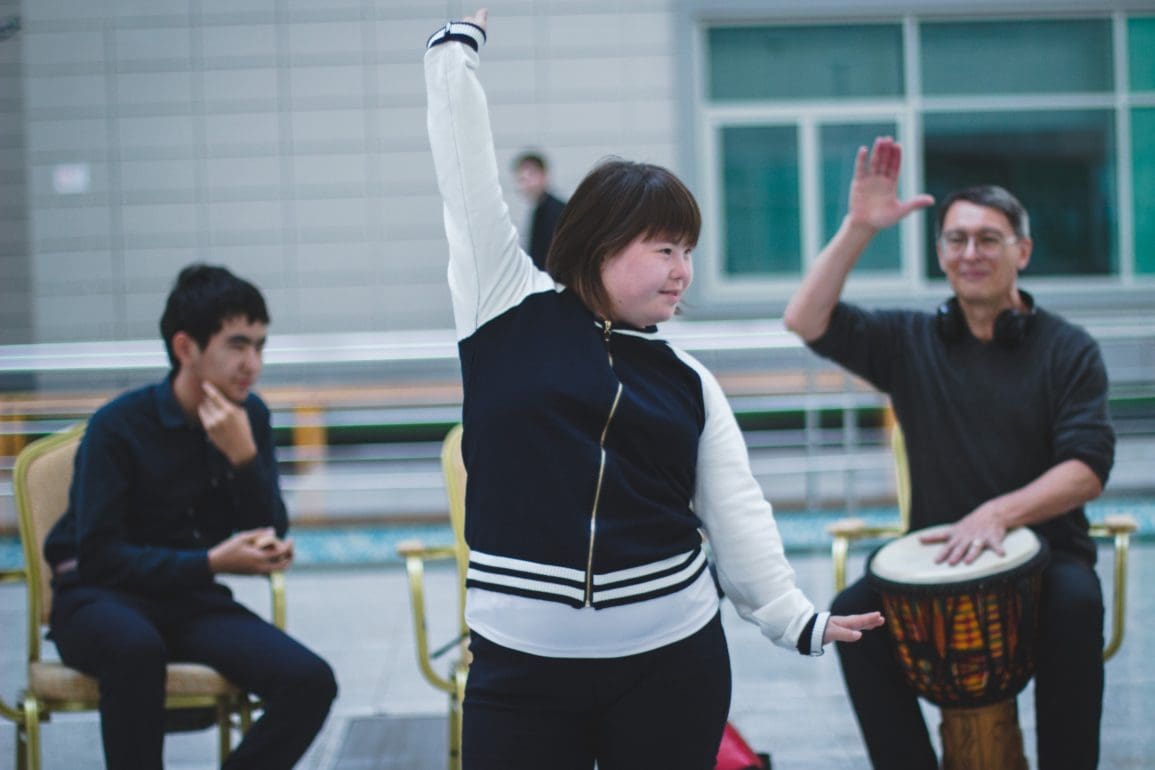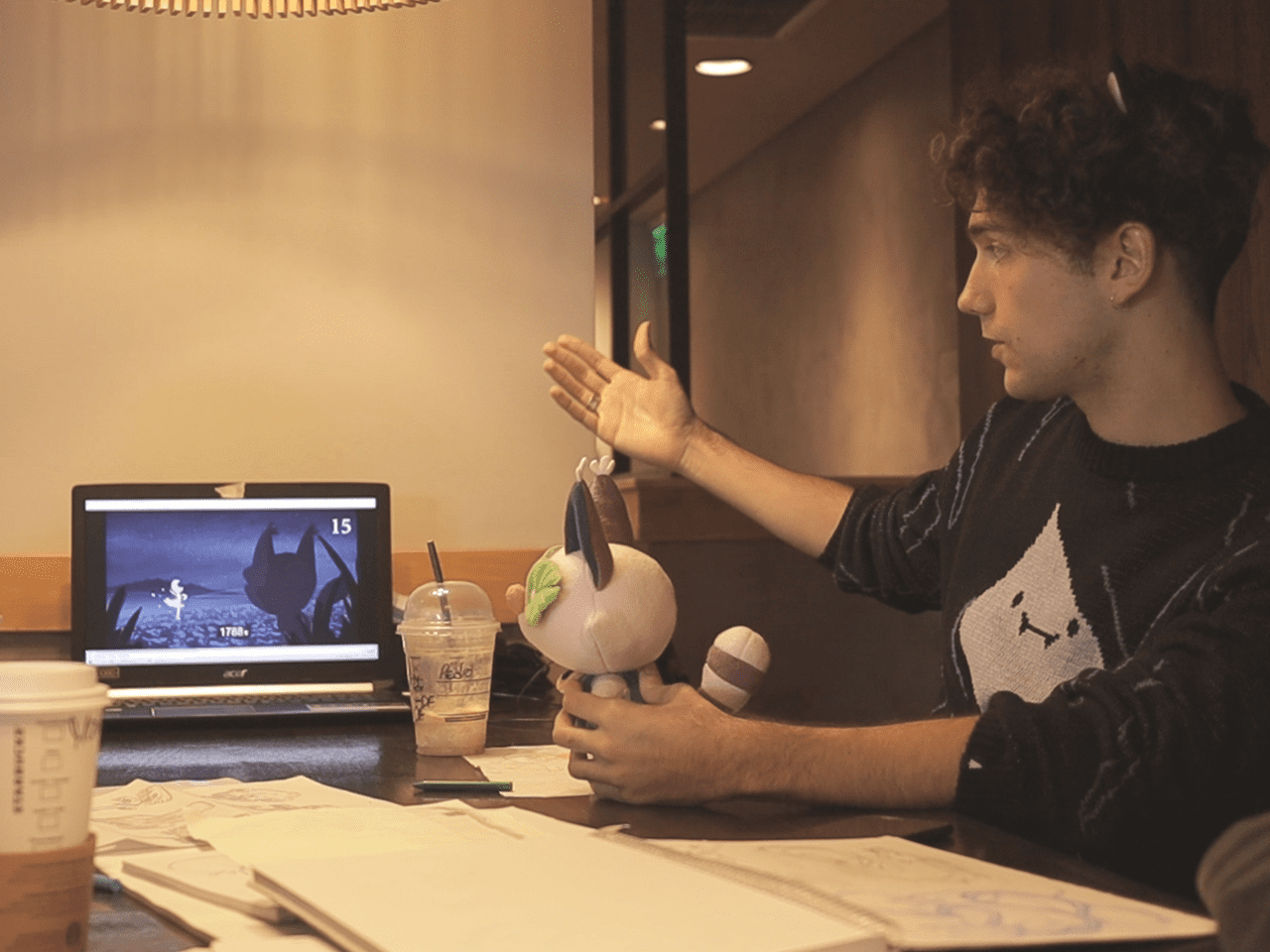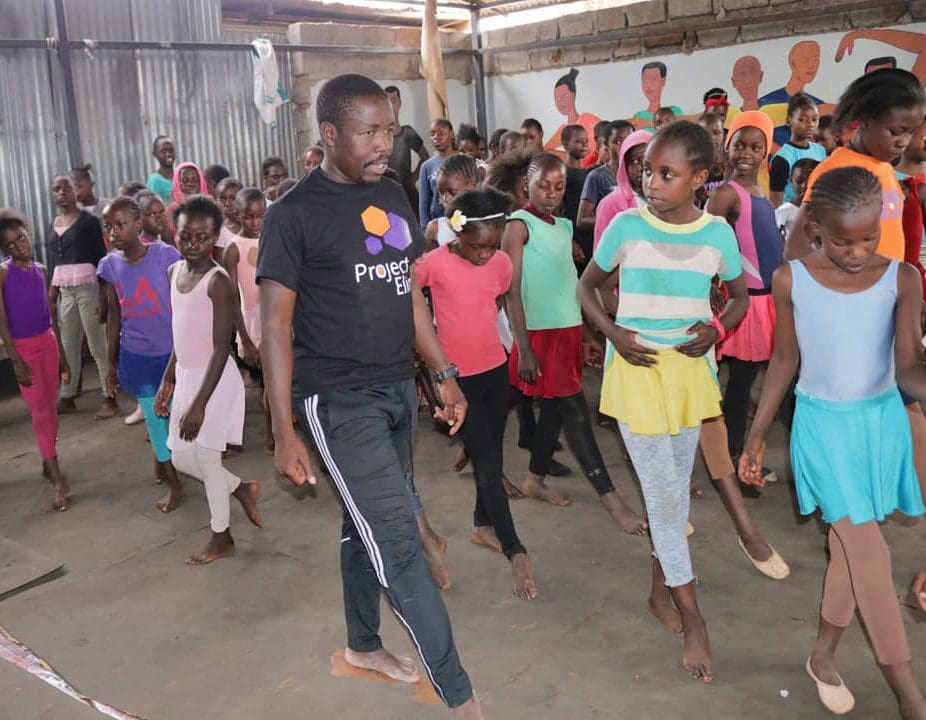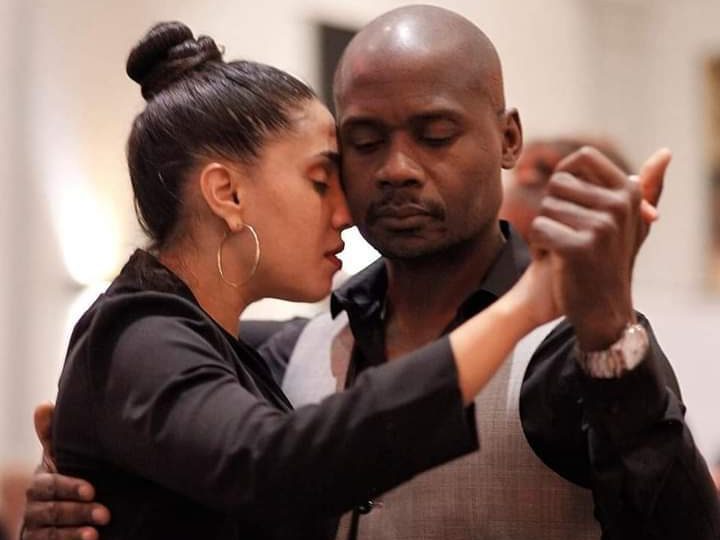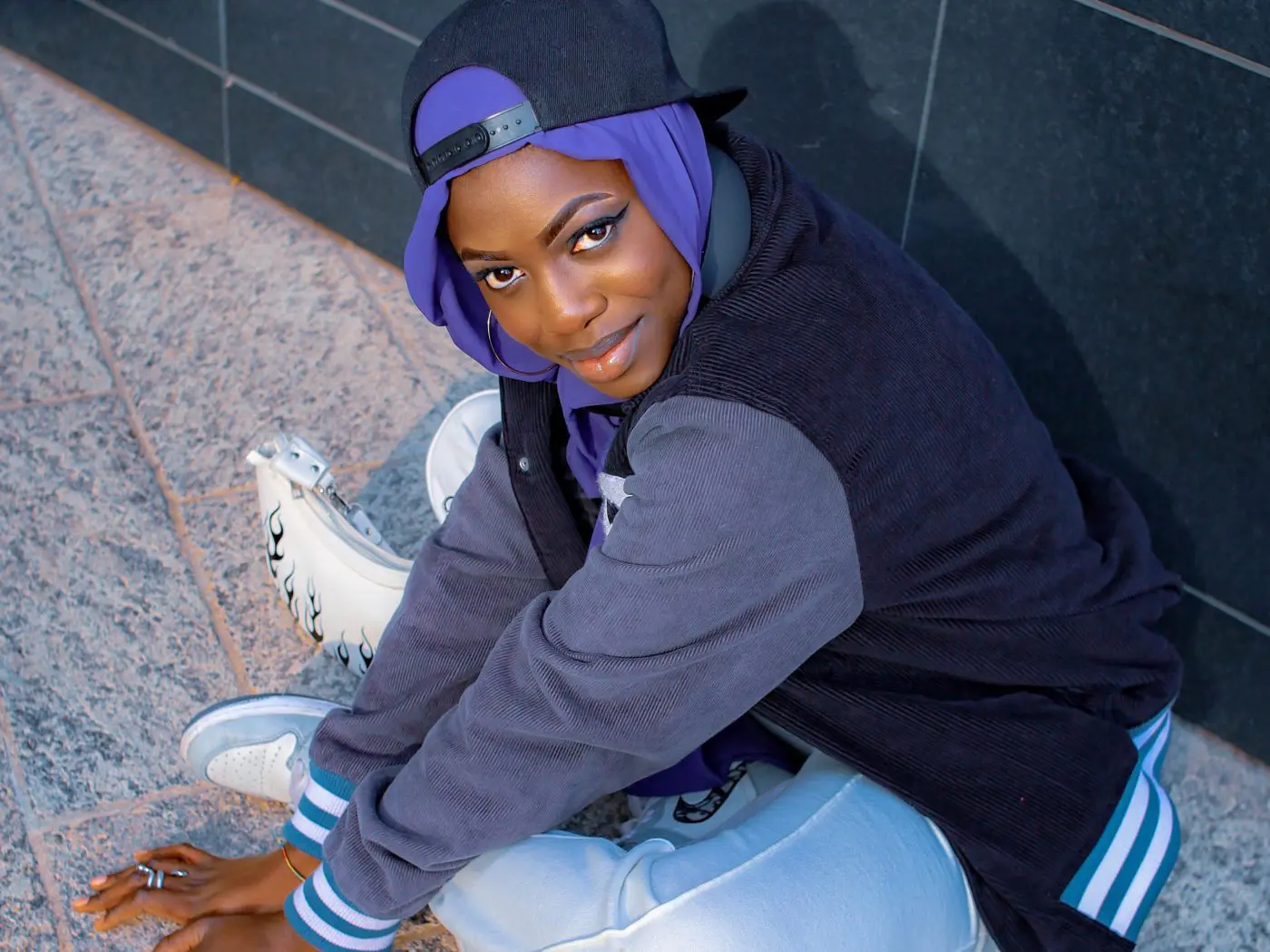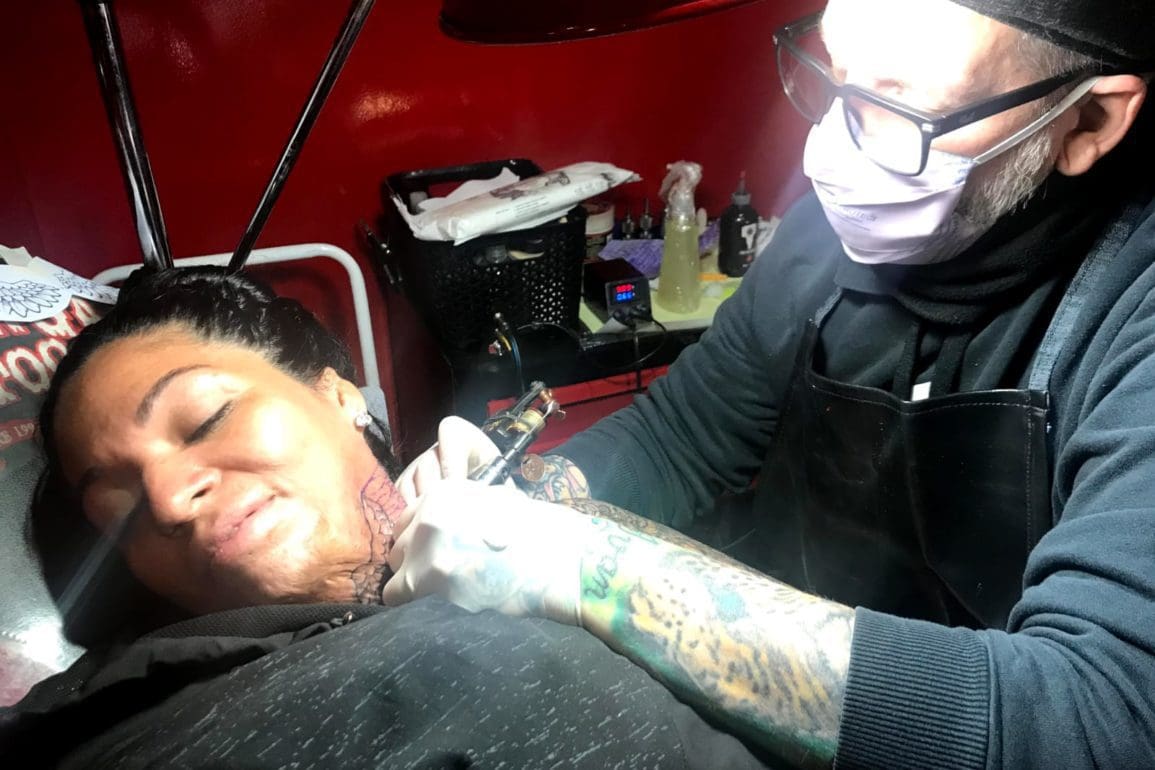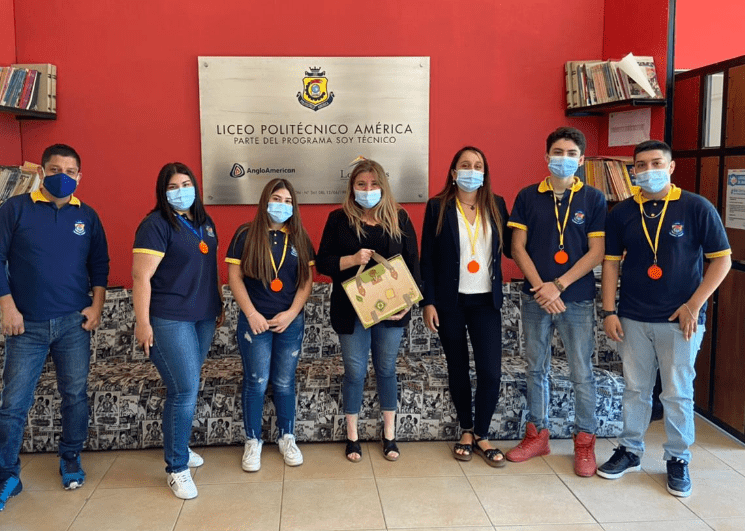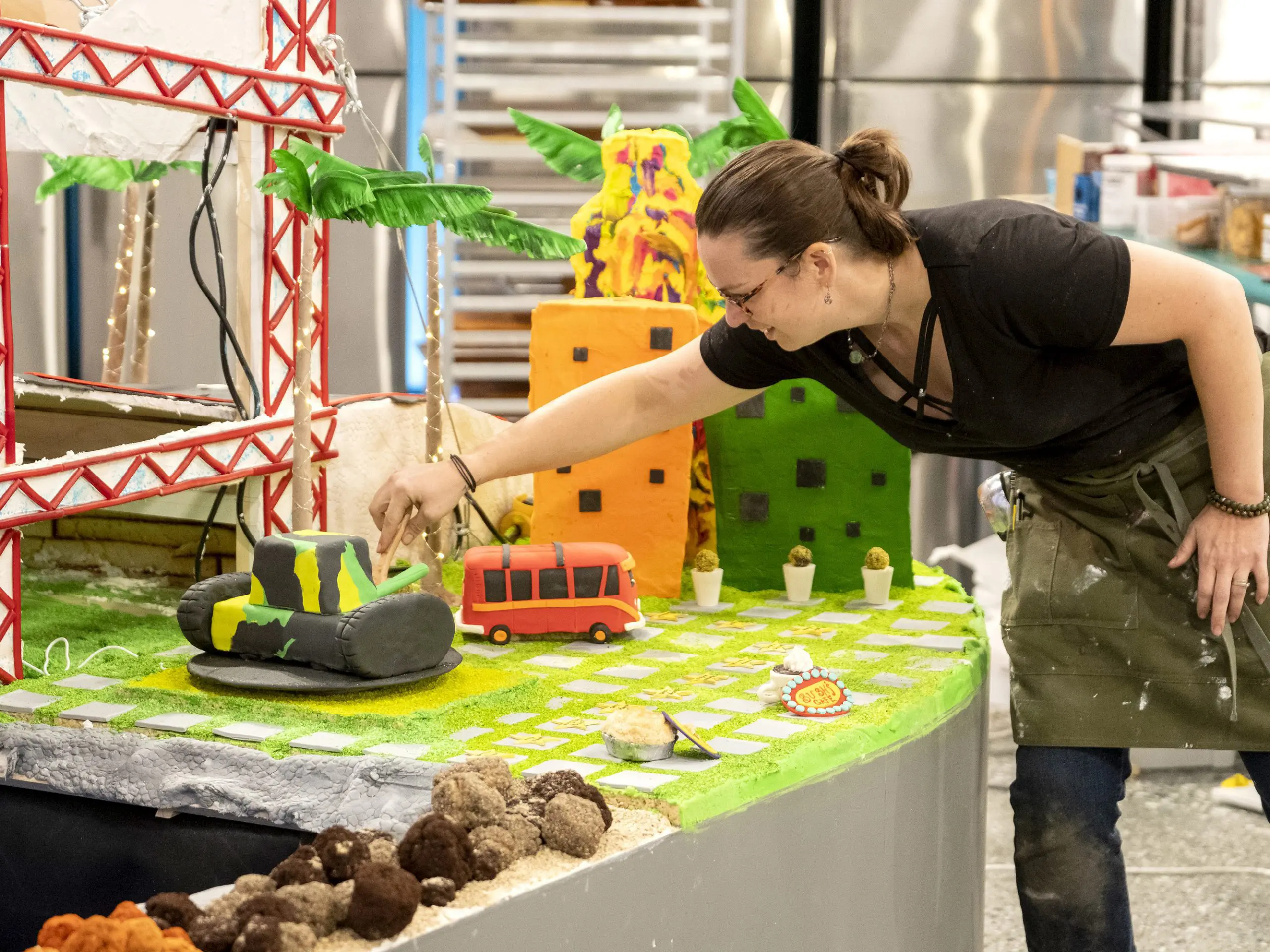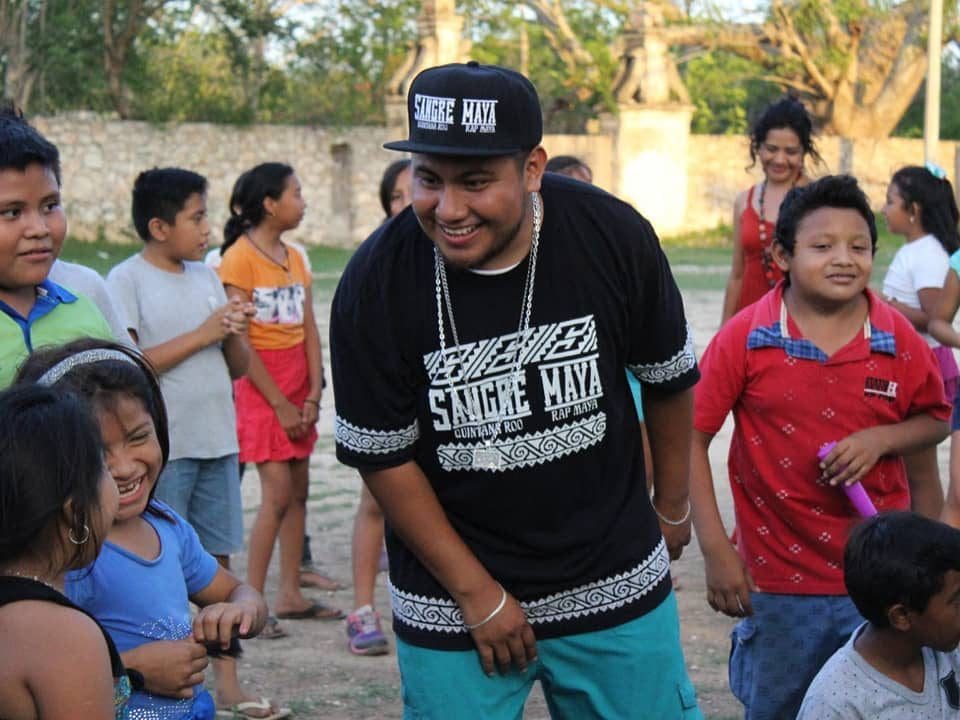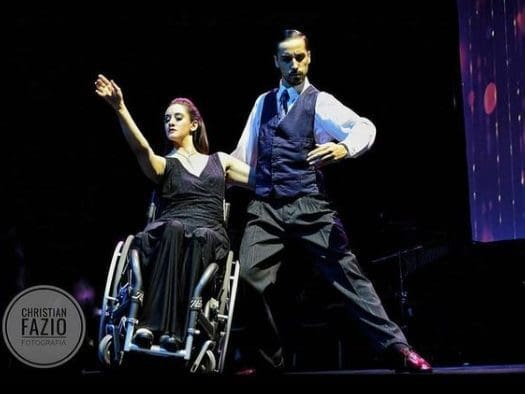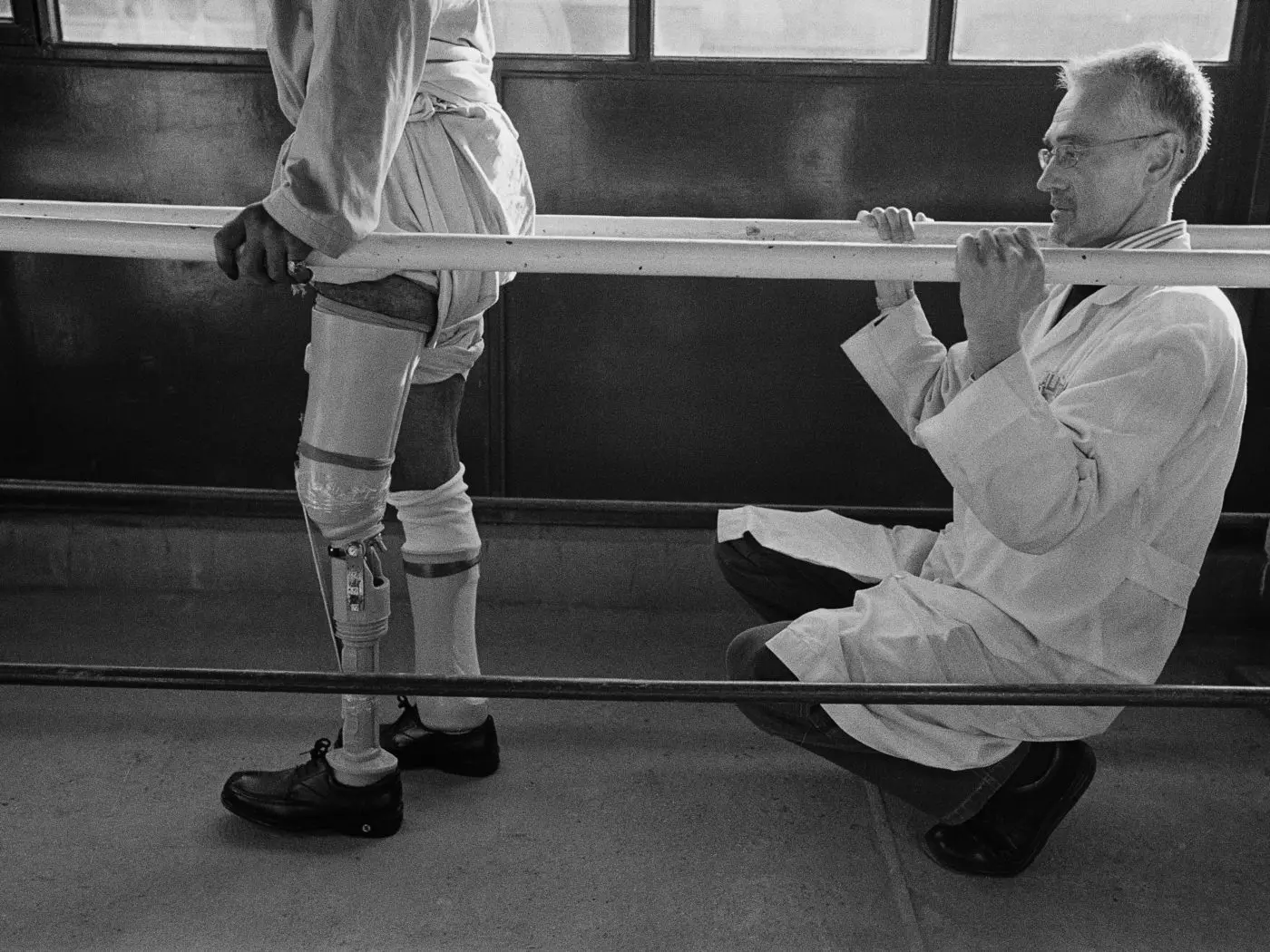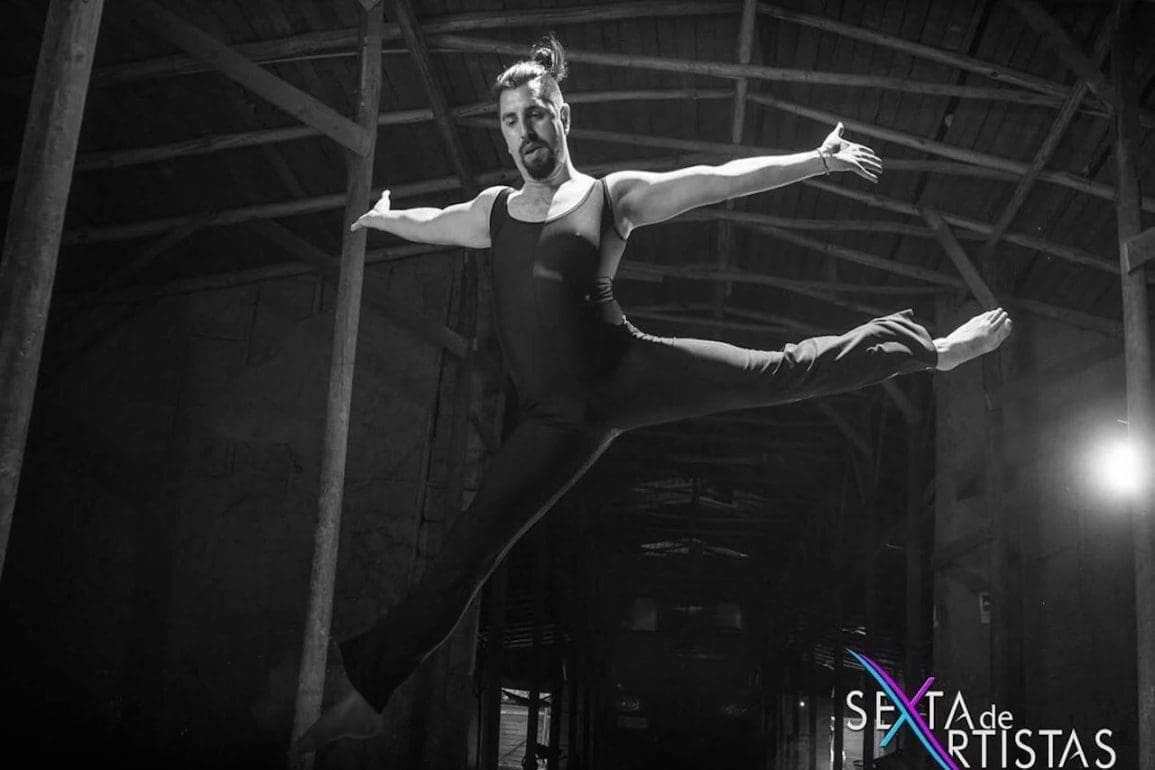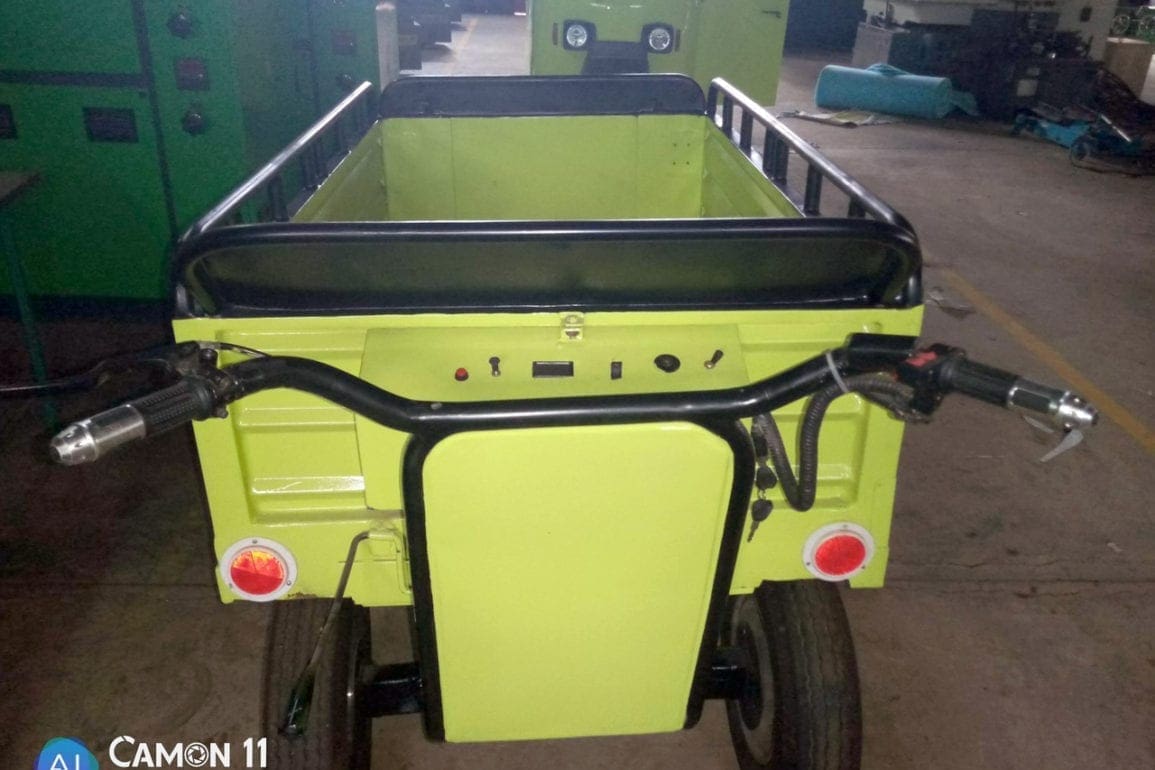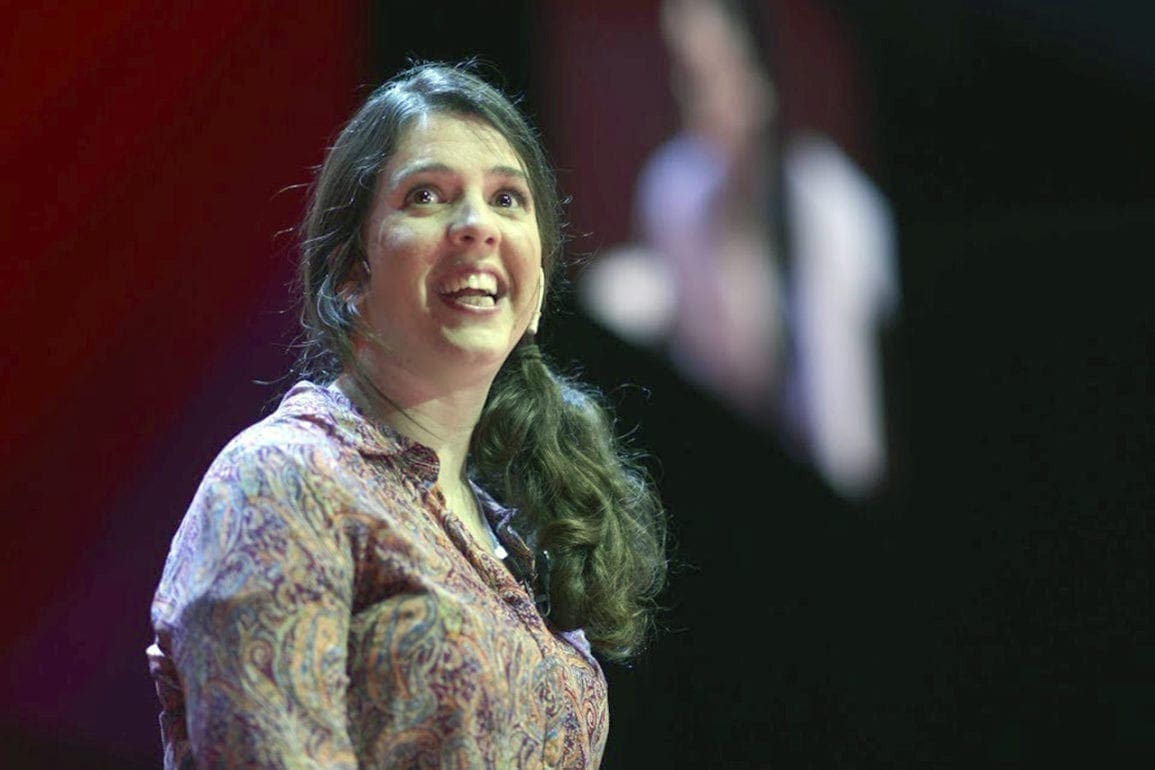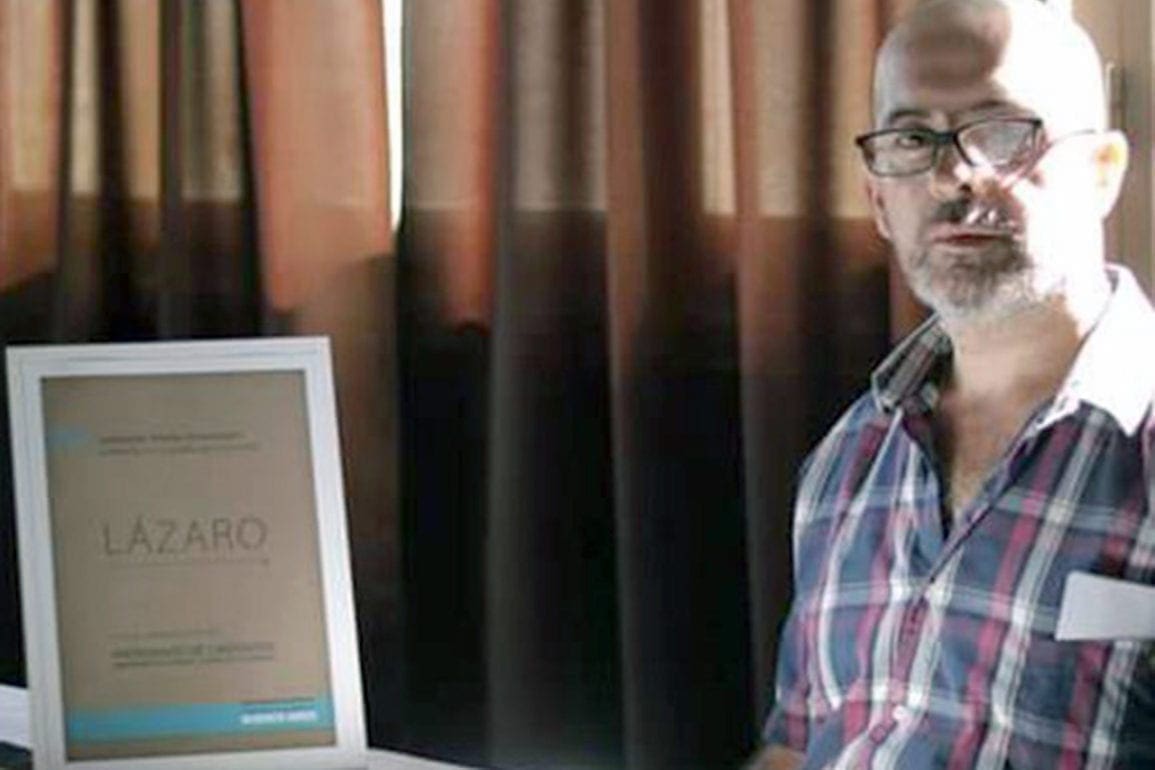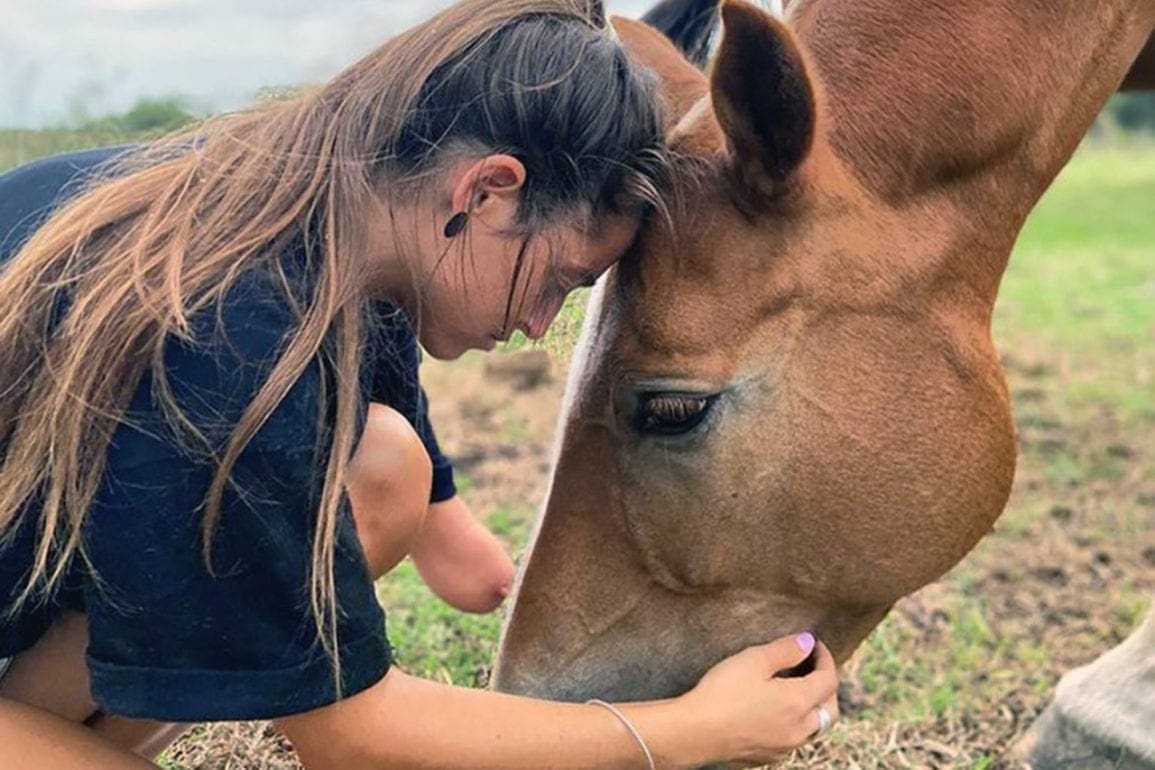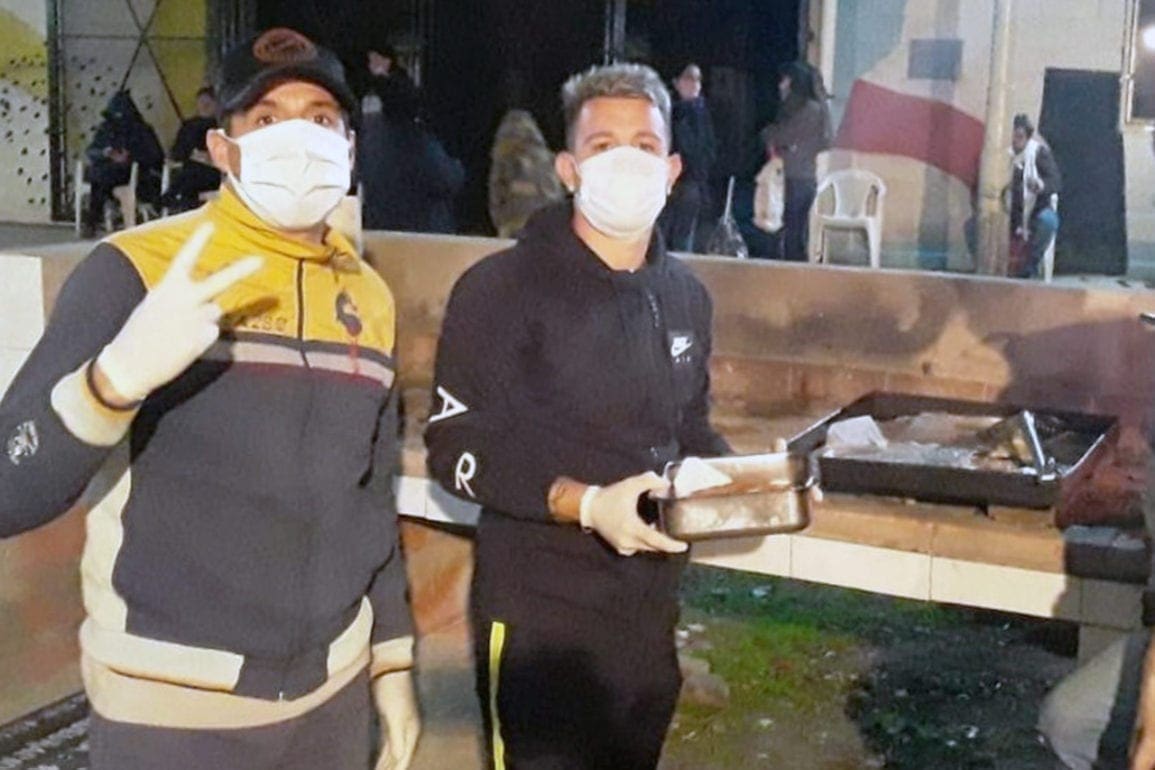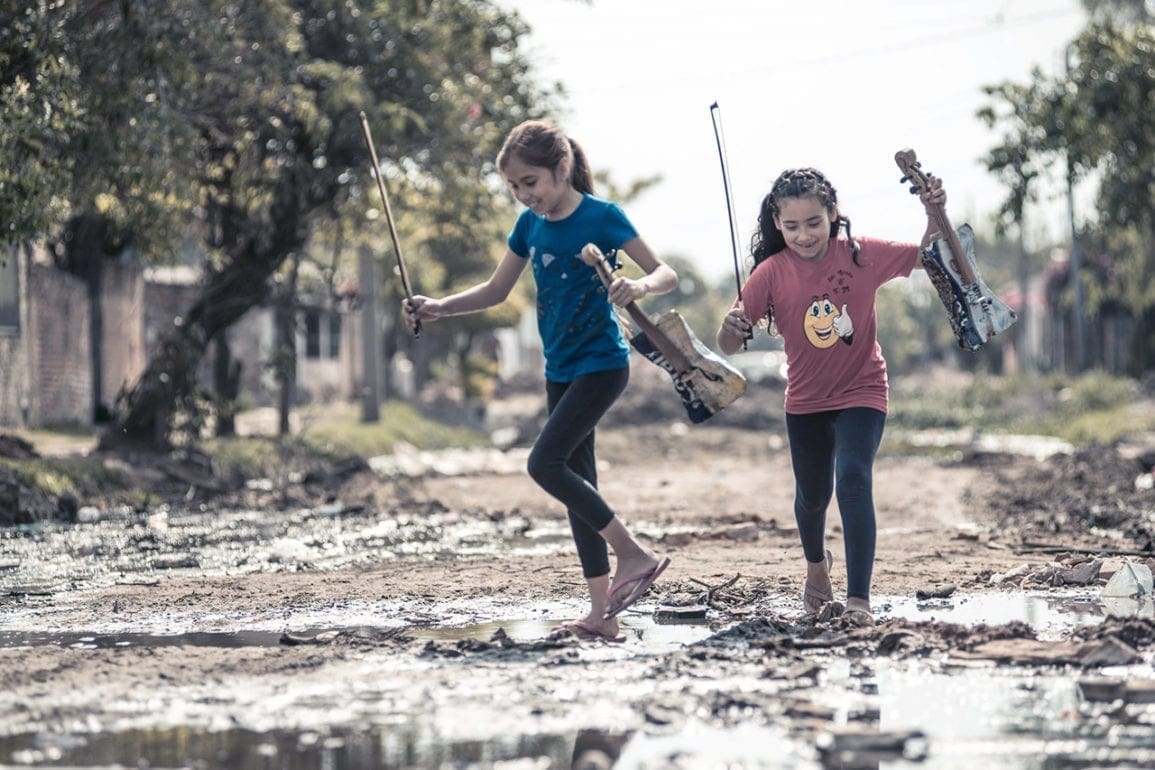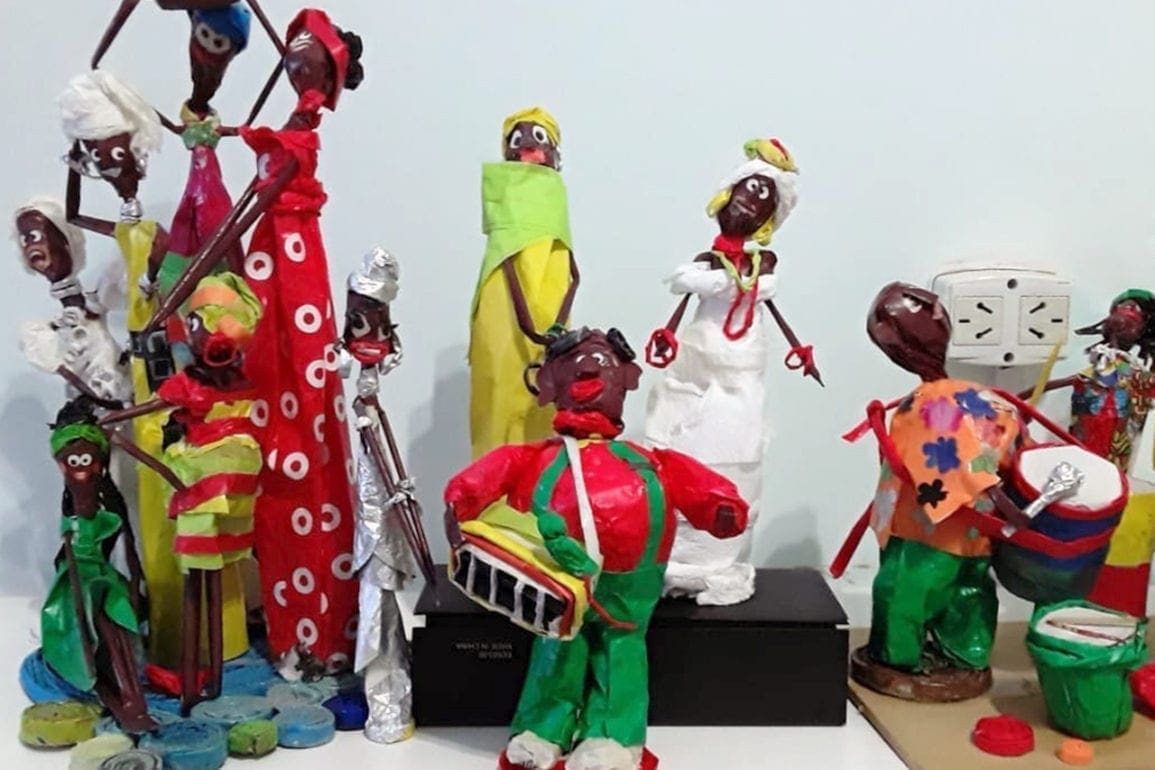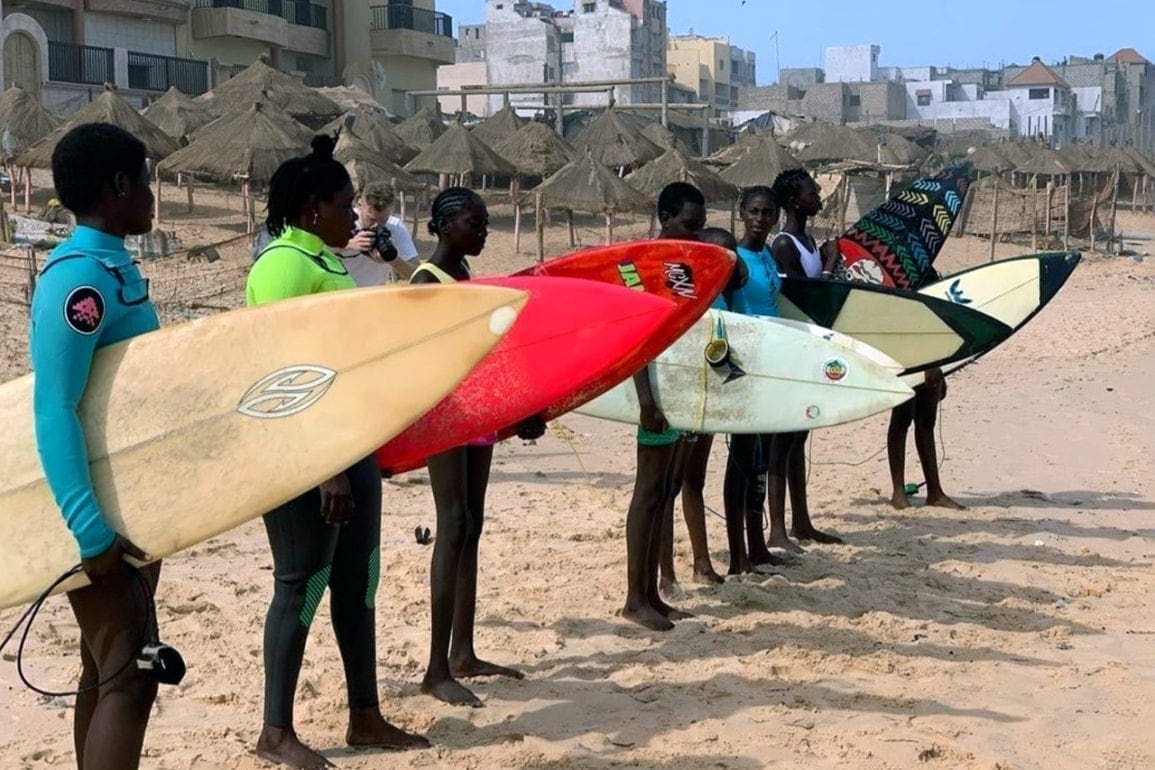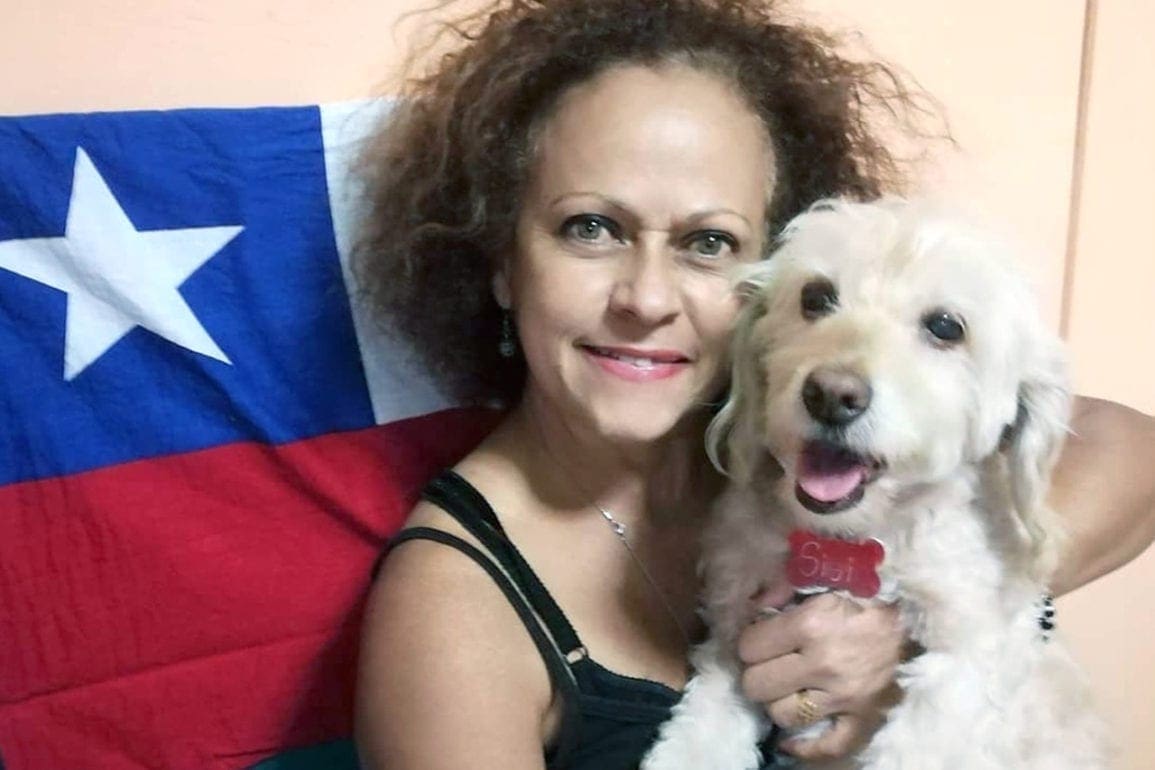Plastic artist in Uruguay transforms cave into cultural heritage site at Punta Ballena beach
The first time I walked into the cave, nothing could be seen. I kept my arms outstretched to feel the walls and textures. My senses erupted. That same day, I improvised a door. Despite its shortcomings, I felt how the waves cradled me.
- 3 years ago
October 19, 2022

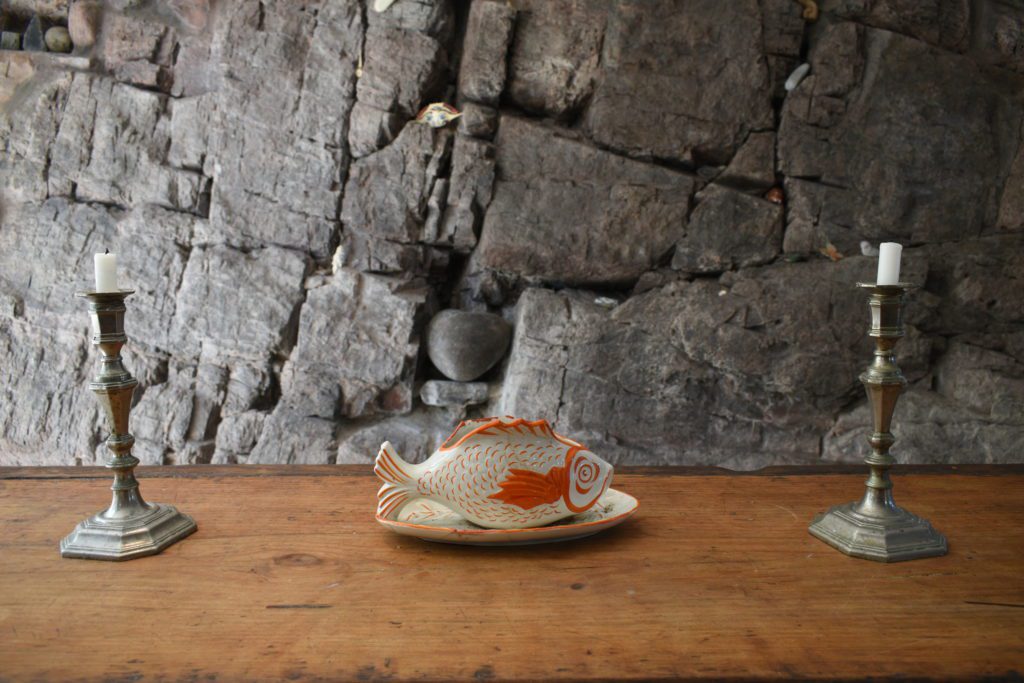
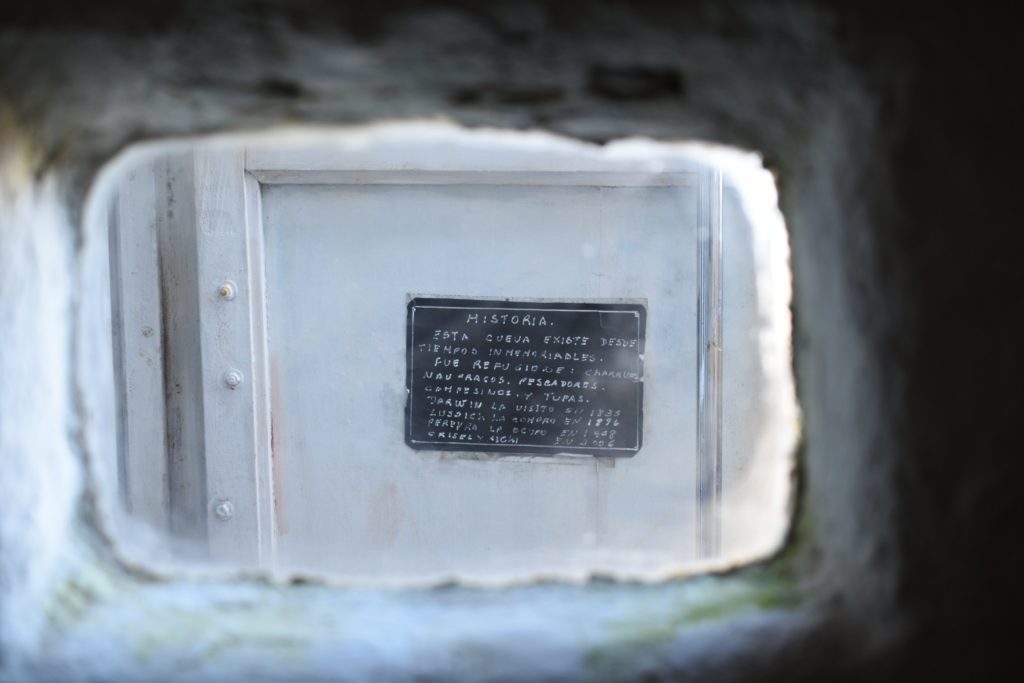
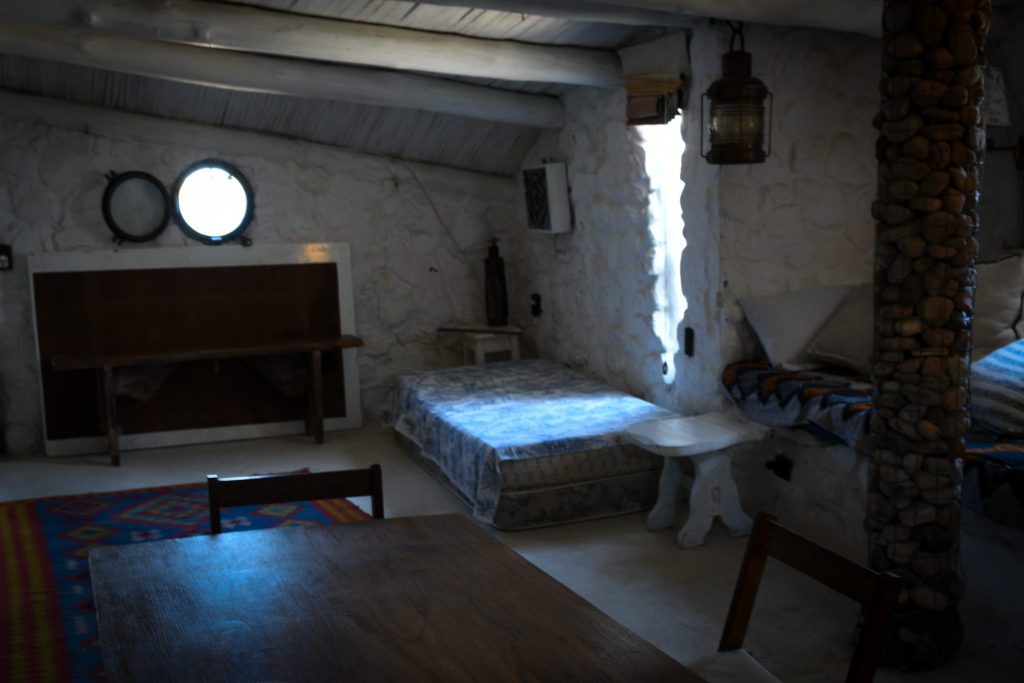
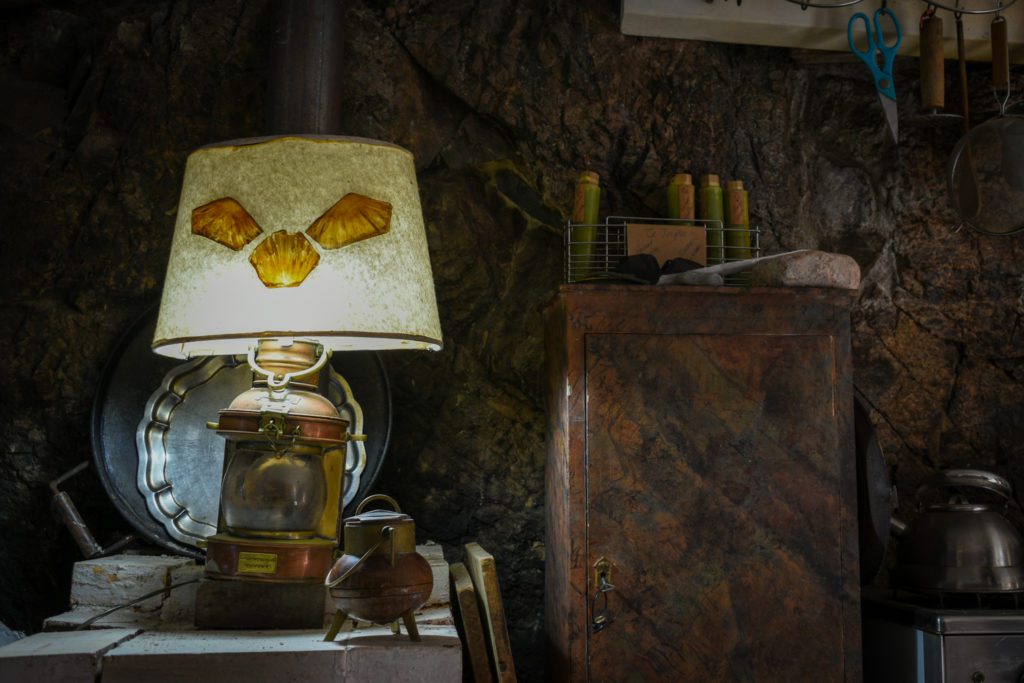
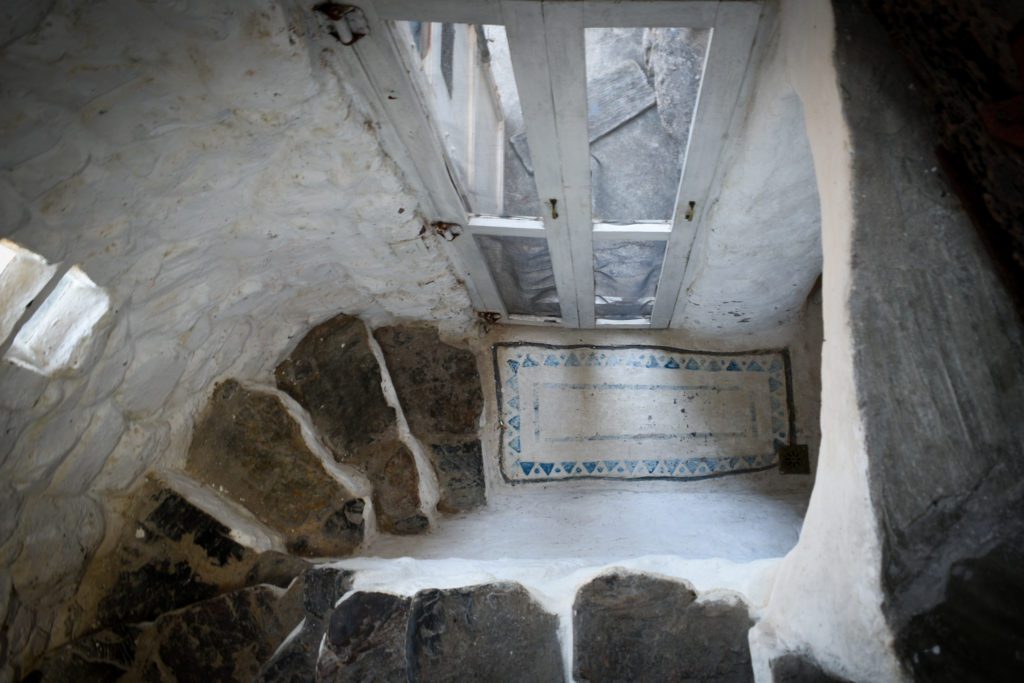
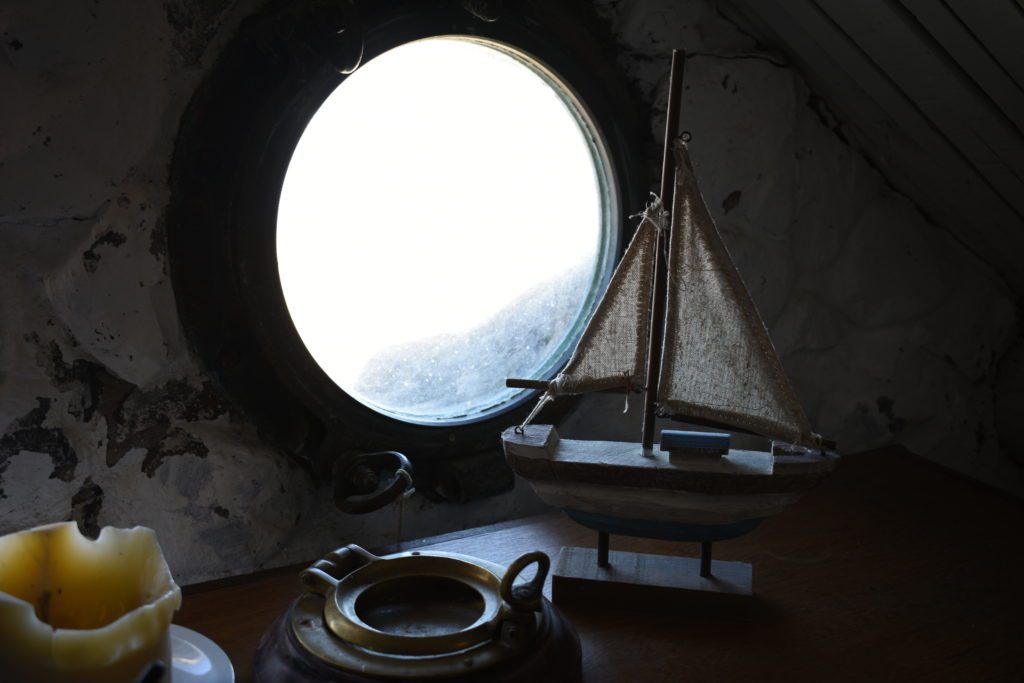
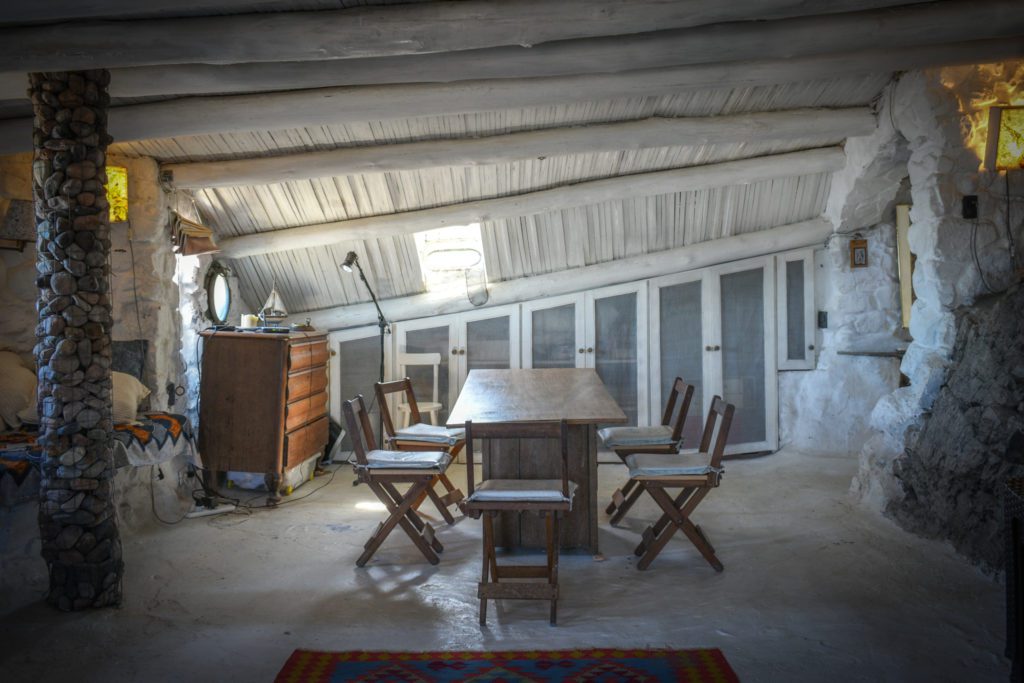
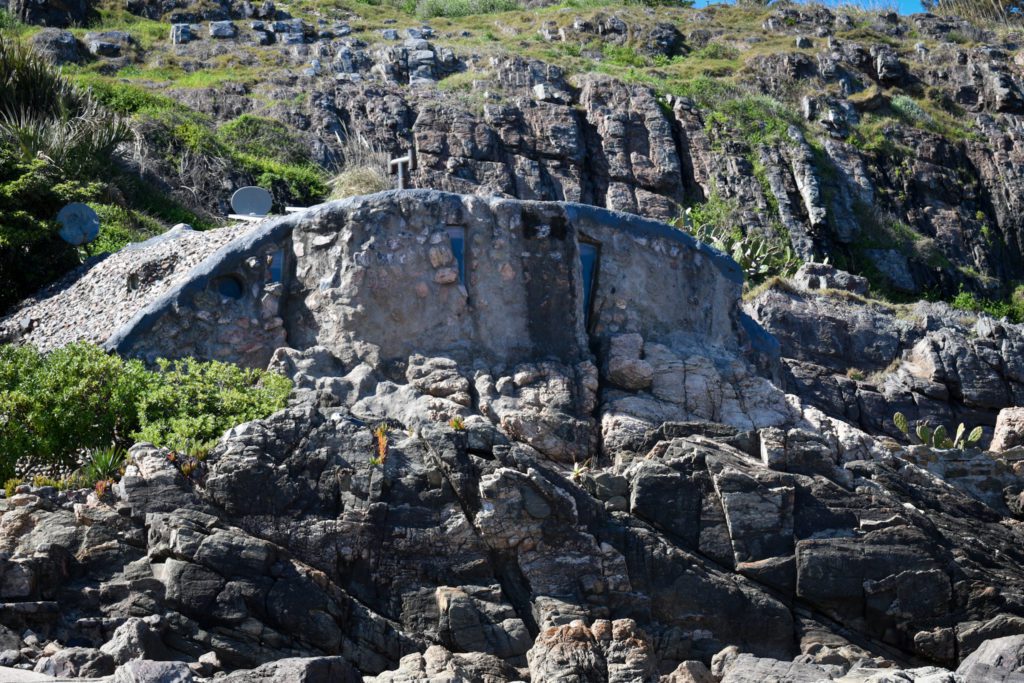
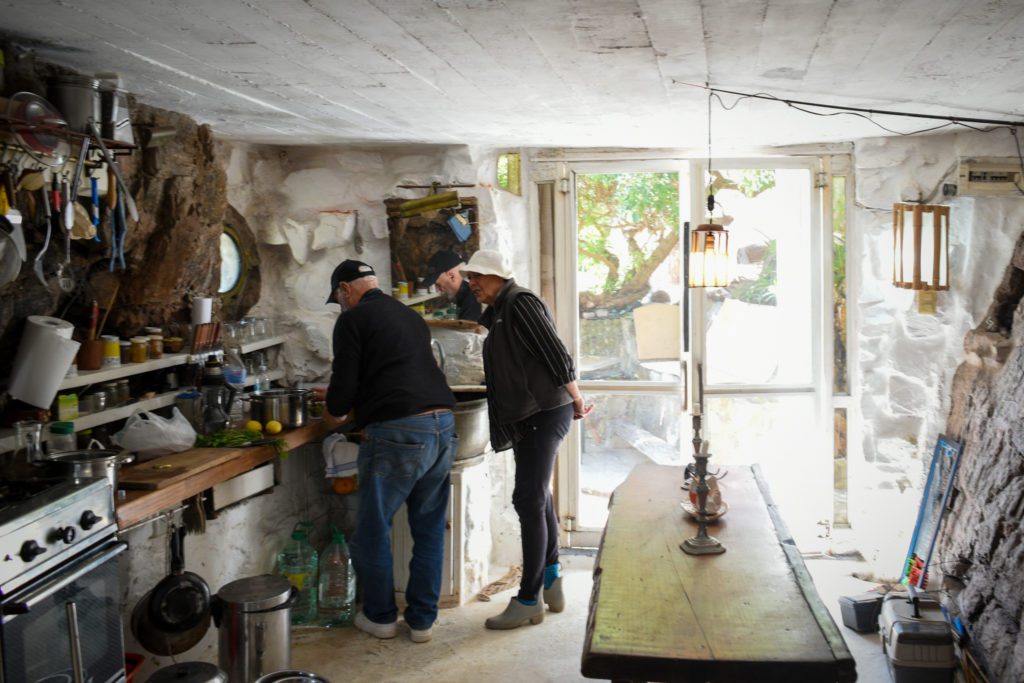

PUNTA BALLENA, Uruguay – At the age of 55, I moved into a cave on the banks of the Río de La Plata. As a plastic artist, I remodeled the cave to camouflage it amongst the rocks. Now, if someone stands outside and looks at the cave, they cannot see a house. This place – called Casa Escultura – has been designated a cultural heritage structure of Uruguay. Today, I provide tours so people can enjoy the space and the beautiful beach at Punta Ballena.
Couple buys cave from fisherman, launches unique project
Sixteen years ago, my mother sold the family house where we spent the summers in Uruguay. We bought the house when I was very young at an auction. I spent my whole life on that balcony embracing the gentle touch of the sun’s rays, a warmth that filled my soul. The view of the house gave me a reason to live, but at 55 years old, I received a notification they would sell the house. I no longer had my reprieve.
Due to my finances, I thought I may never have a place to go back to in Punta Ballena. However, when one door closes, another opens. The day we signed the sale of my mother’s house, my heartbeat slowed in my chest. Giving away part of my life left me with a pit in my stomach.
I wandered down to the river with tears falling from my eyes as I felt nature’s embrace one last time. I said my goodbyes. During those moments, a fisherman who knew me as a child approached. He reached out to touch my shoulder and asked, “What’s wrong?”
Between my sobs, I told him, “I will not be coming back to Punta Ballena anymore, this sun, this sunset… Whenever I am going through hardships, this place is what I need. I close my eyes, and picture myself here. It is the light of my life.”
He looked at me, and without much preamble, he said he would sell me his fisherman’s cave. Just like that, I bought the cave as if someone would buy the Obelisk of Argentina.
A dark cold cave becomes a home full of cultural pride
The first time I walked into the cave, nothing could be seen – no lights, water or gas installations, and no door. I kept my arms outstretched to feel the walls and textures because I had no idea how spacious it was. At the same time, the rest of my senses erupted.
The cold felt intensified, and the sounds became acute and echoed, while the smells grew stronger. I quickly became sensitive to touching the surfaces and calculated the dimensions of the space with my hands, counting long steps so as not to collide with anything. My body lived a uniquely powerful experience.
That same day I improvised a door with a grille that a friend got rid of and placed a nylon sheet up to prevent the wind from coming in. Despite the shortcomings, the first couple of days, I felt how the waves cradled me. Despite lacking most things, it was a wondrous feeling to get up and have that view that made me so happy.
Little by little, with things my friends threw away while remodeling their houses, I started putting together my home. I had to consider many possibilities. For example, the river could oxidize certain materials. I did not want to interrupt the natural structure of the cave. I had to contemplate the waves breaking against the rocks and how they could affect the construction. My ingenuity had to expand adapt the space without disturbing the natural order.
I had a month to make all the necessary arrangements. Fortunately, I did not have to sleep there every night as the new owners of my mother’s house did not move immediately. Slowly, my cave turned into a livable home.
Despite natural hazards, cave brings meaning and wonder to artist’s life
One day, along with my partner Ricardo Mylberg, we sat in the kitchen and witnessed water coming in from under the door. I felt my heart sink worrying I could find myself trapped like a prisoner against the wall. We sped upstairs to take refuge for the night. The next day we realized rocks blocked the entrance leading to the ground floor. We felt relief.
Often, we catch sight of gigantic storms, where the lightning draws different shapes. Other nights, we see a sky full of fireworks and stars. It is a privilege to experience such demonstrations of immensity. One day, the river washed ashore a gift, the most meaningful object in the whole house: a heart-shaped stone. Today, it decorates the original structure and reminds me of how wonderful nature is.
After 14 years of living in the cave, we received a trial notice from the mayor’s administration. We had a document for the ‘possessory rights’ we signed the day we bought our cave for 1500 dollars, giving guarantees that it was in good faith and I didn’t want to own the property. I simply wanted to be able to live in it to enjoy it. That tiny piece of paper ensured justice. While the property belonged to the administration, we could take care of it and enjoy it on a “loan” basis.
The trial lasted 10 years. Since then, we moved nearby but remain caretakers of our cave to contribute to the culture of Uruguay with art workshops, photography, painting, and sculpture exhibitions. We also provide tours of the cave so people can enjoy the wonderful experience of hearing the river lull them while they drink mate.
Once again, life invites me at the age of 71 to artistically think of new ways to give unique experiences to visitors to Punta Ballena beach. Though 16 years ago, I thought I would see Punta Bellena for the last time, I continue to take advantage of its beauty.
All photos courtesy of Sabrina Ramirez. Story written by Carolina Ana Leguizamón.










